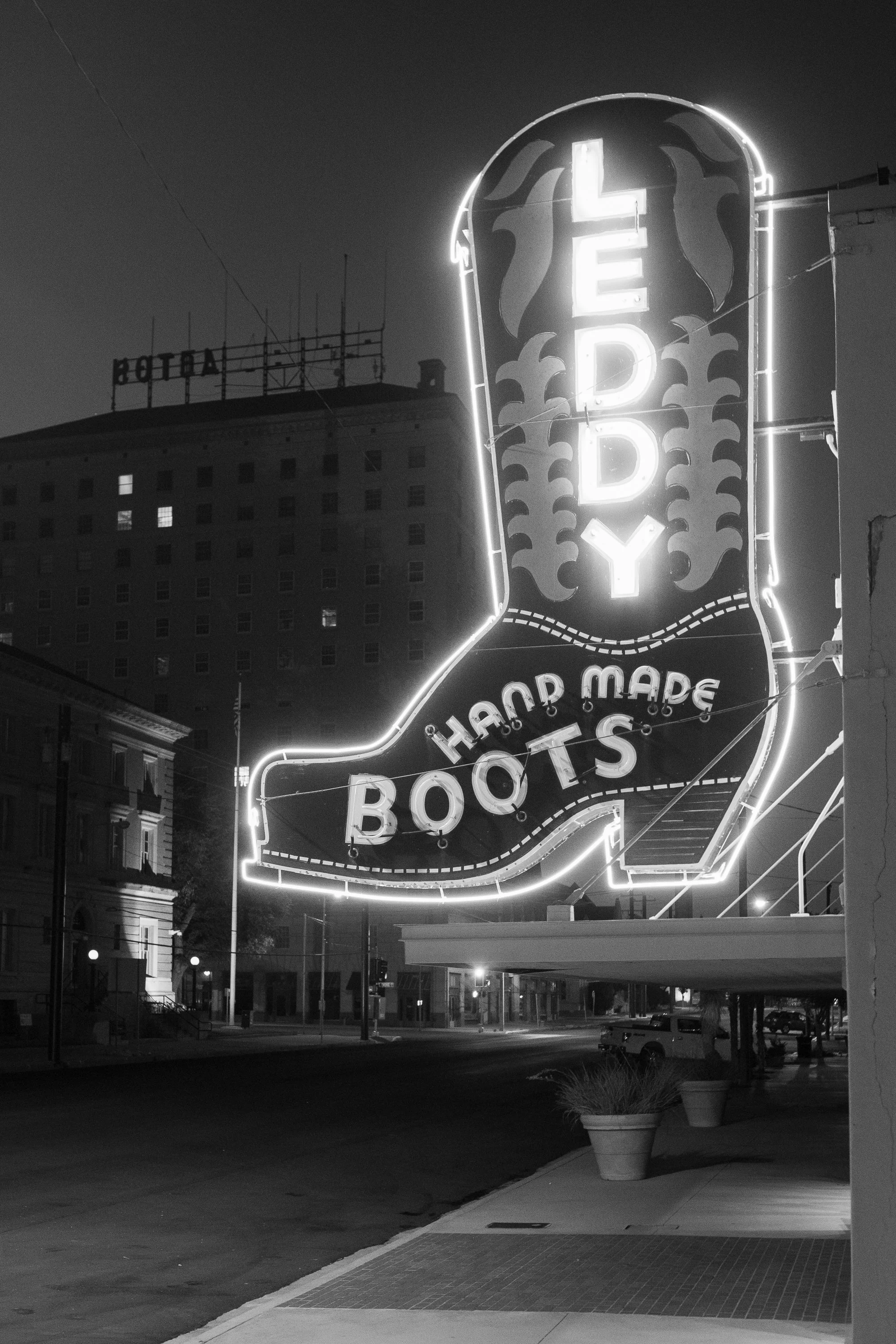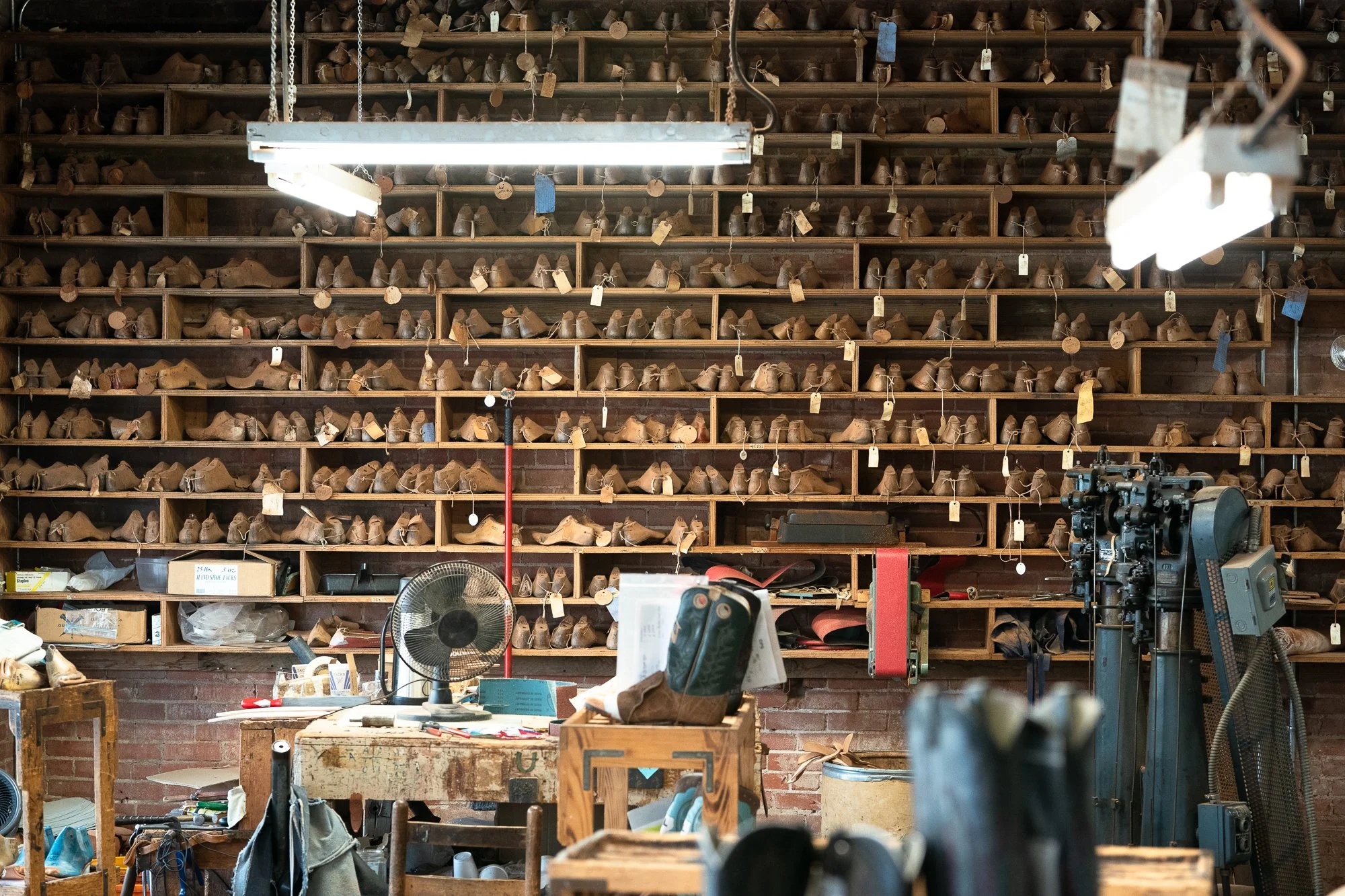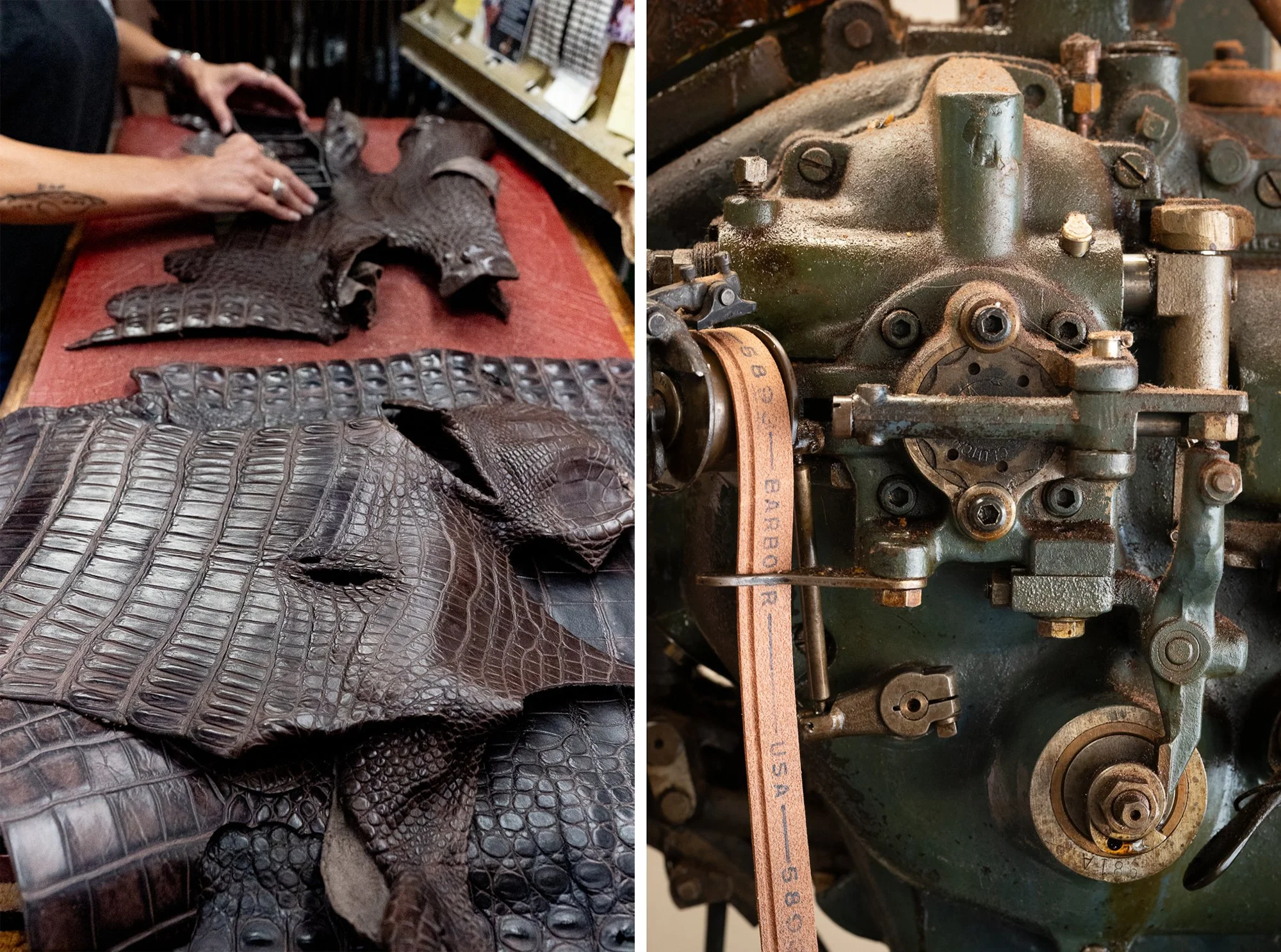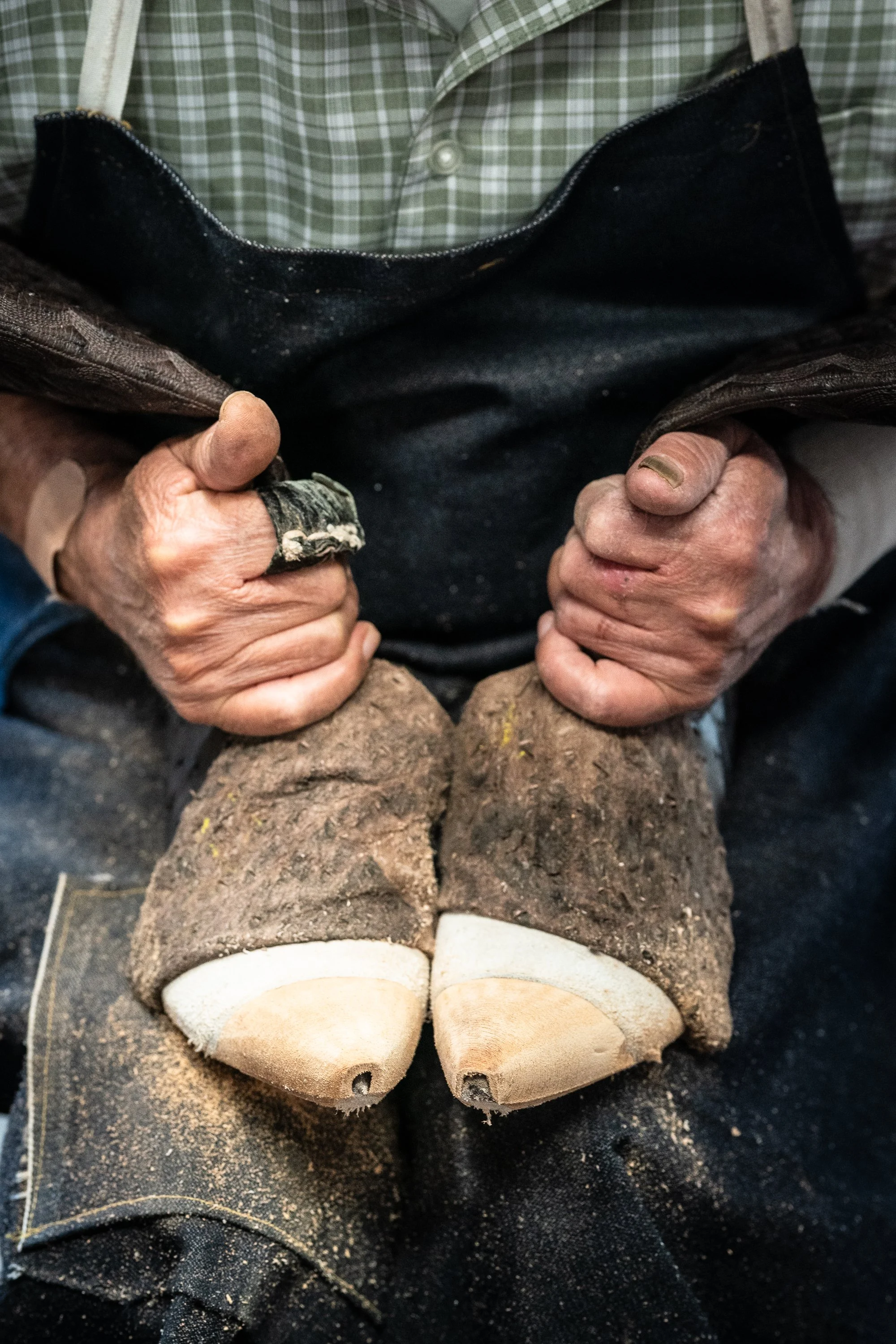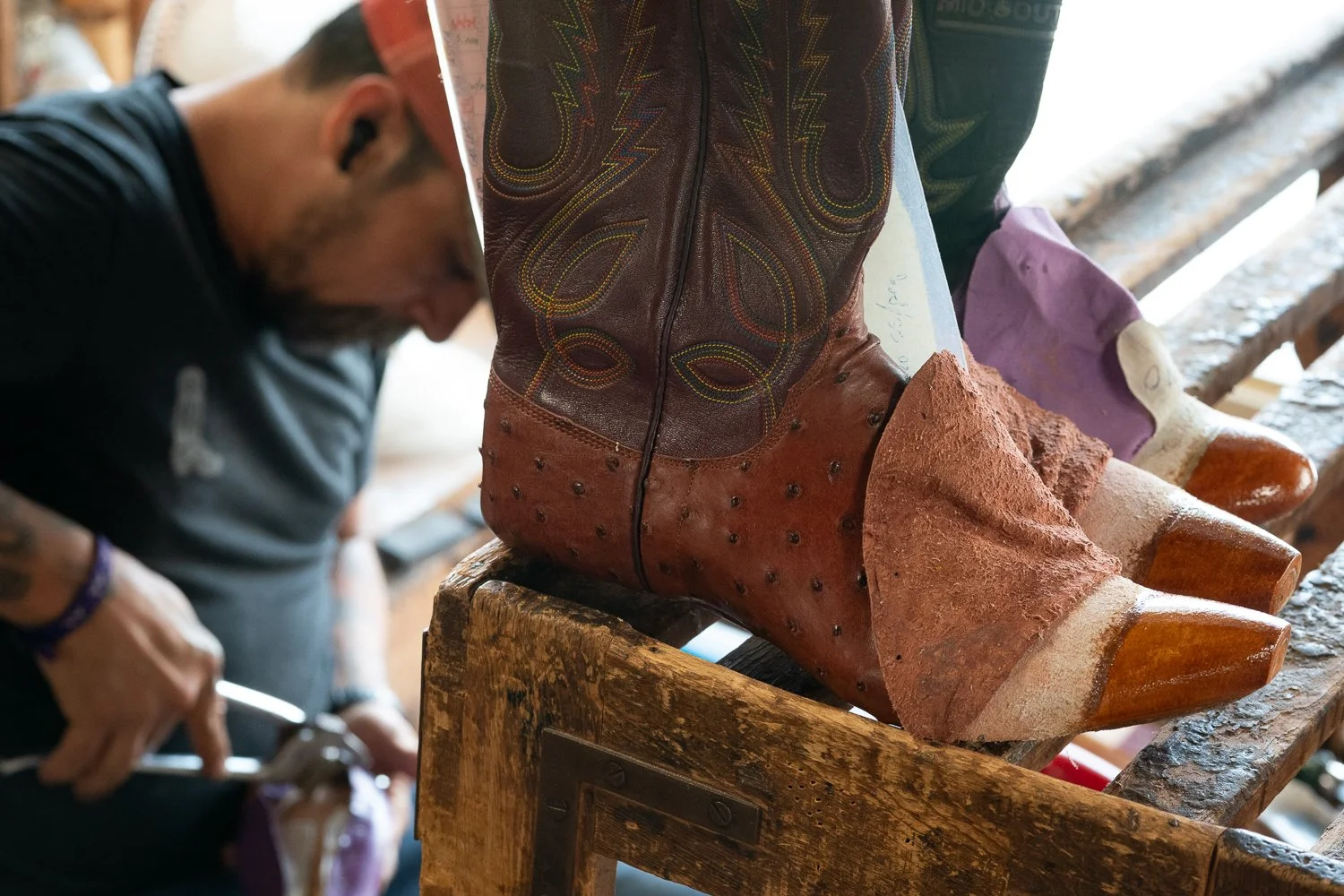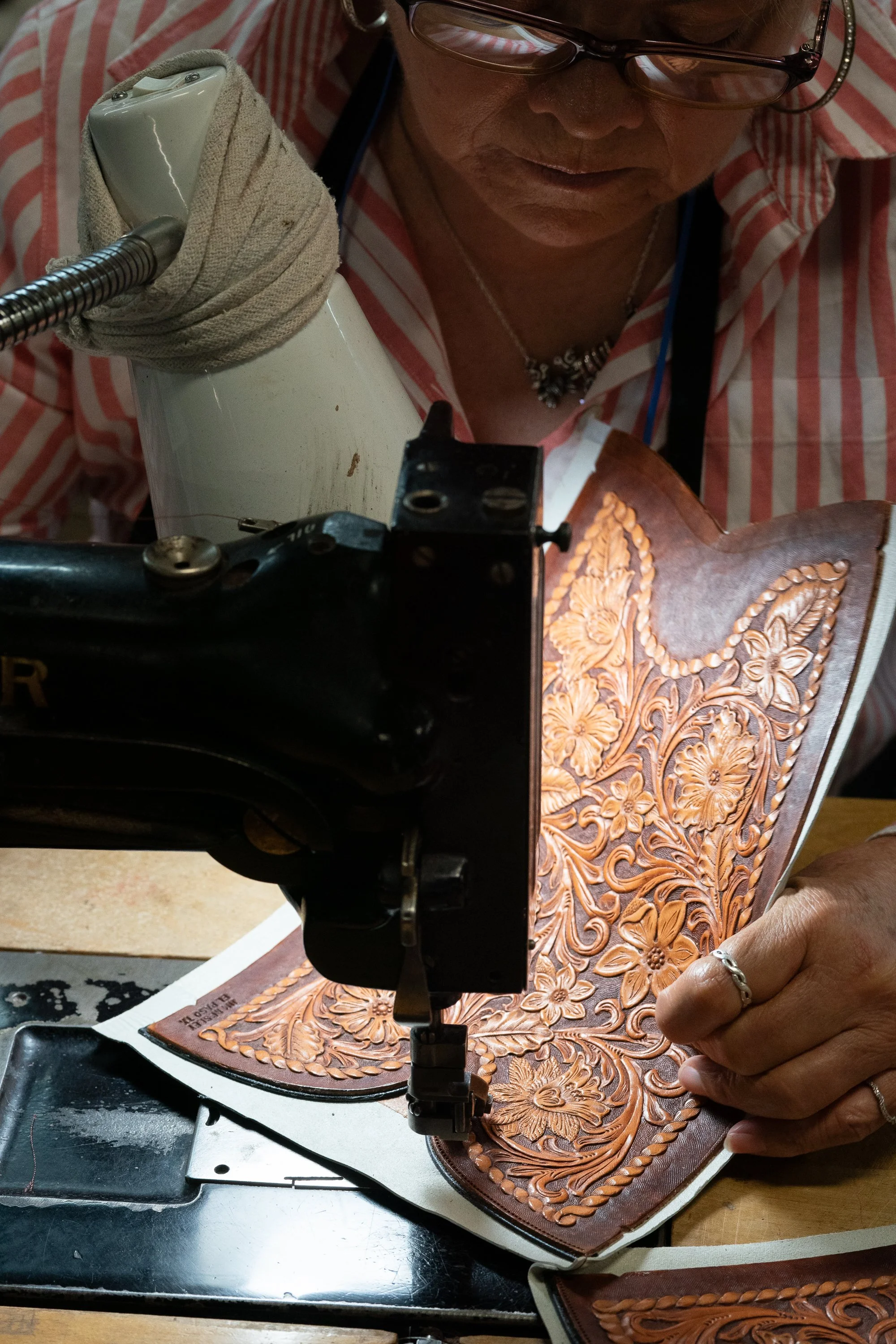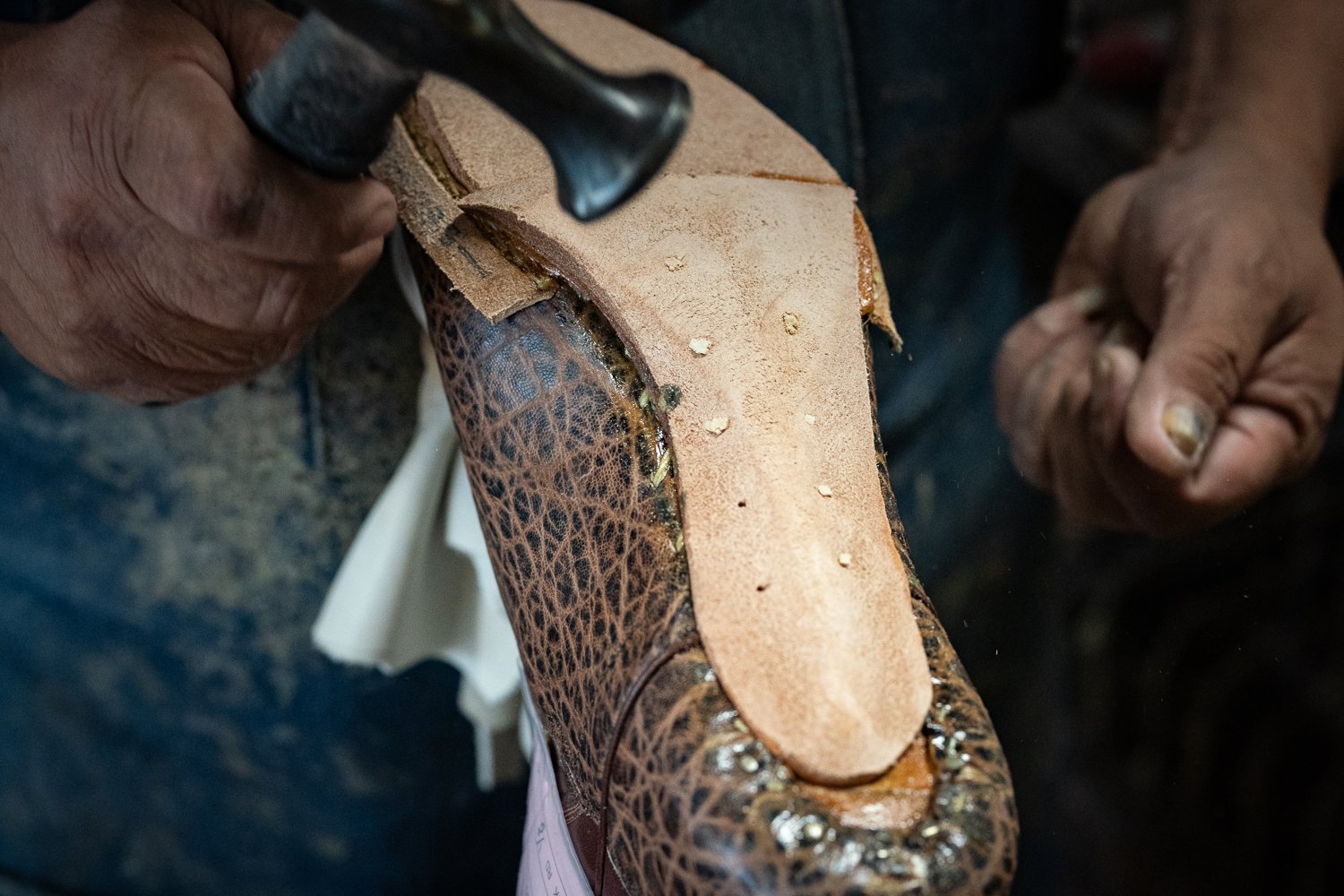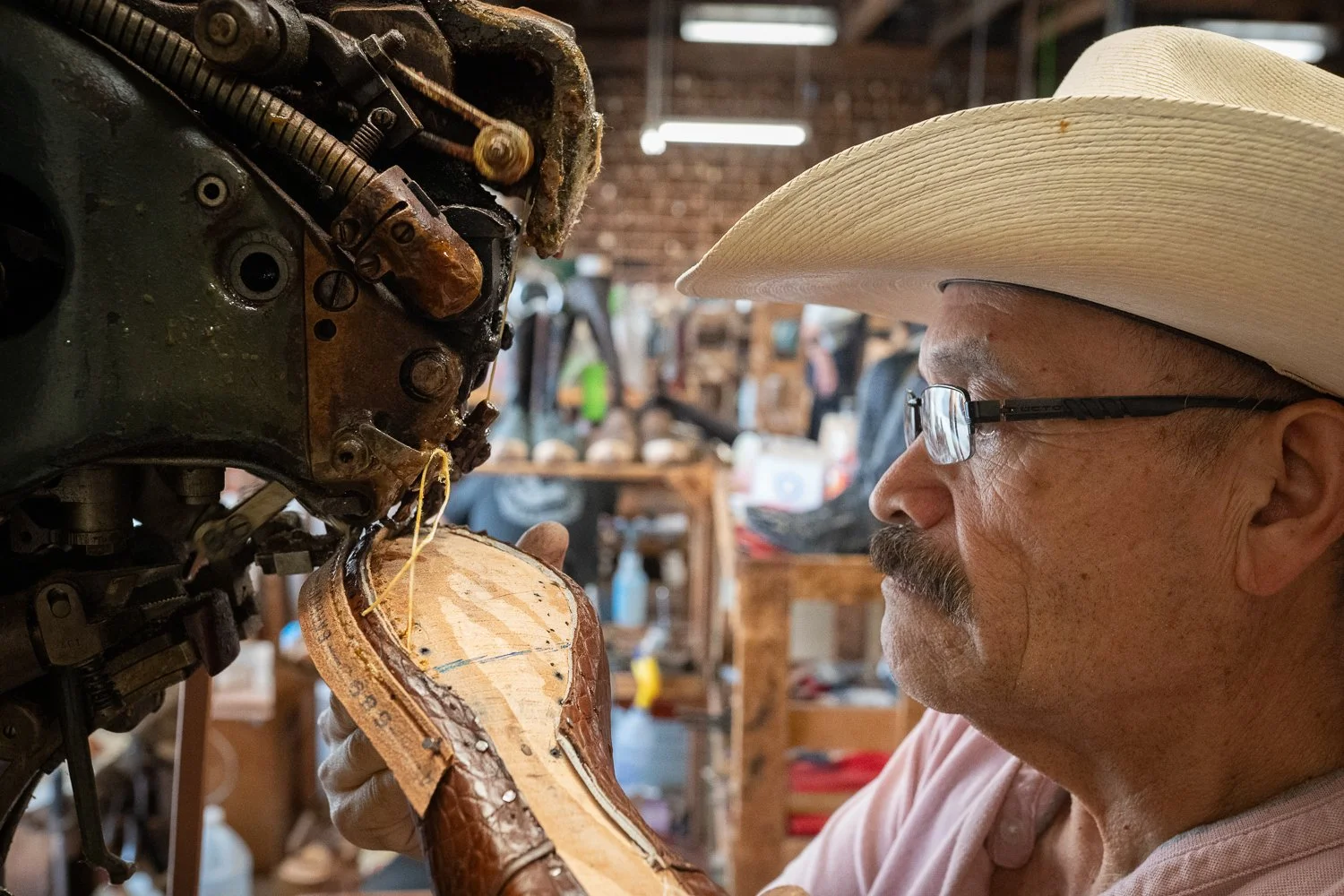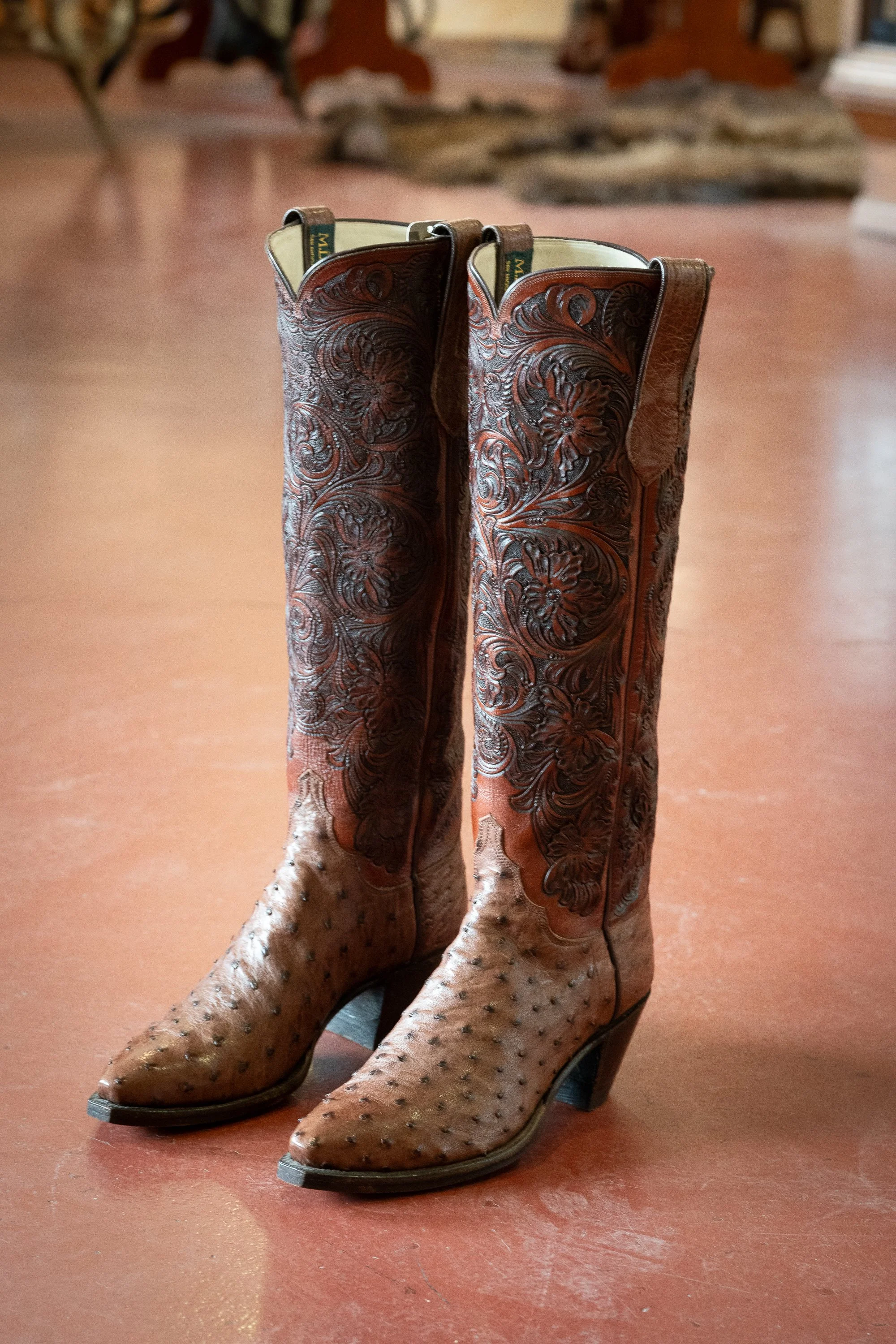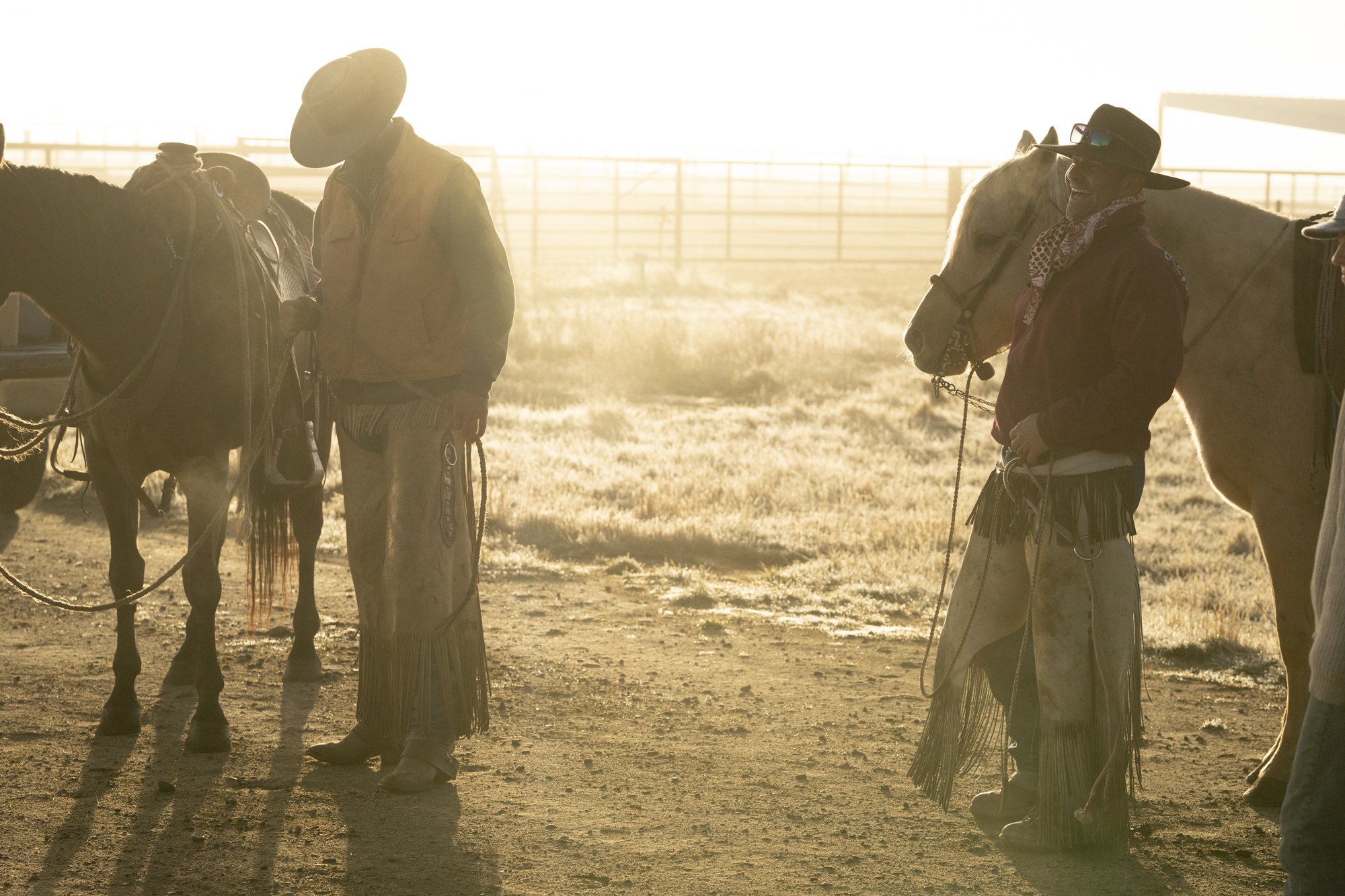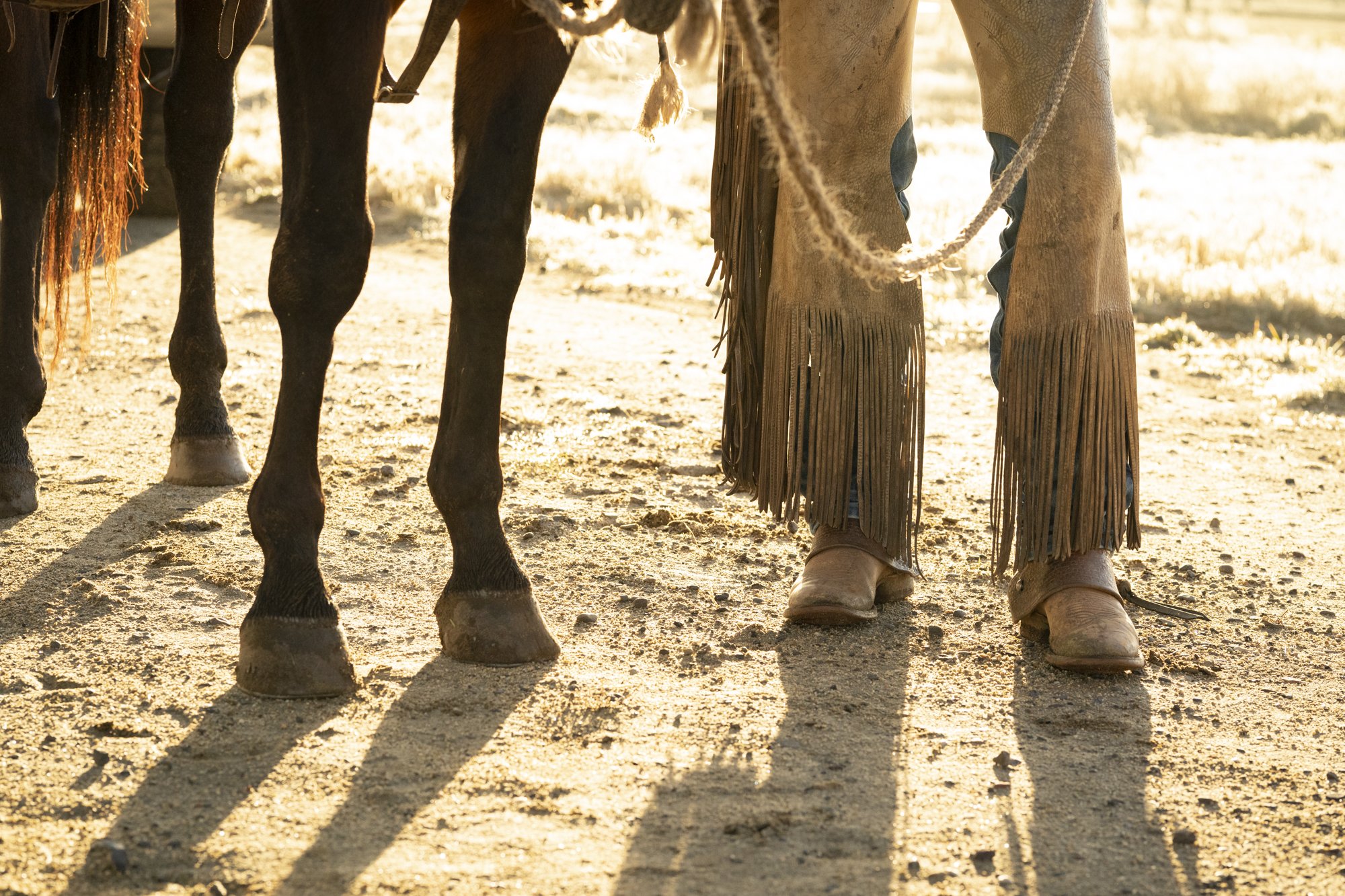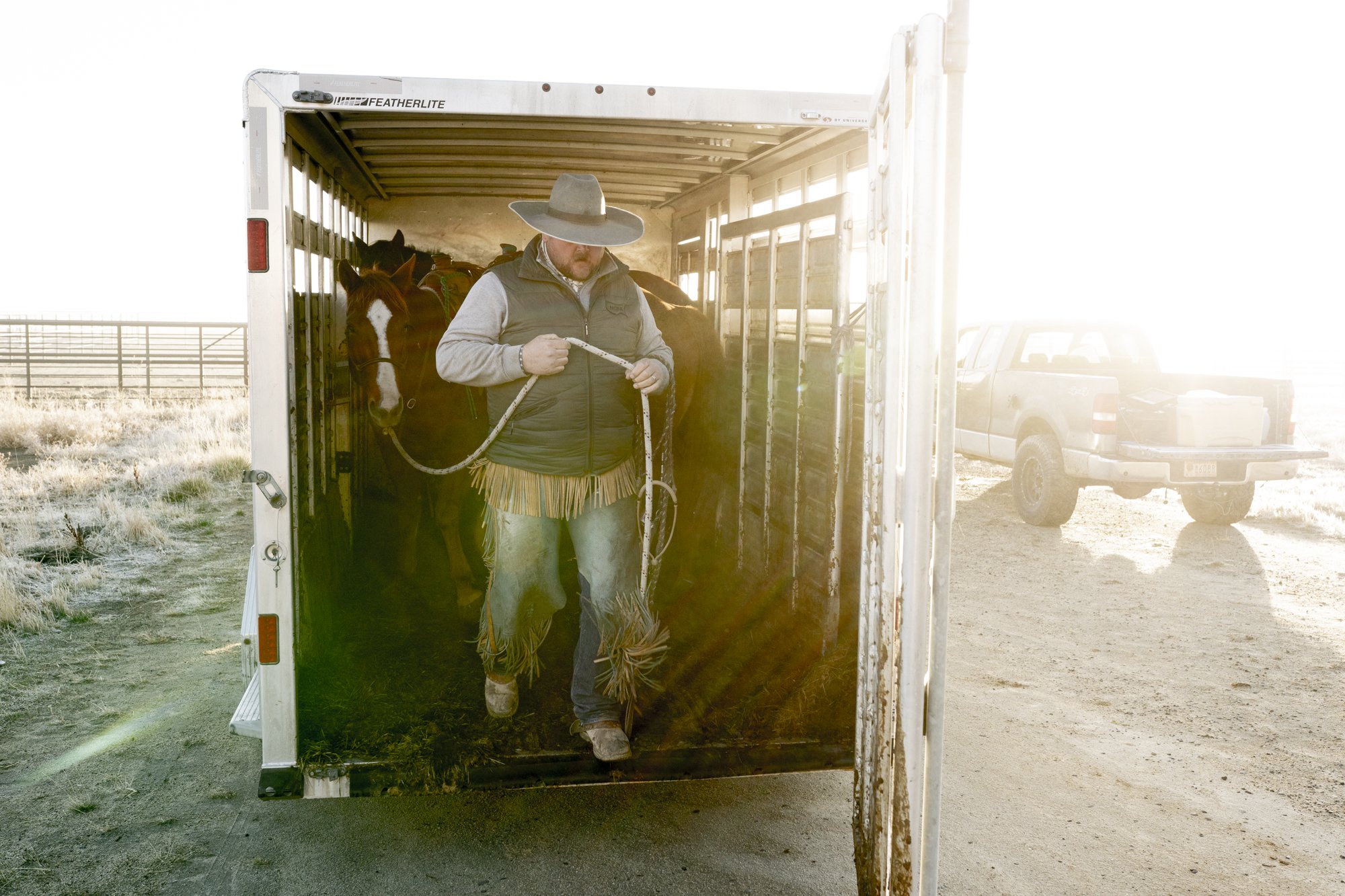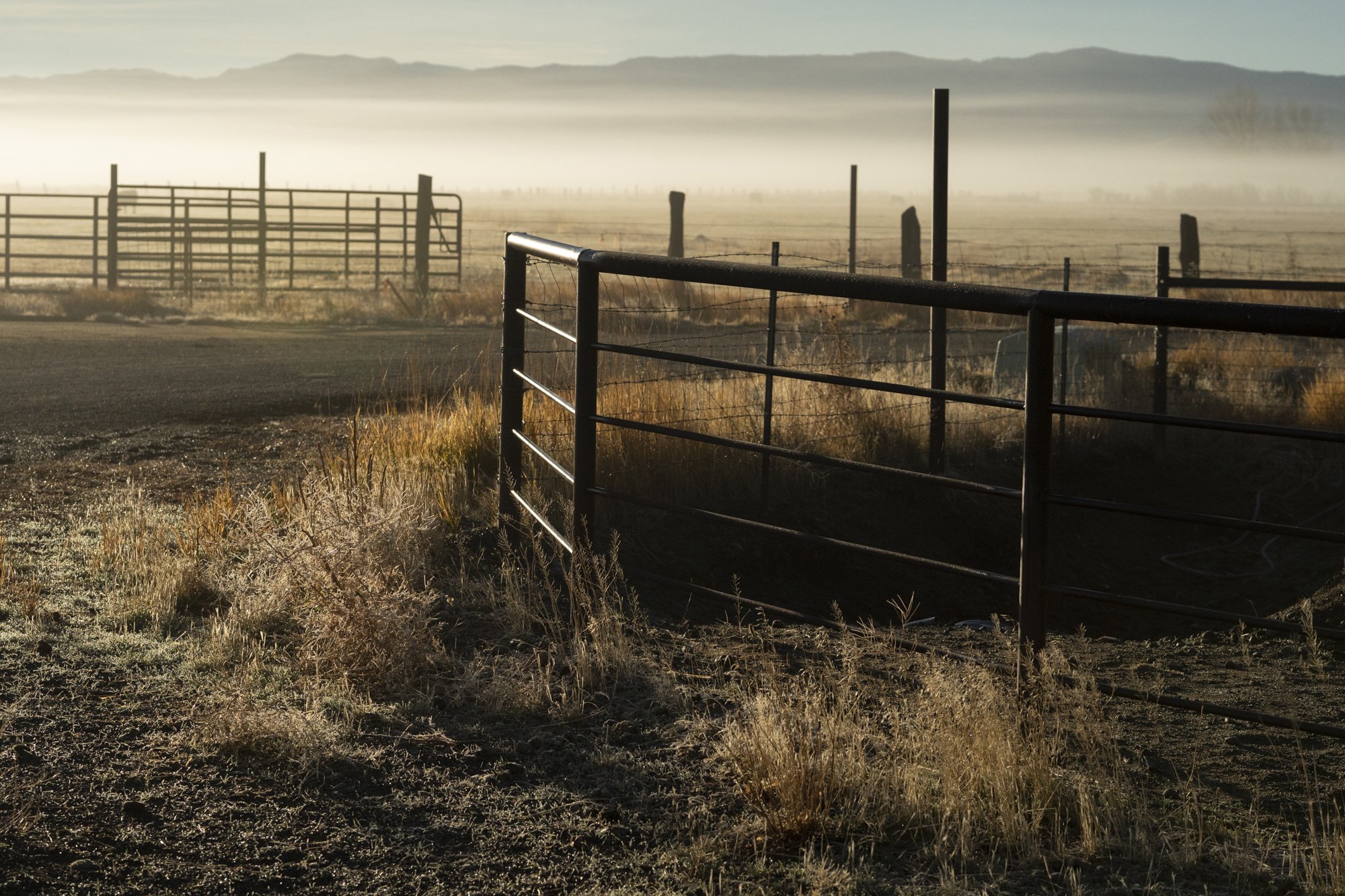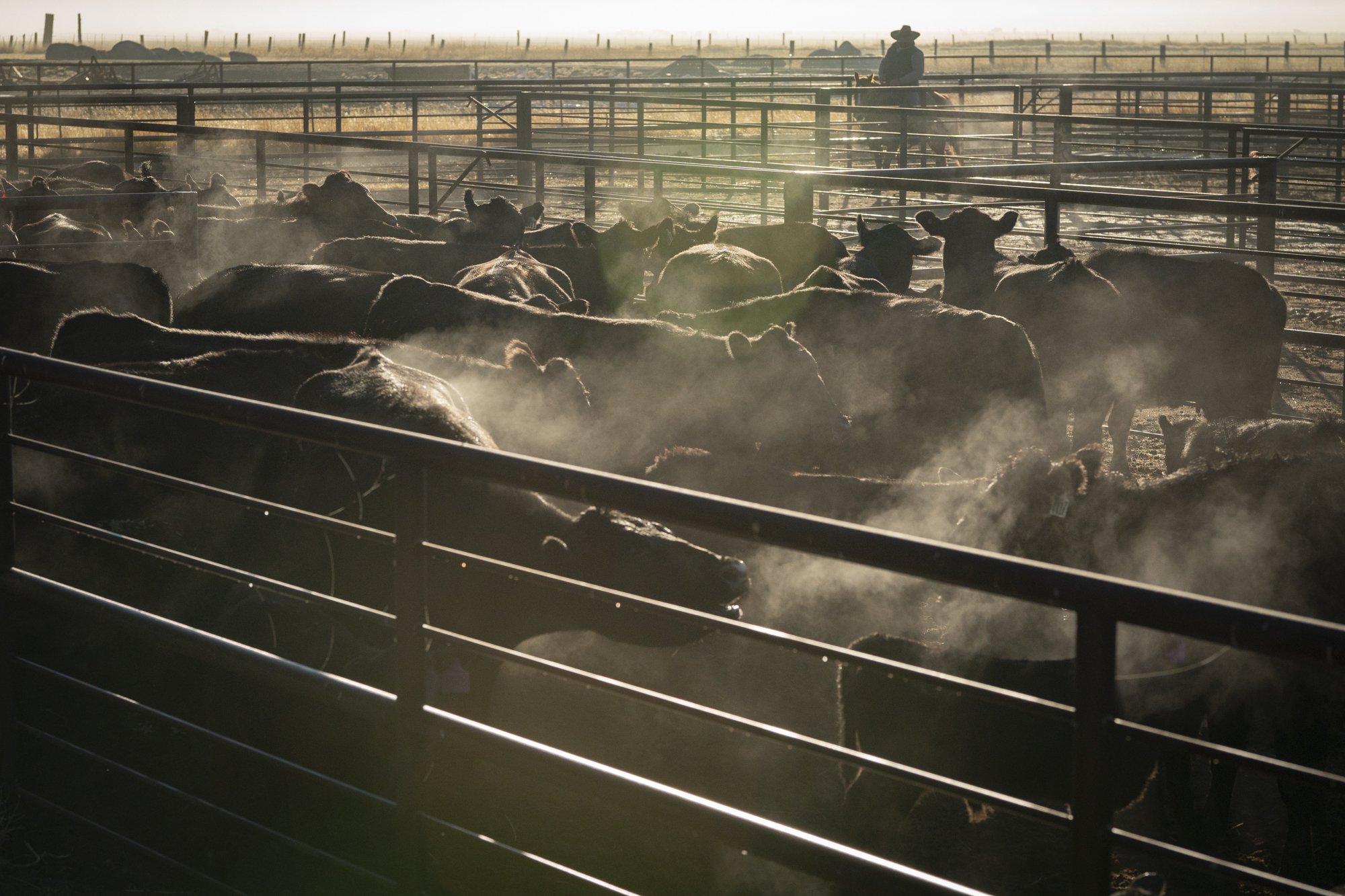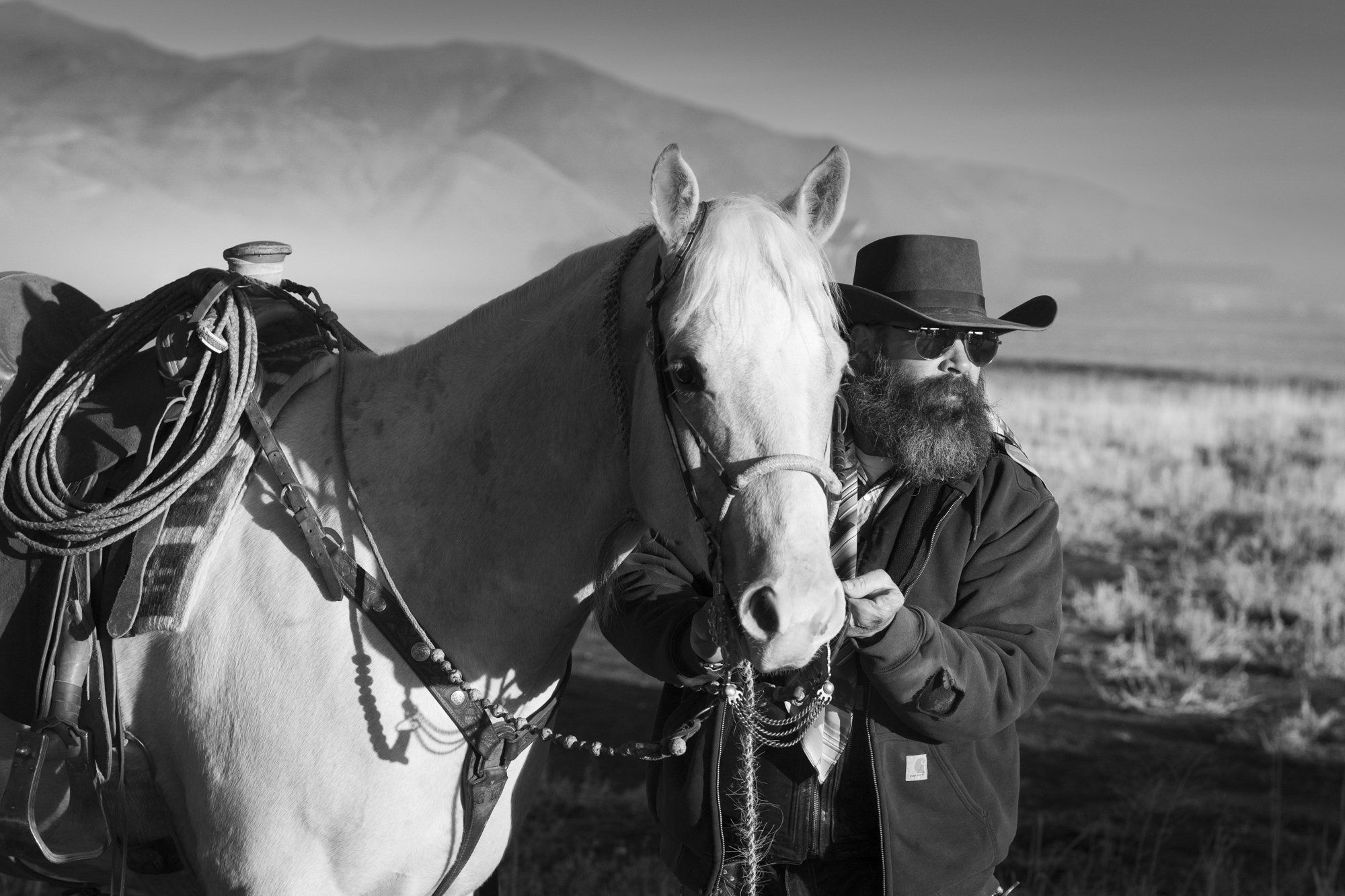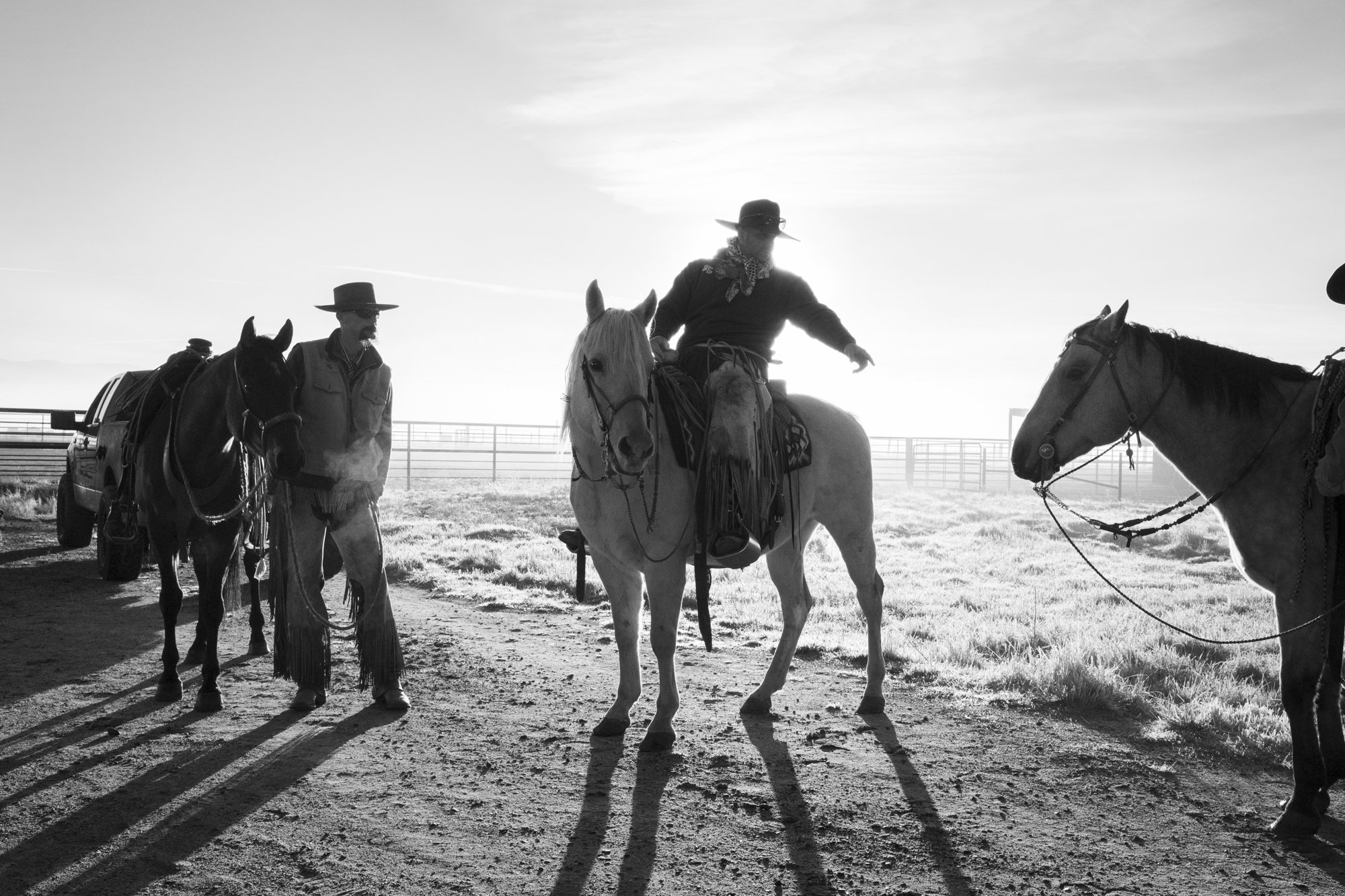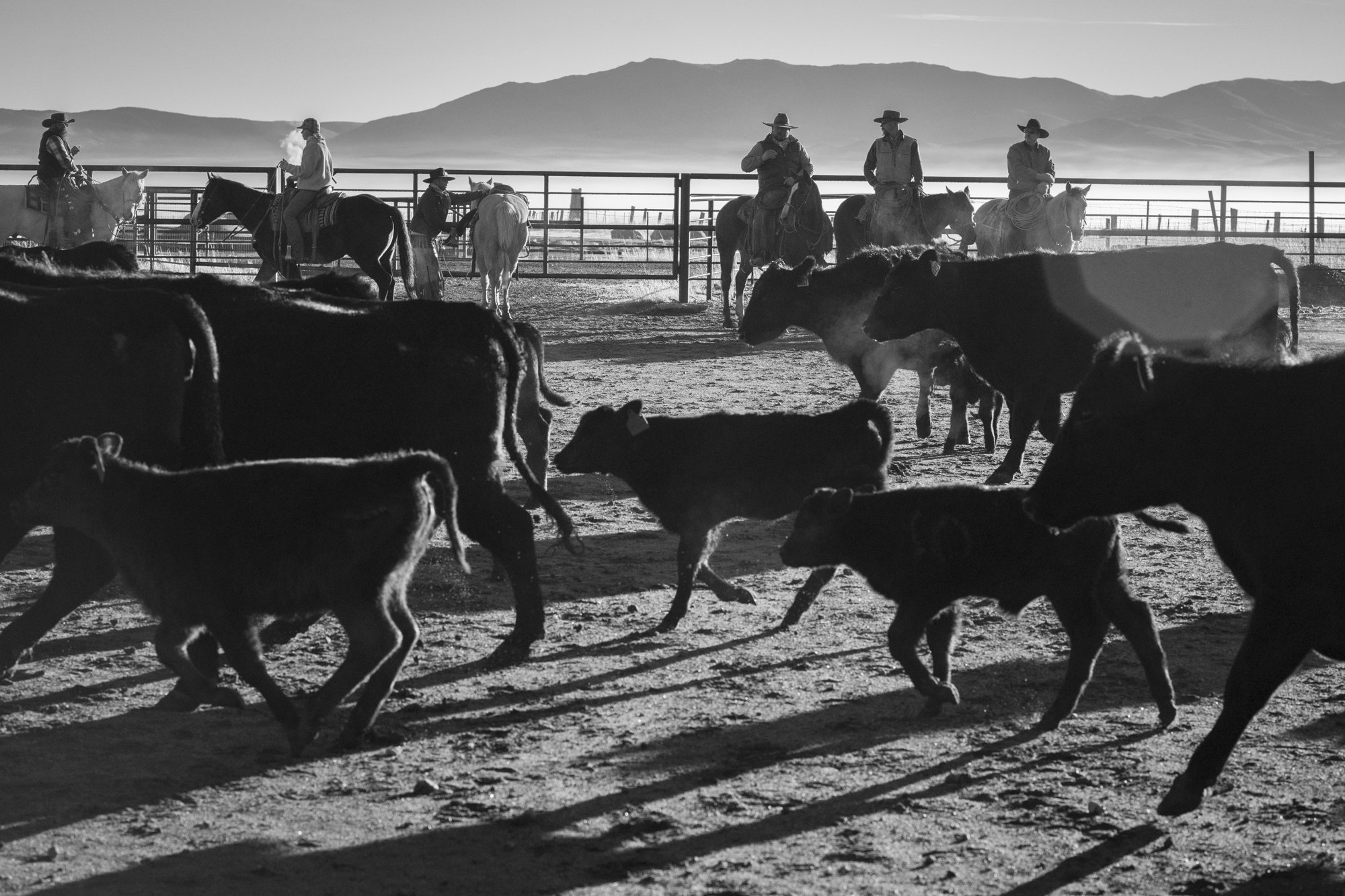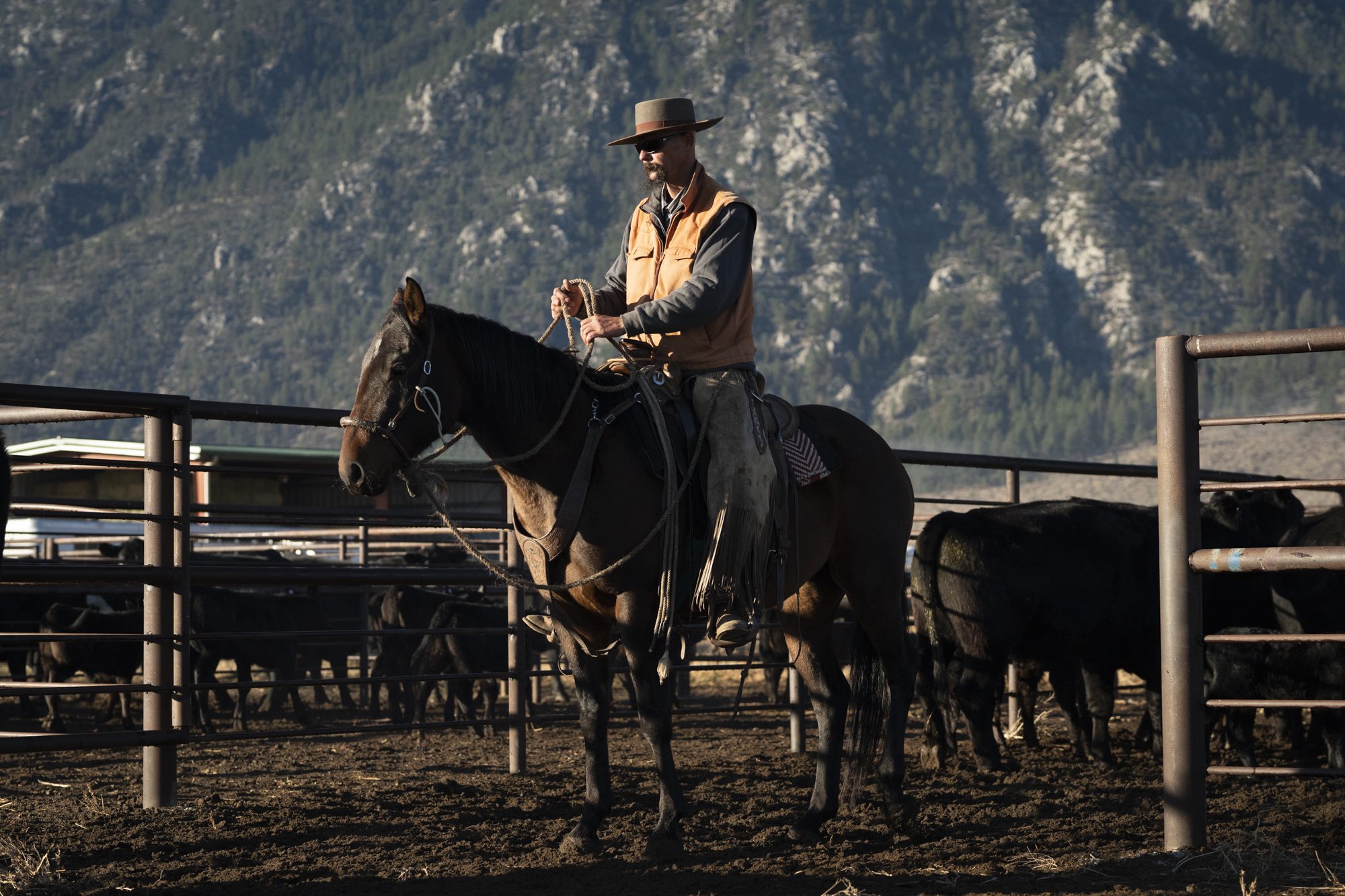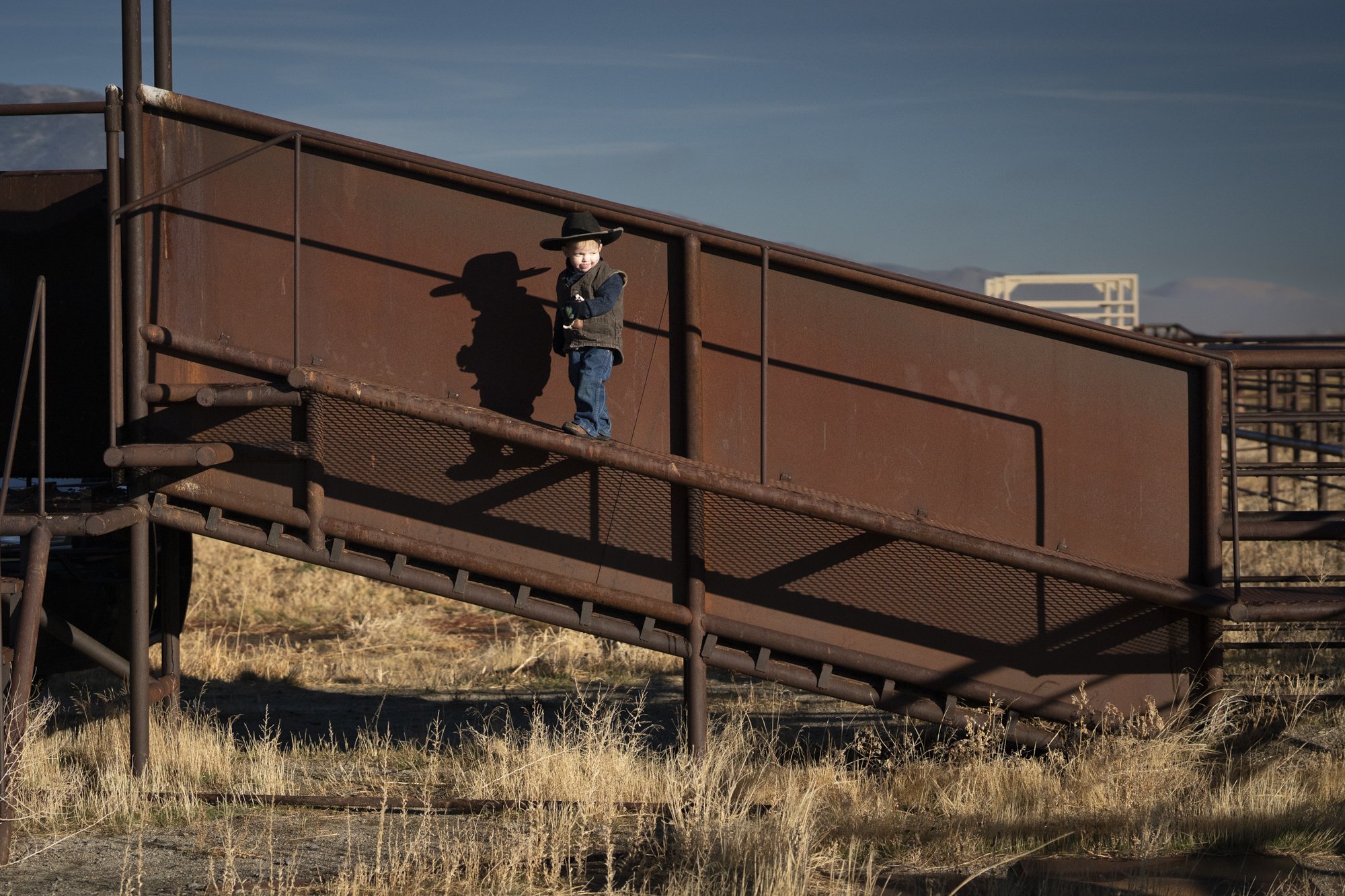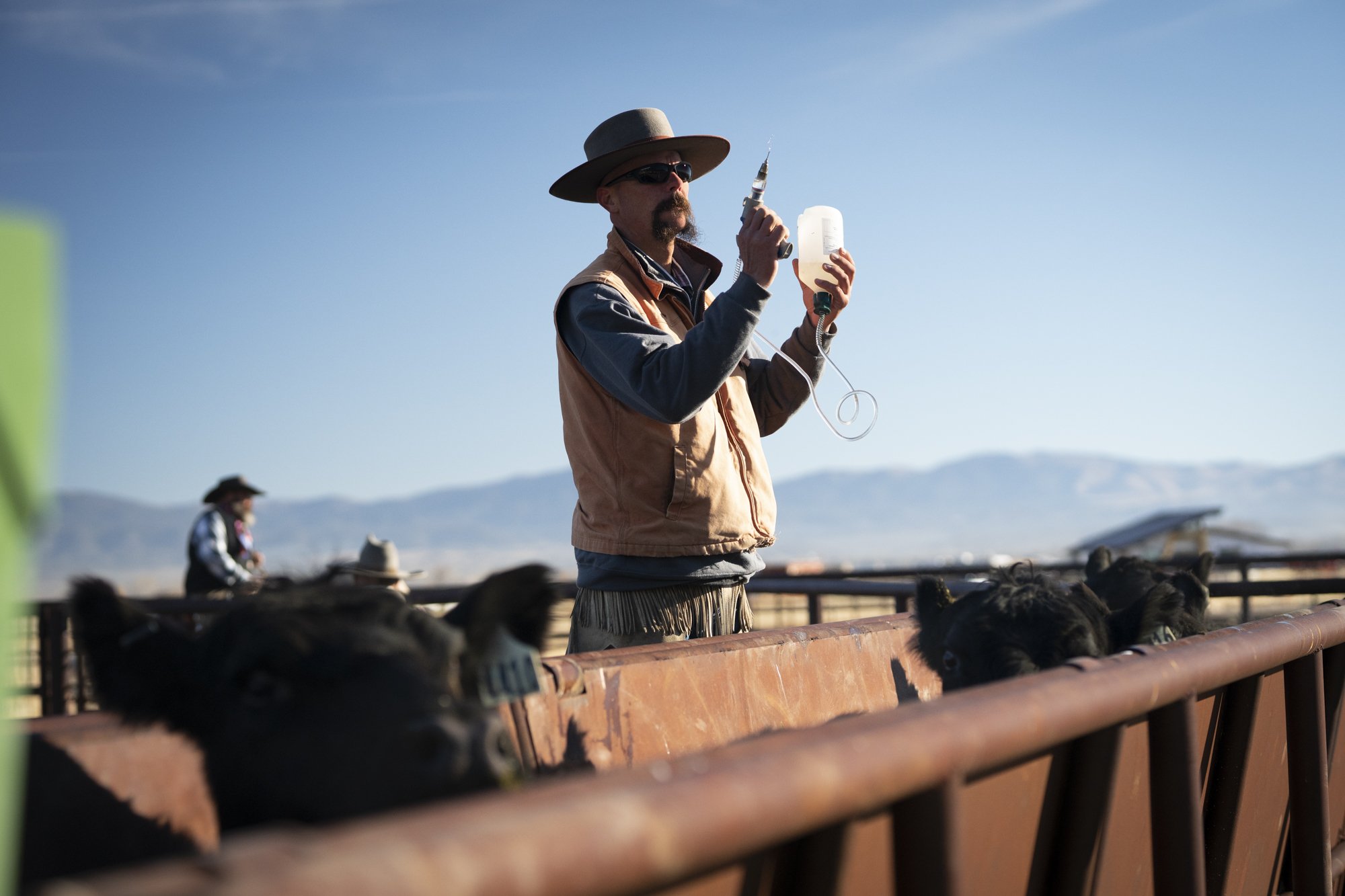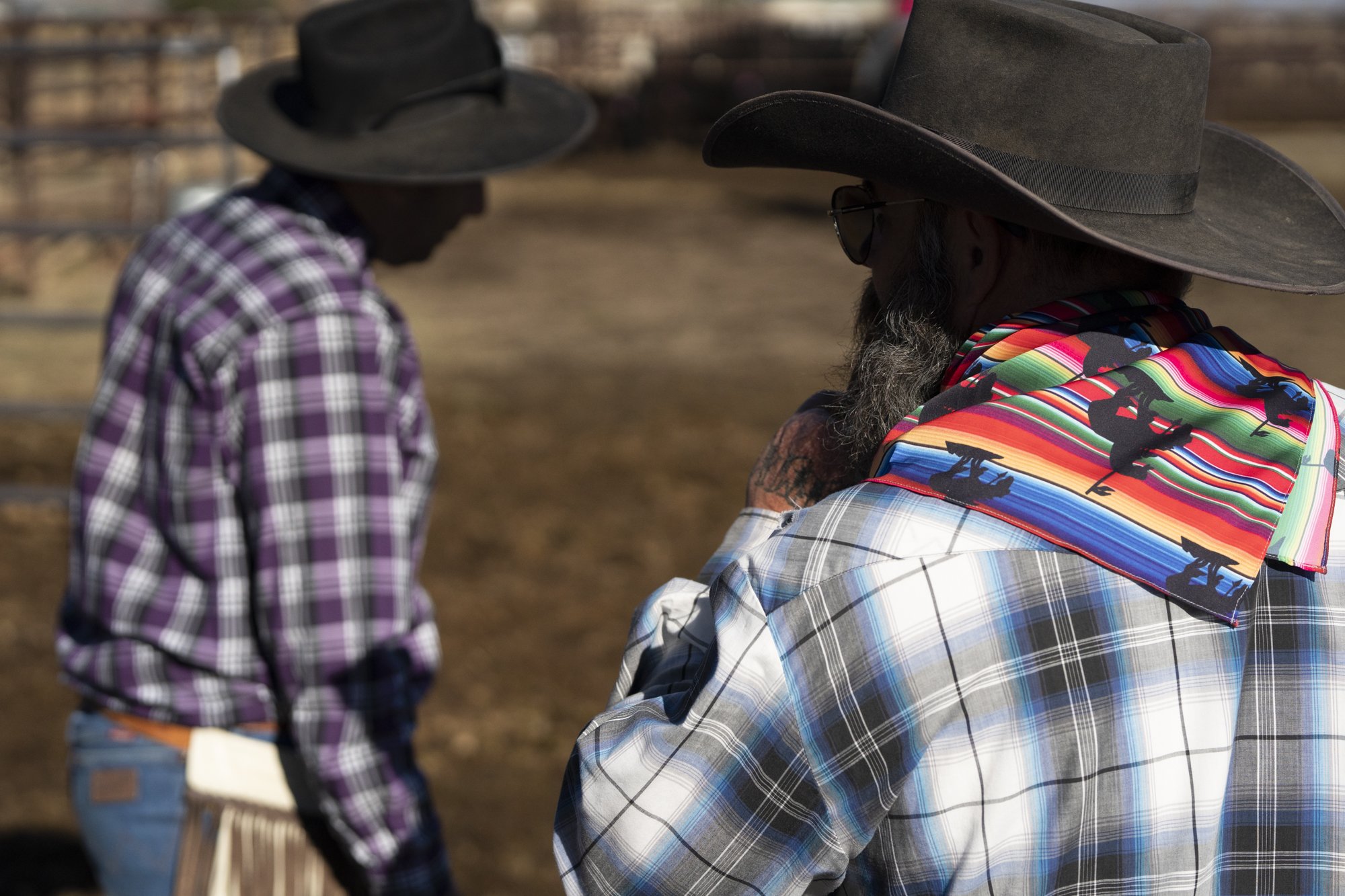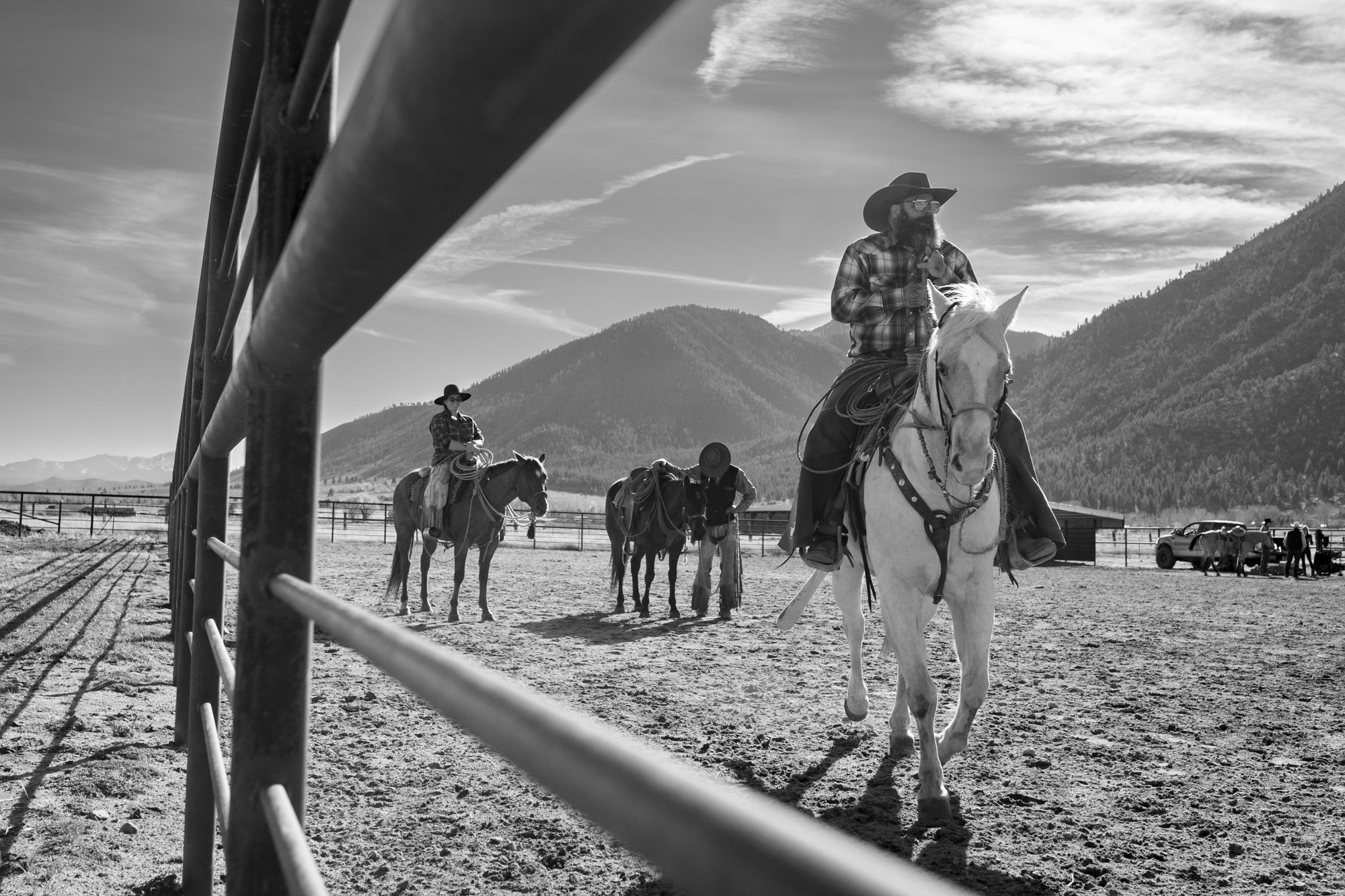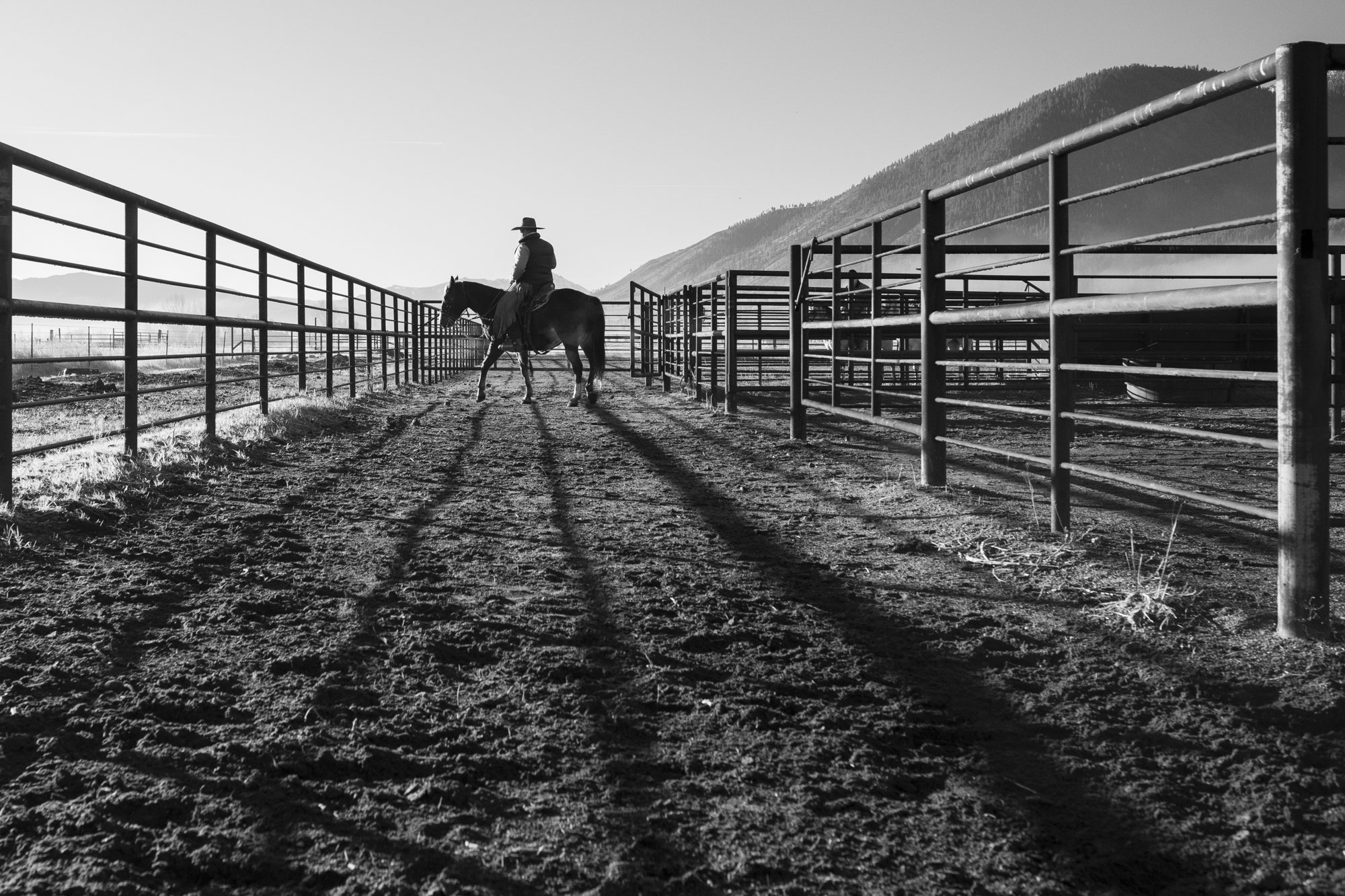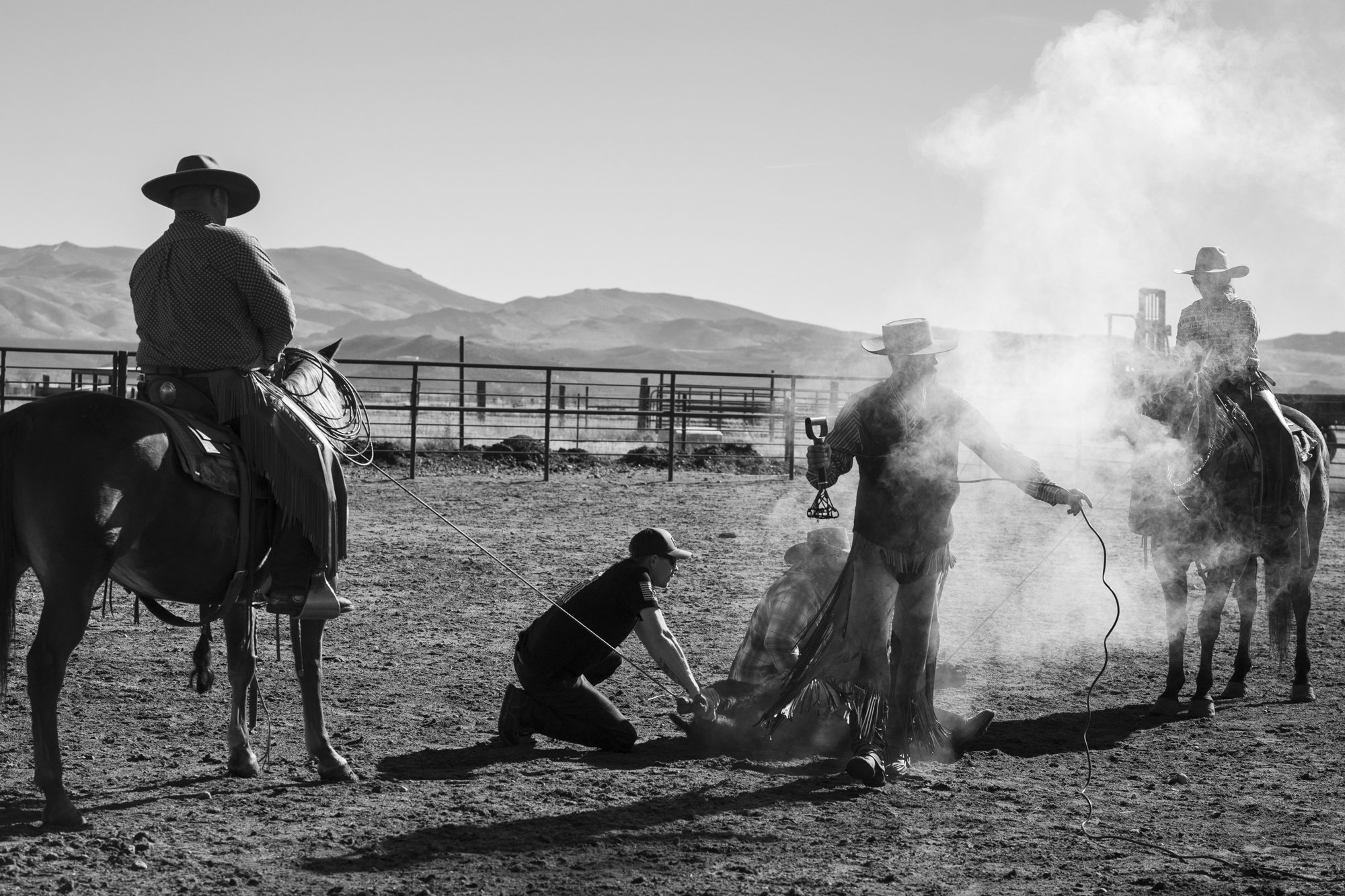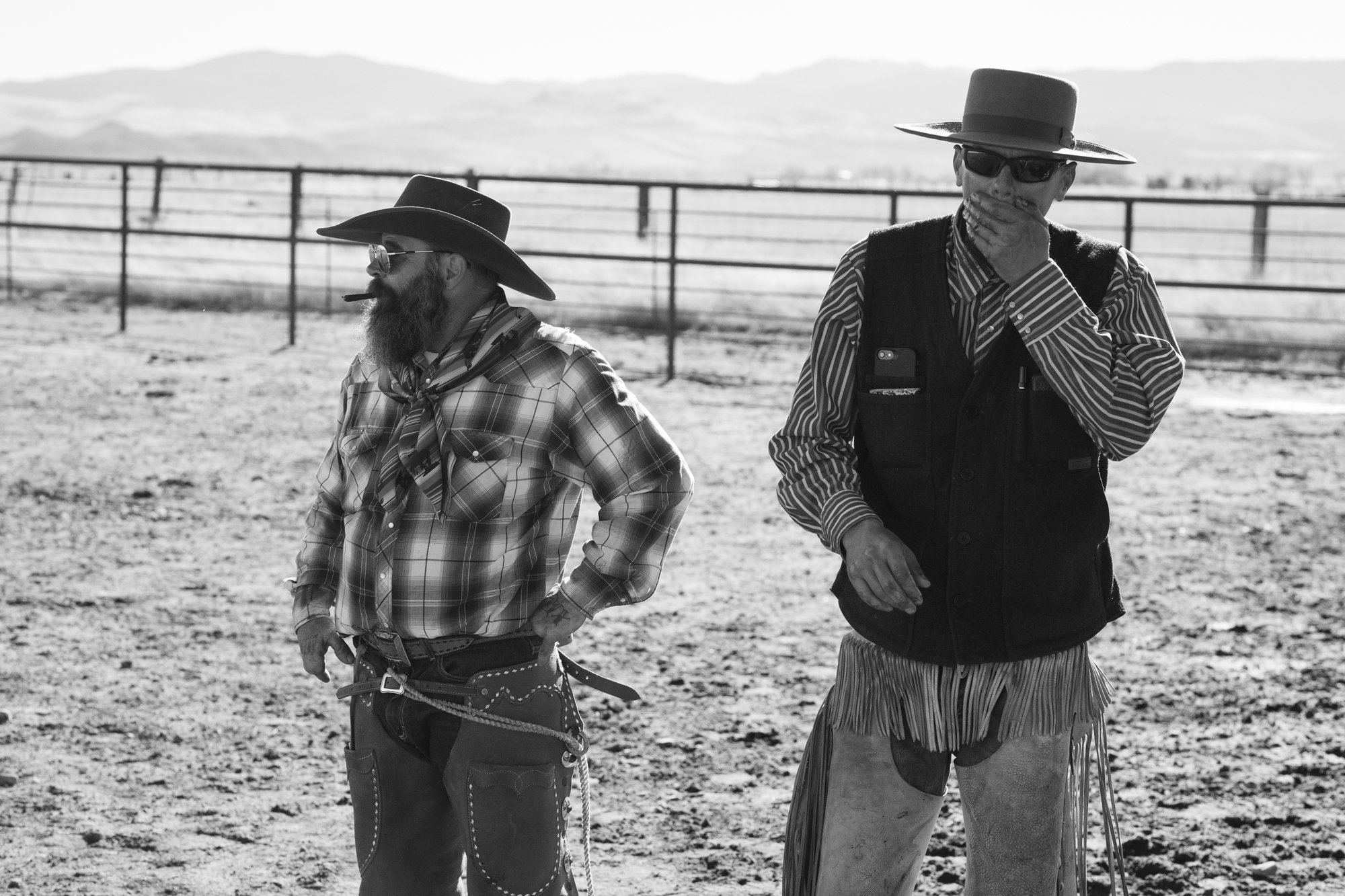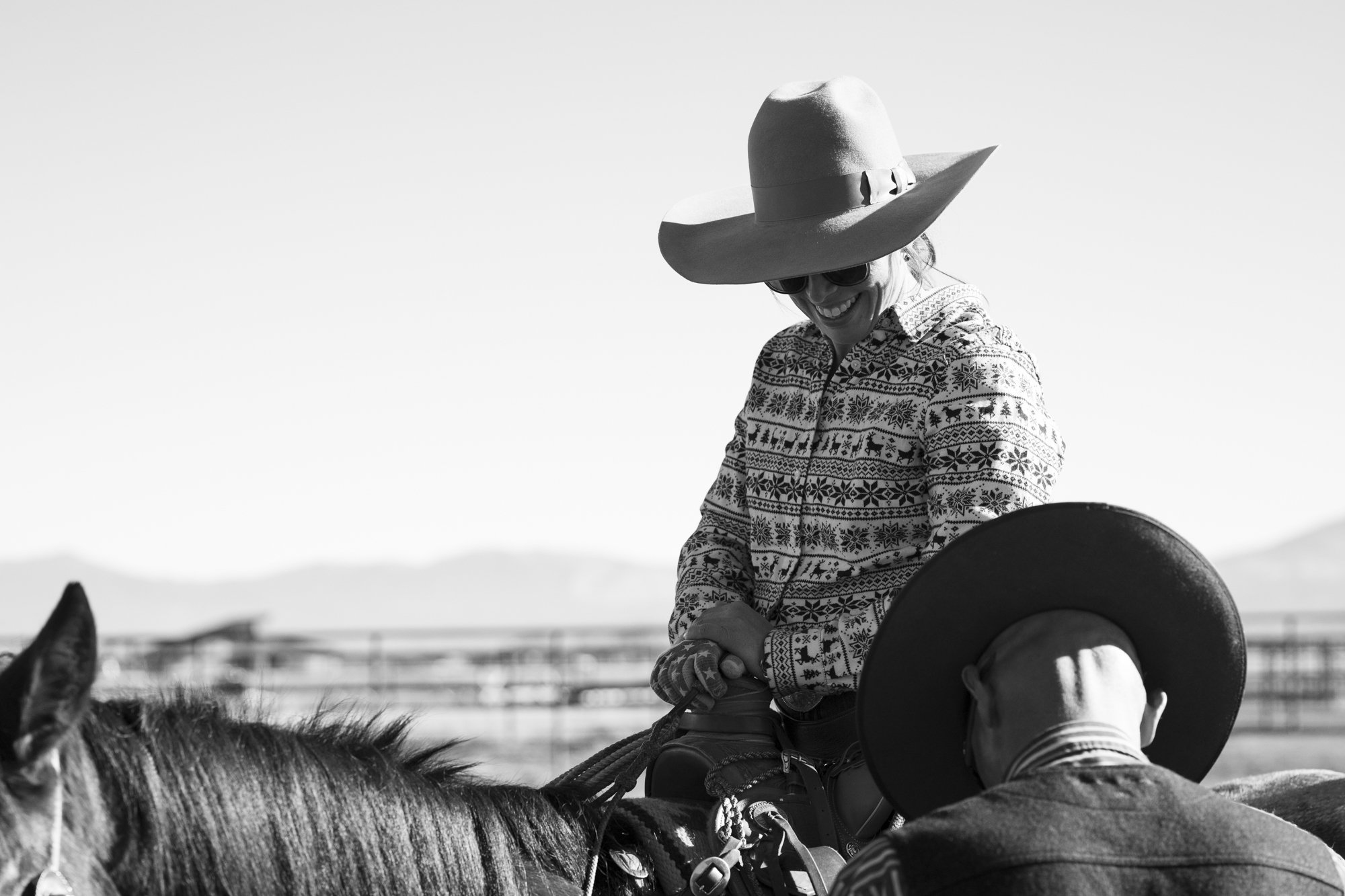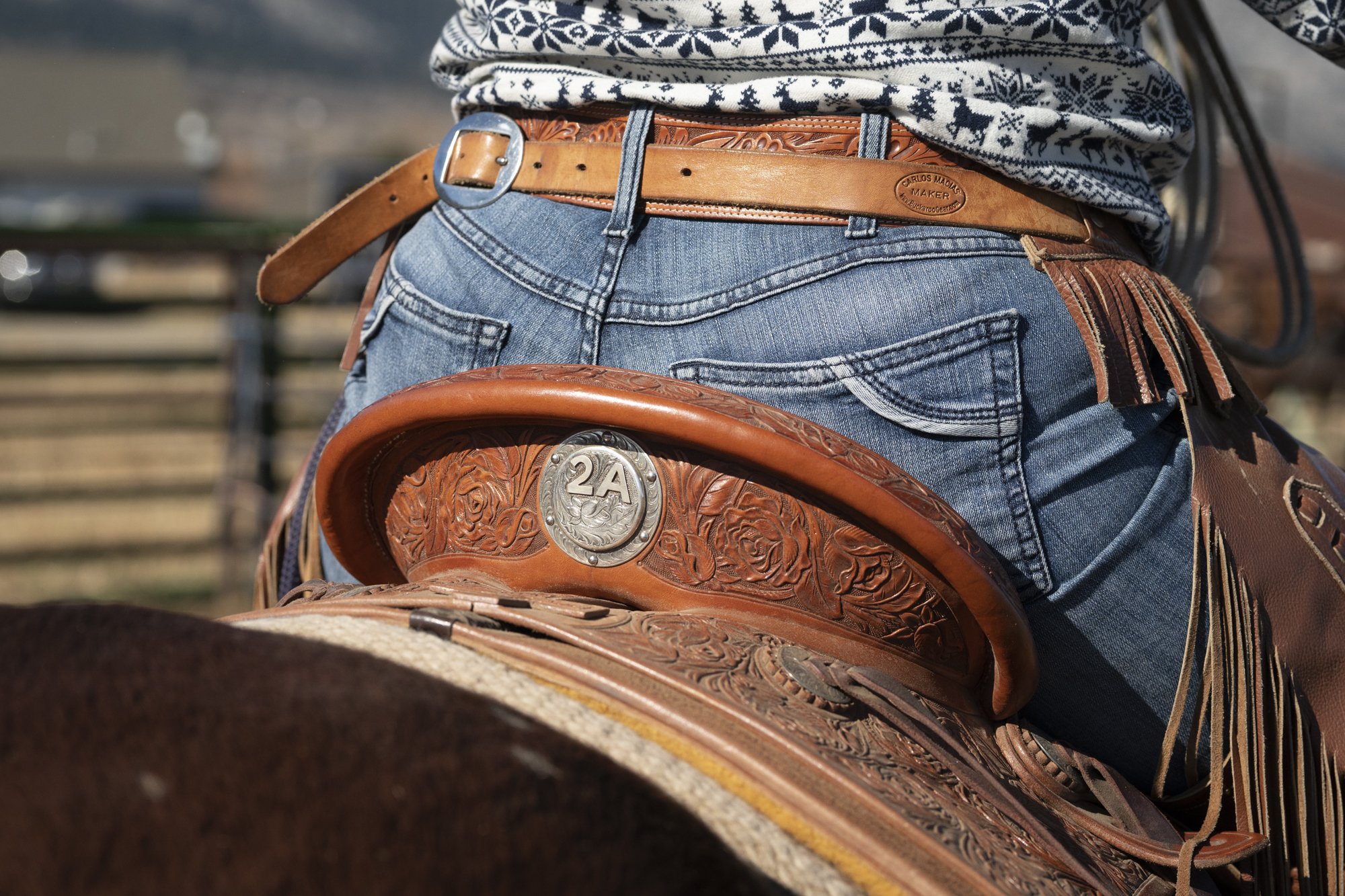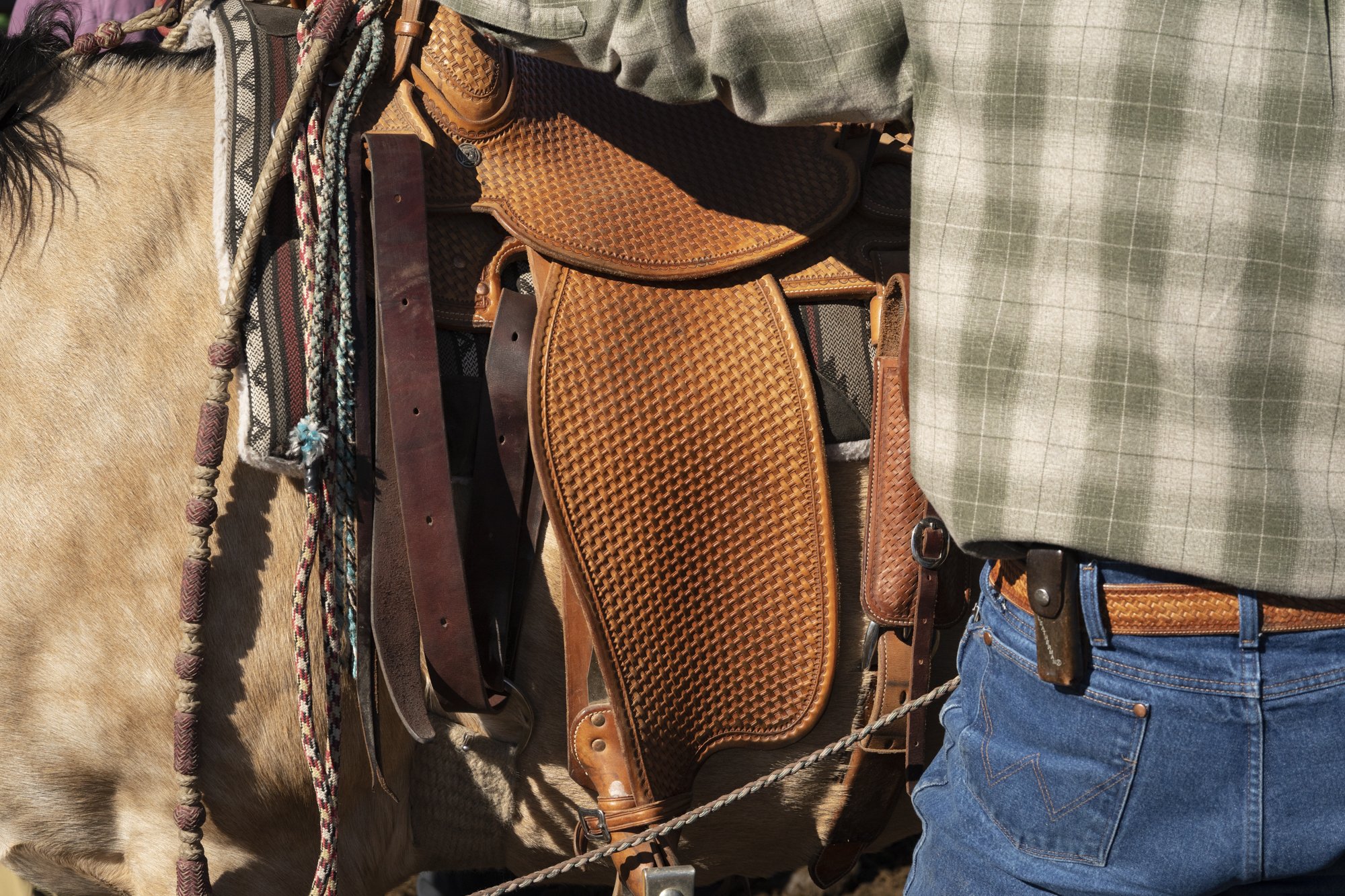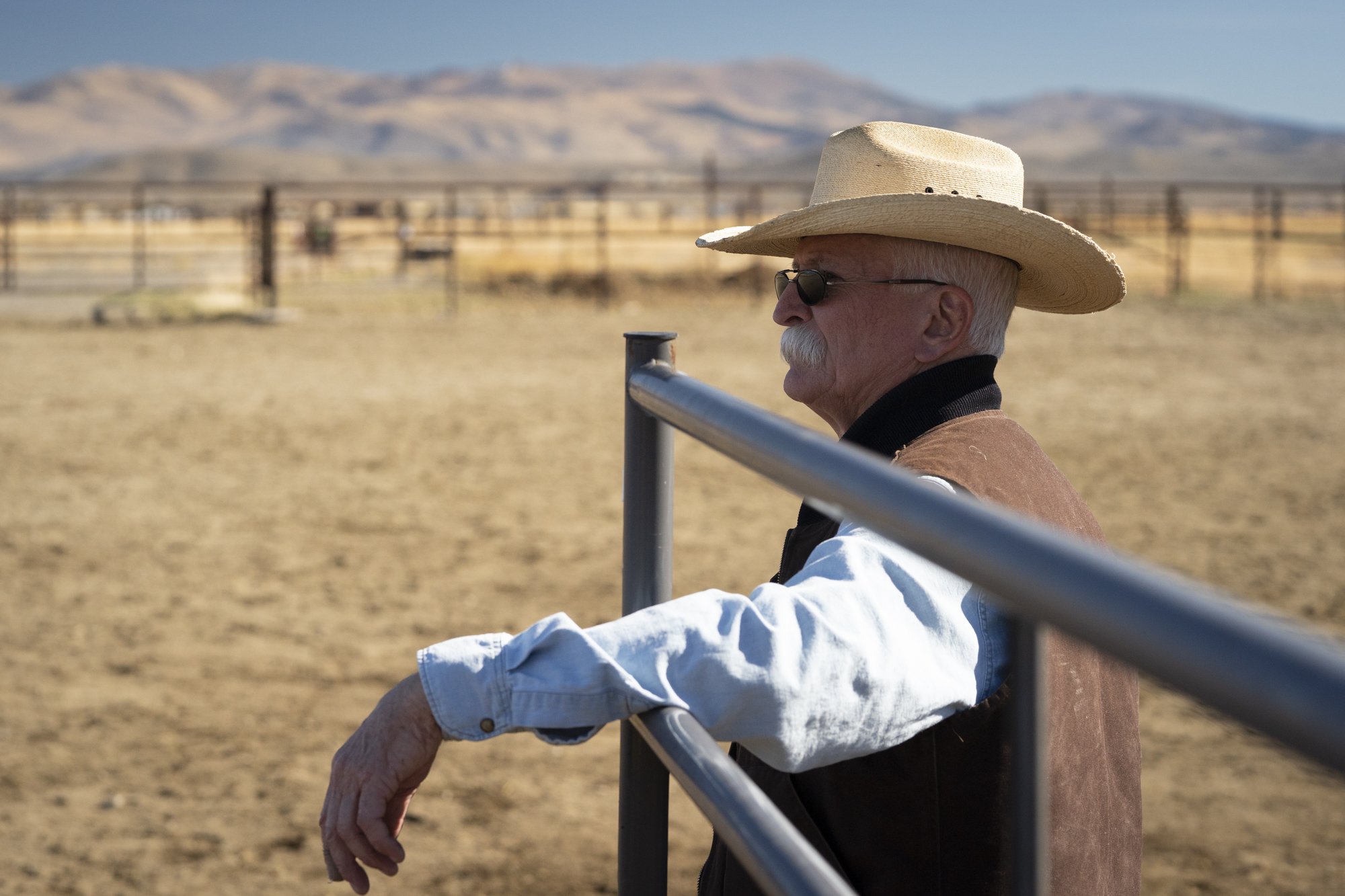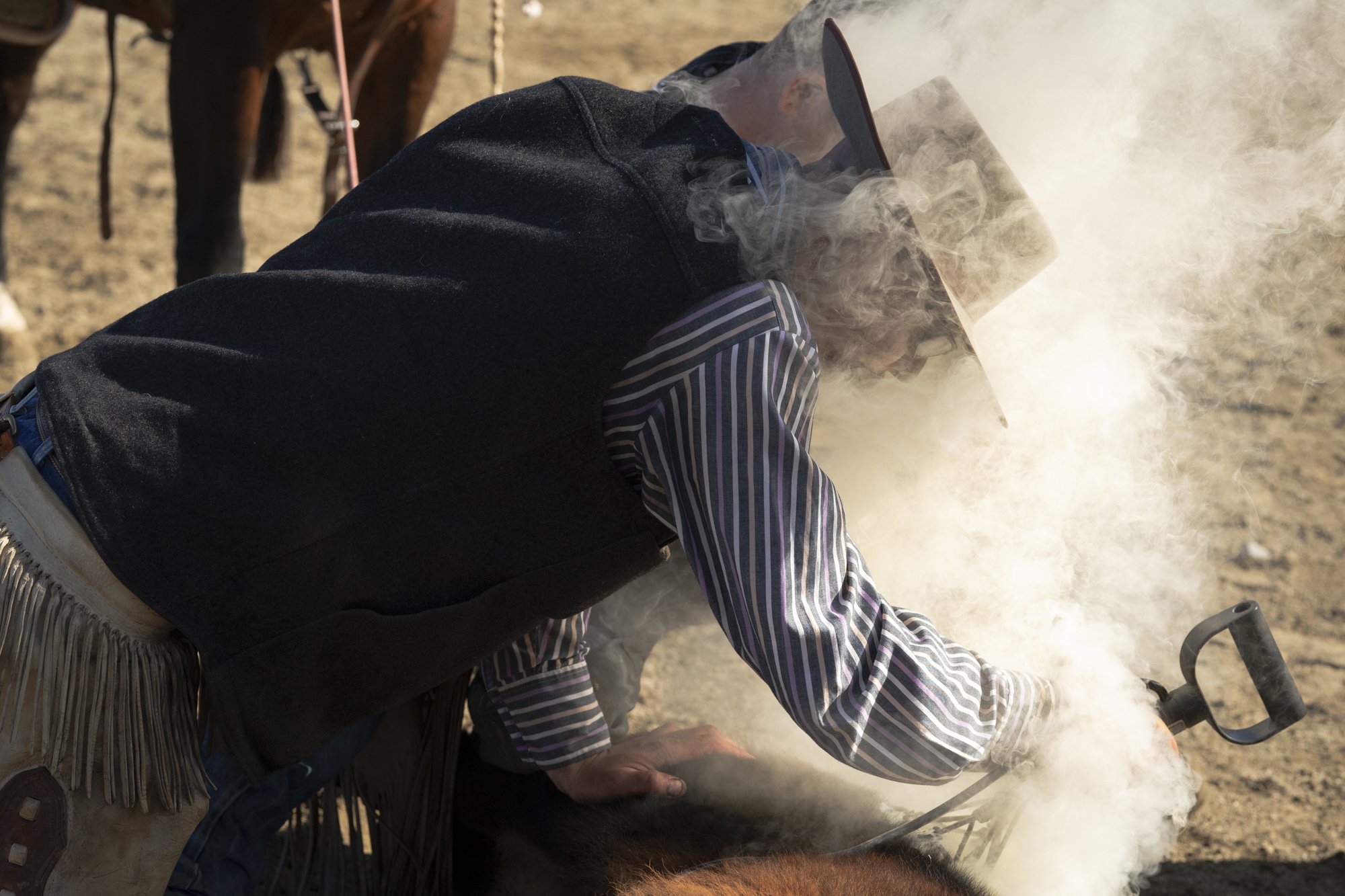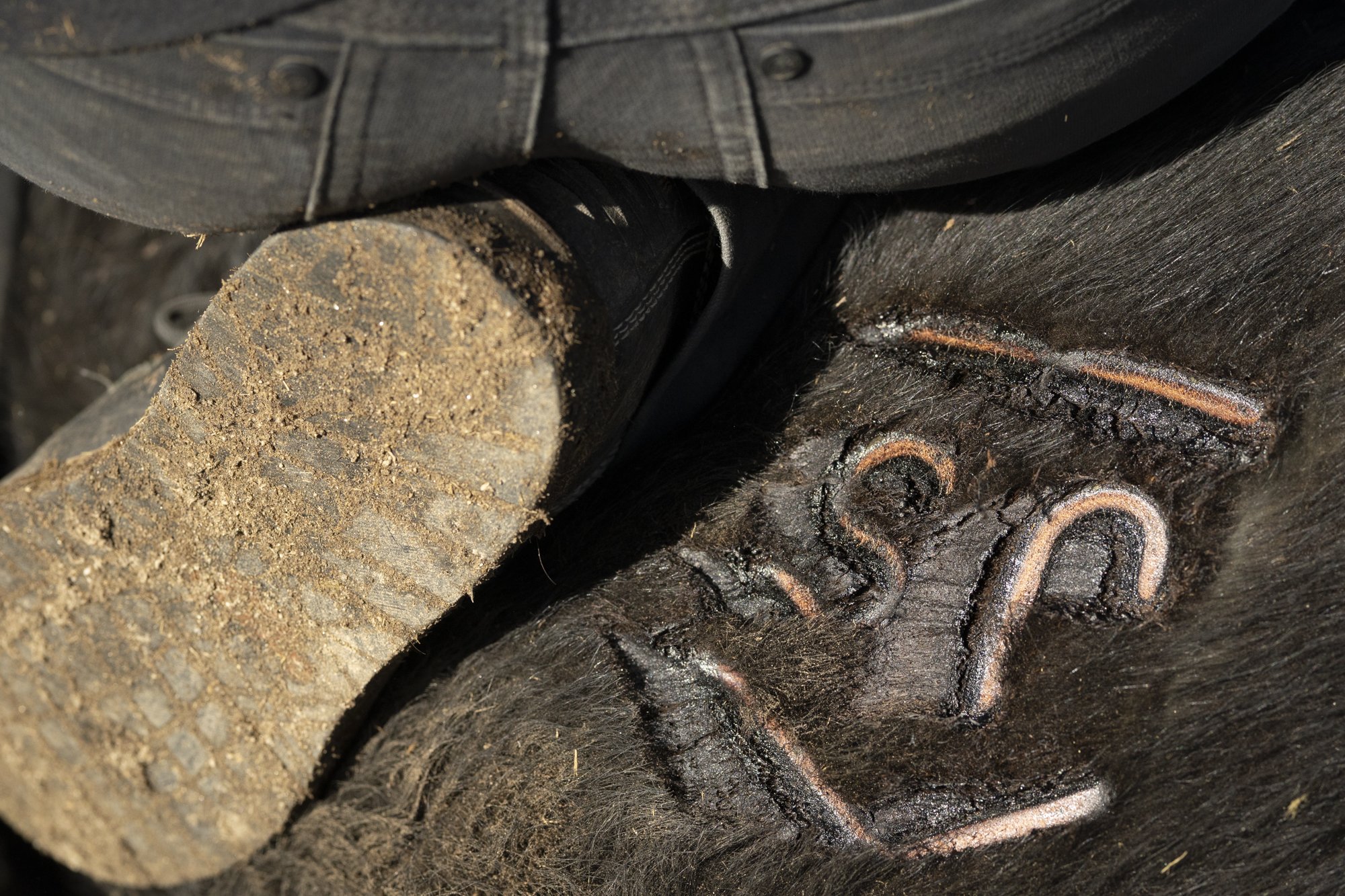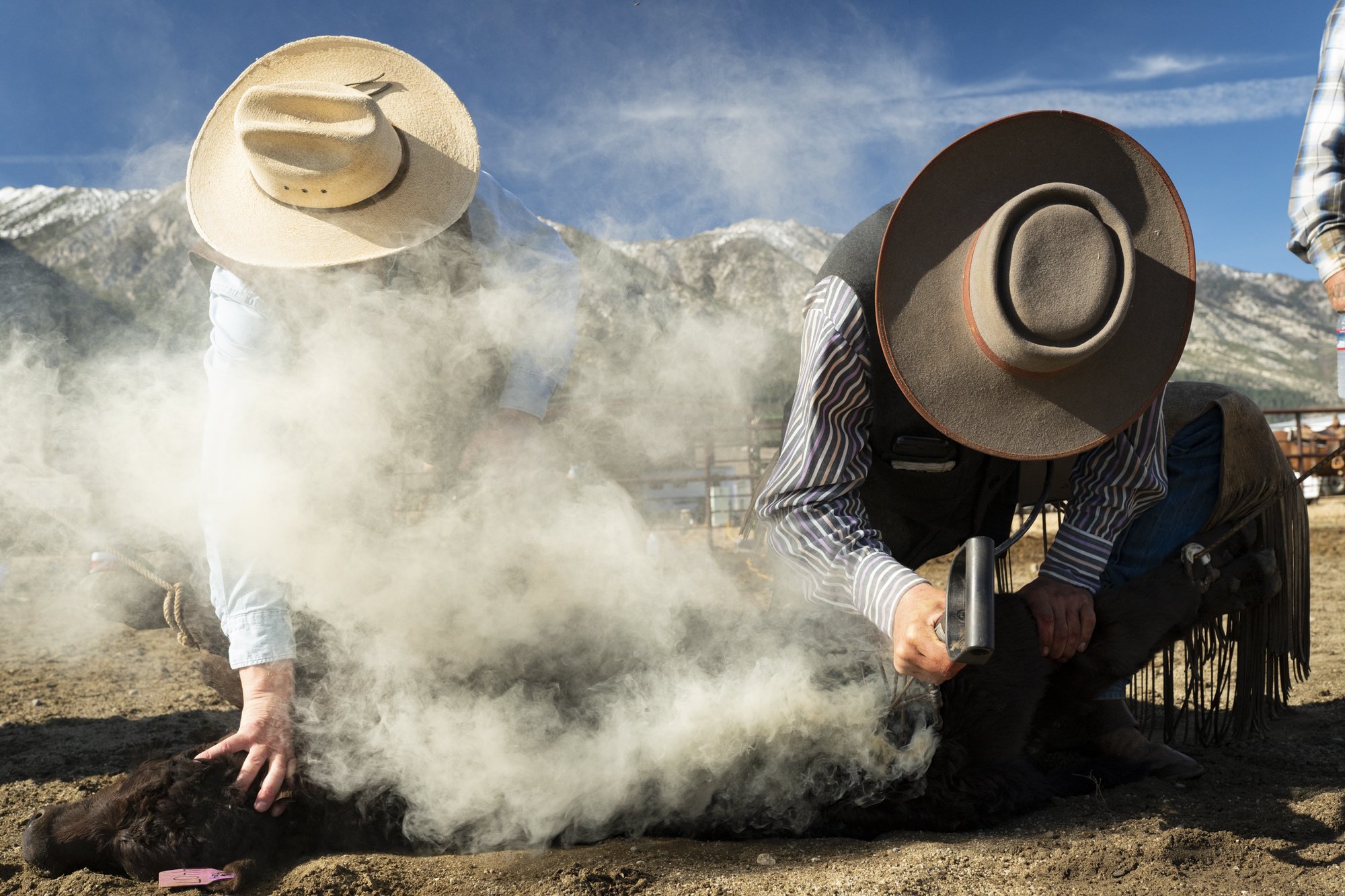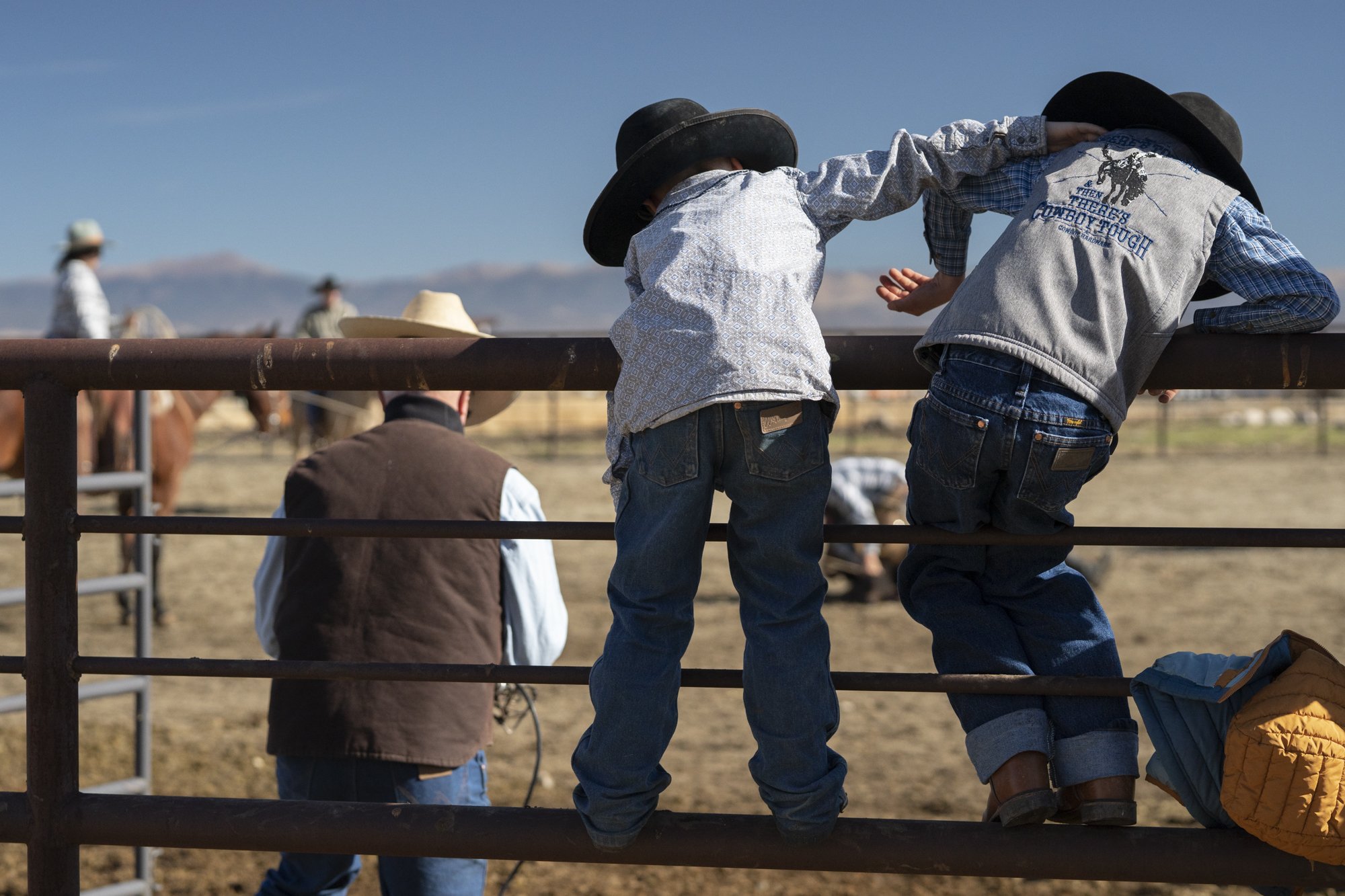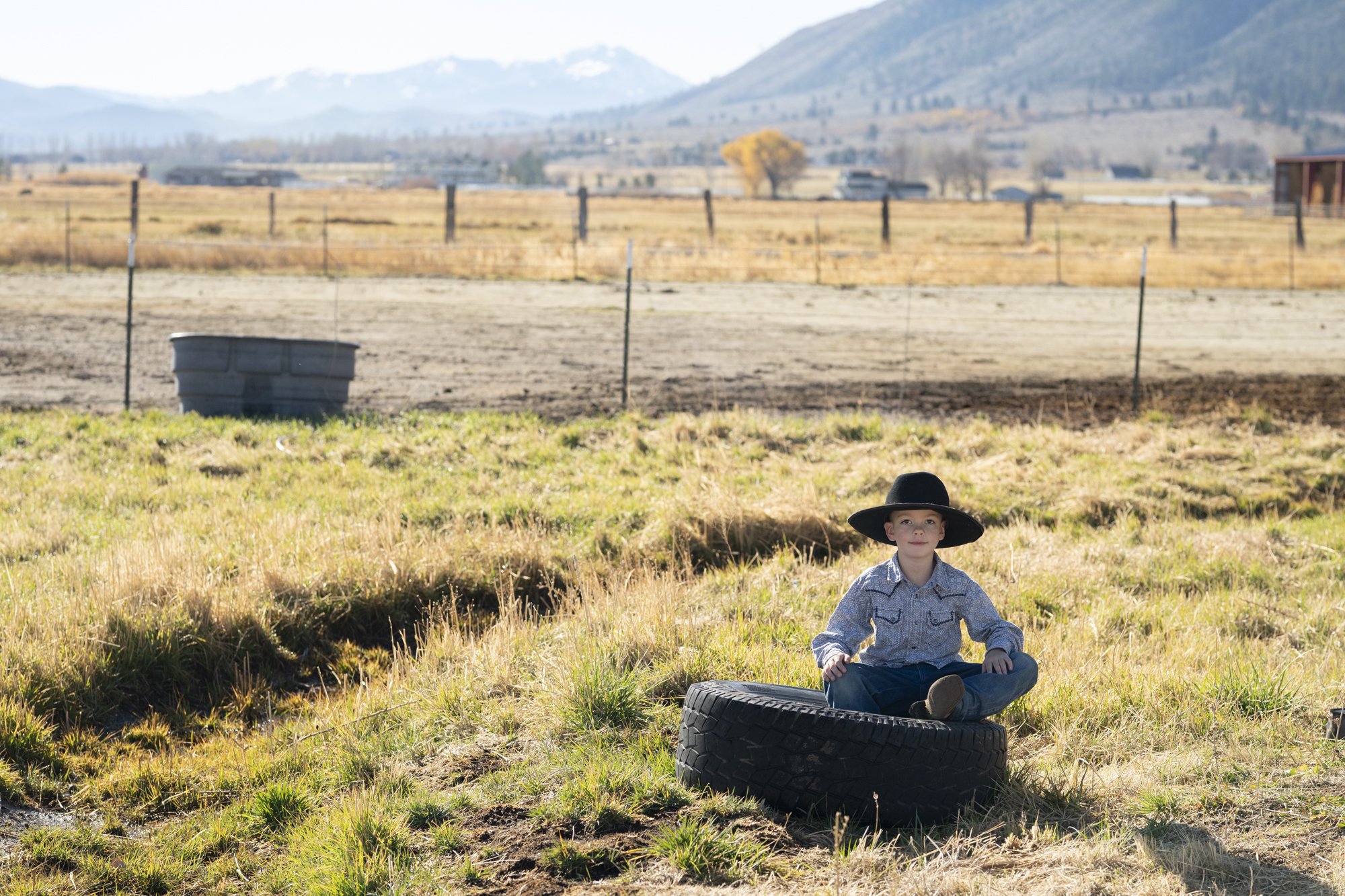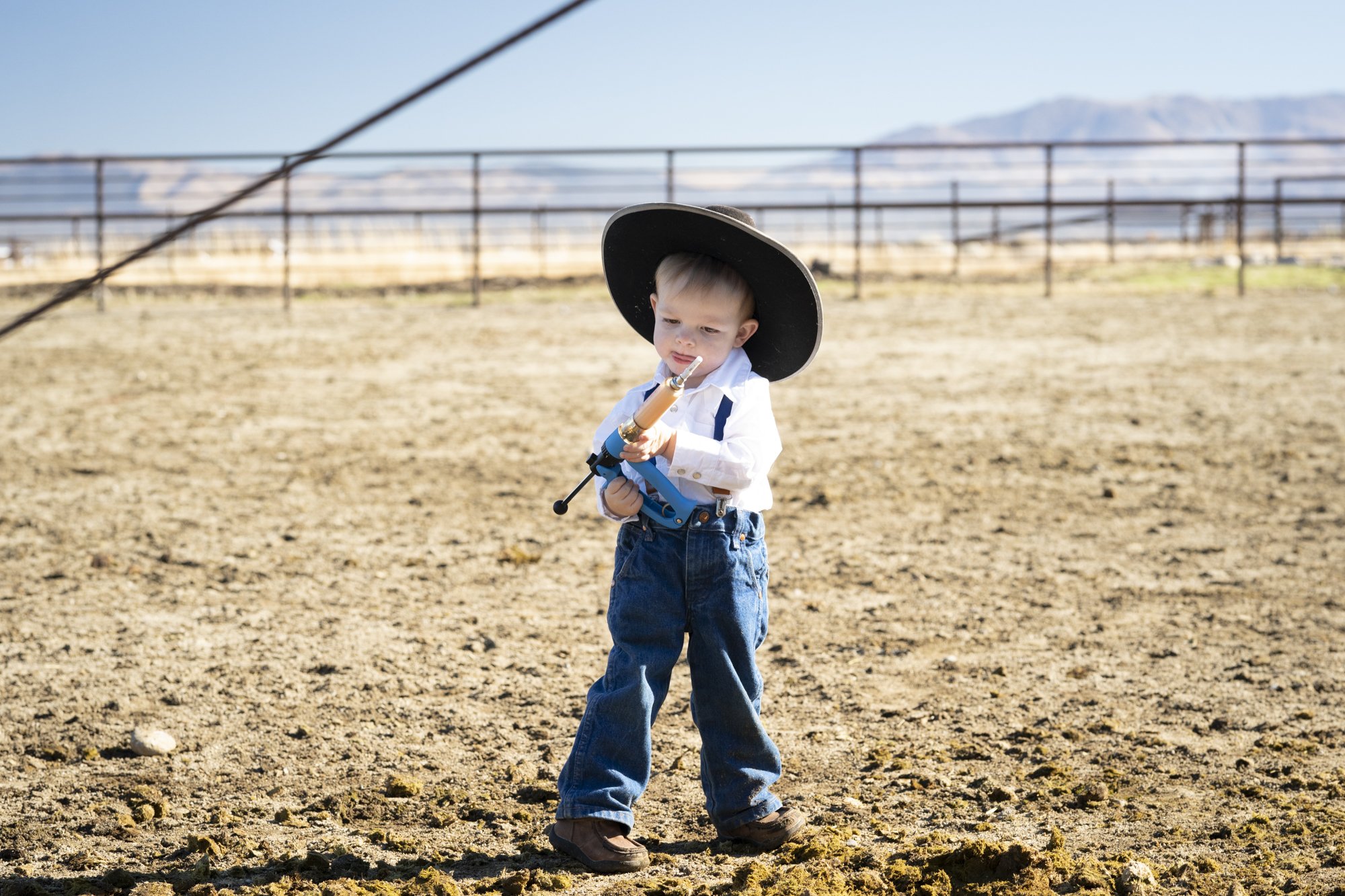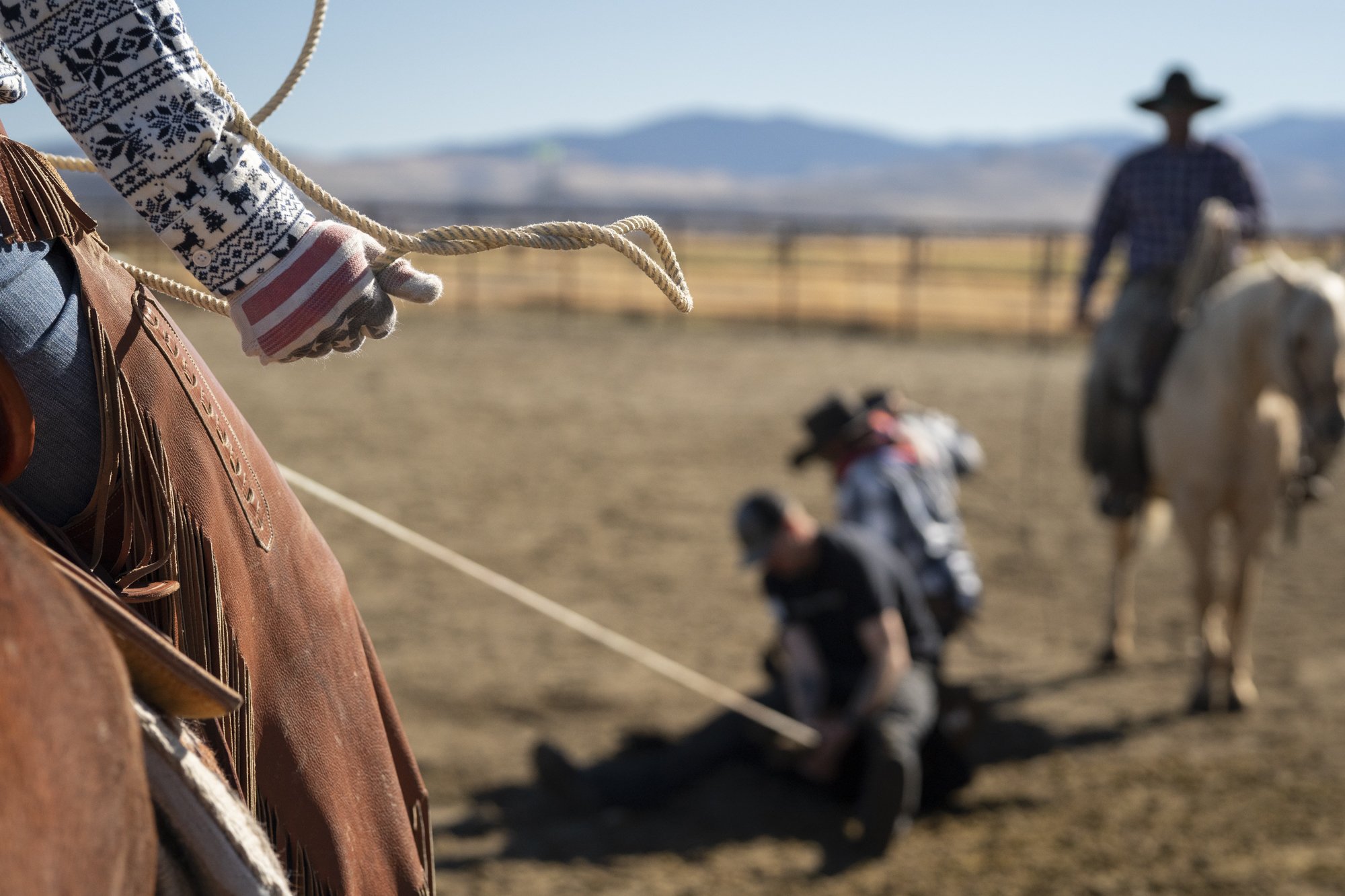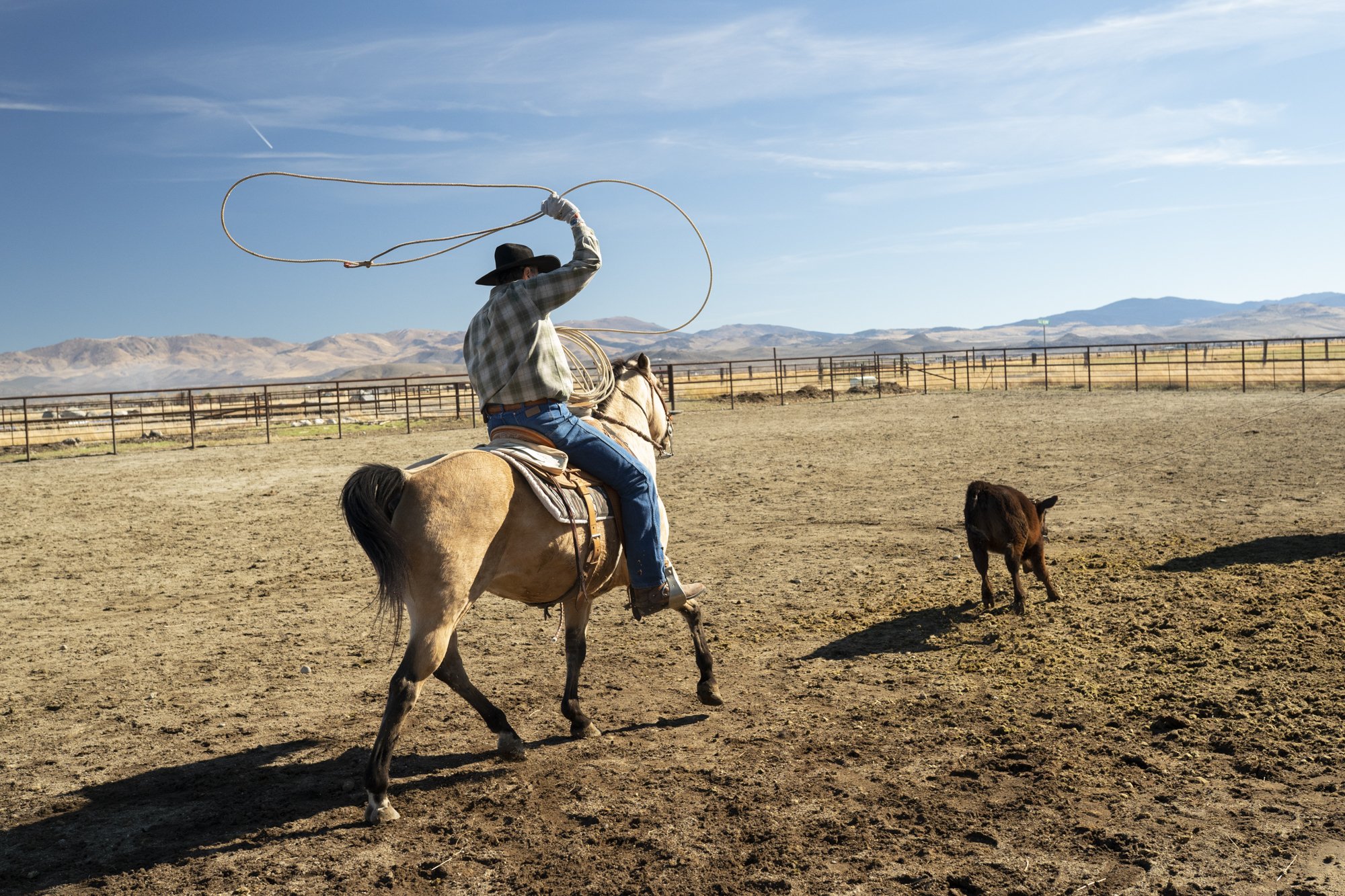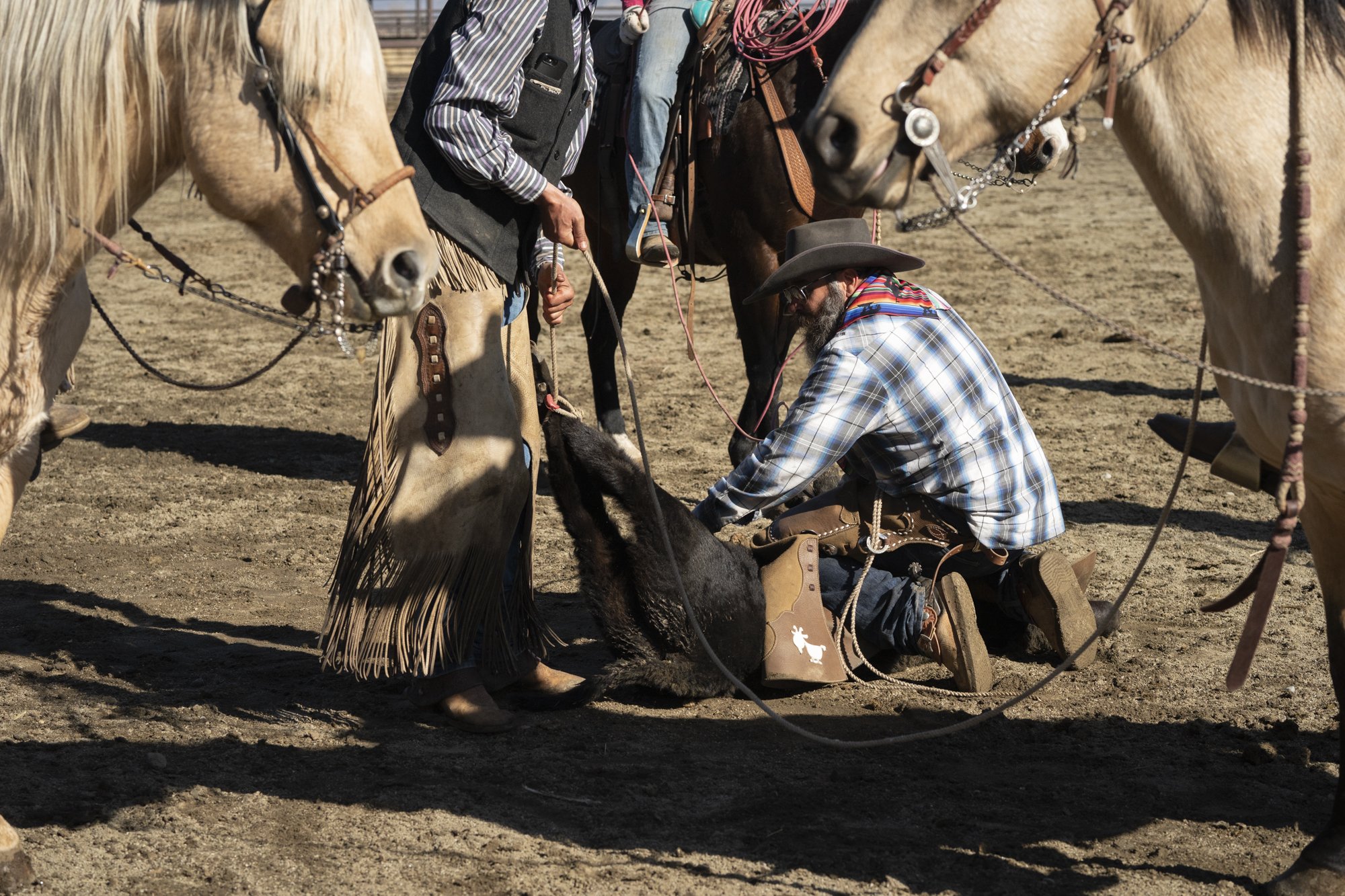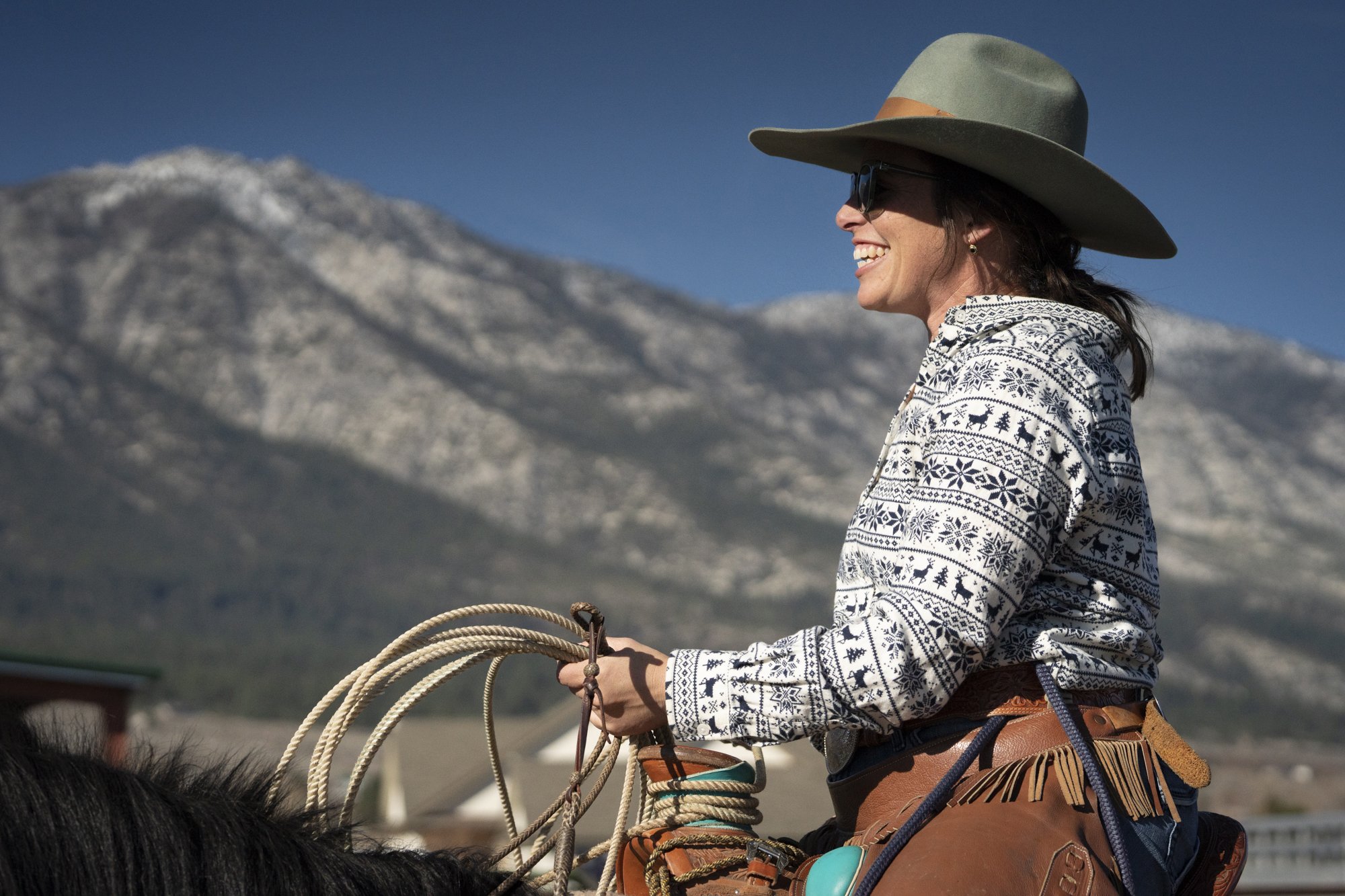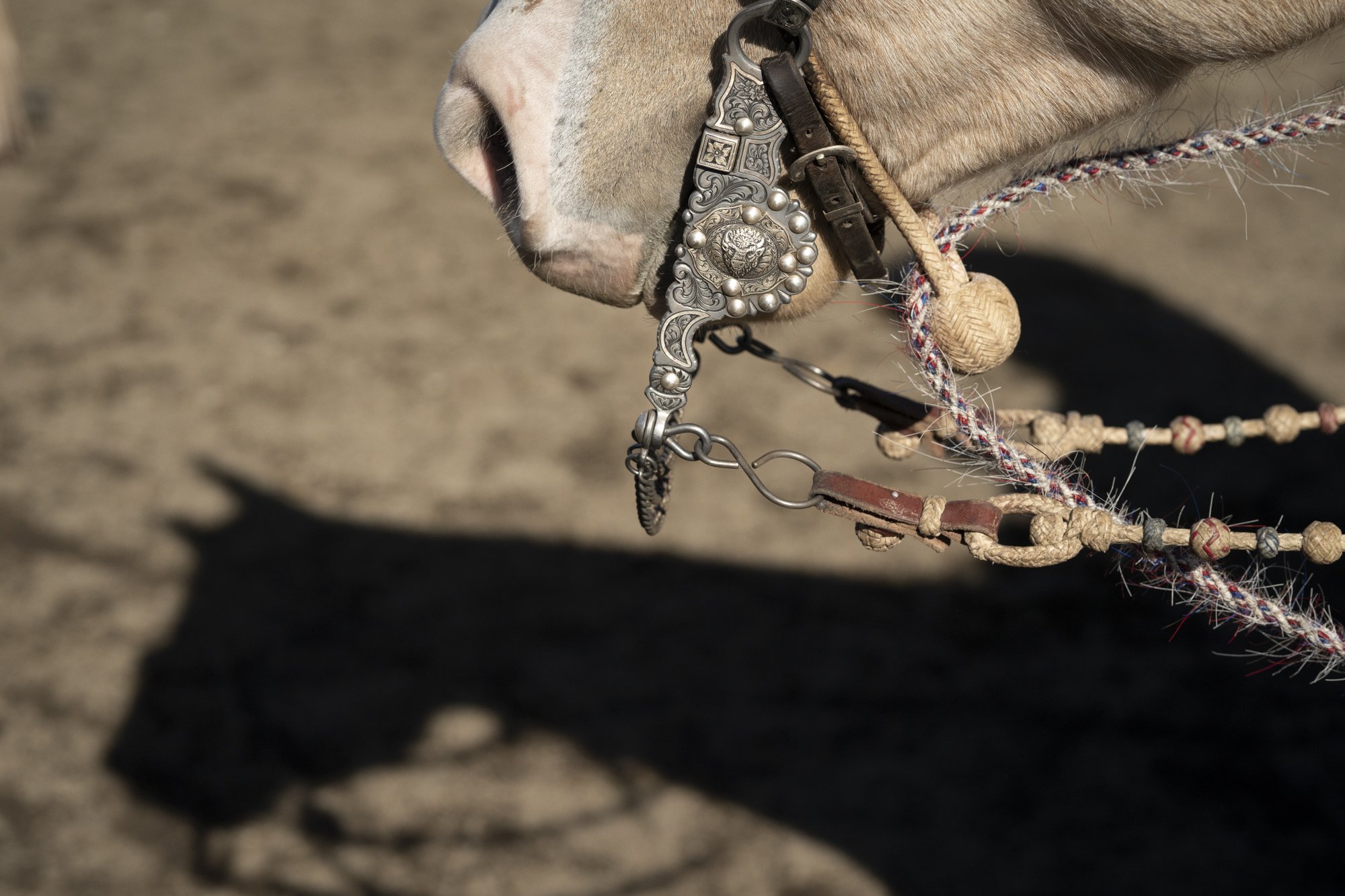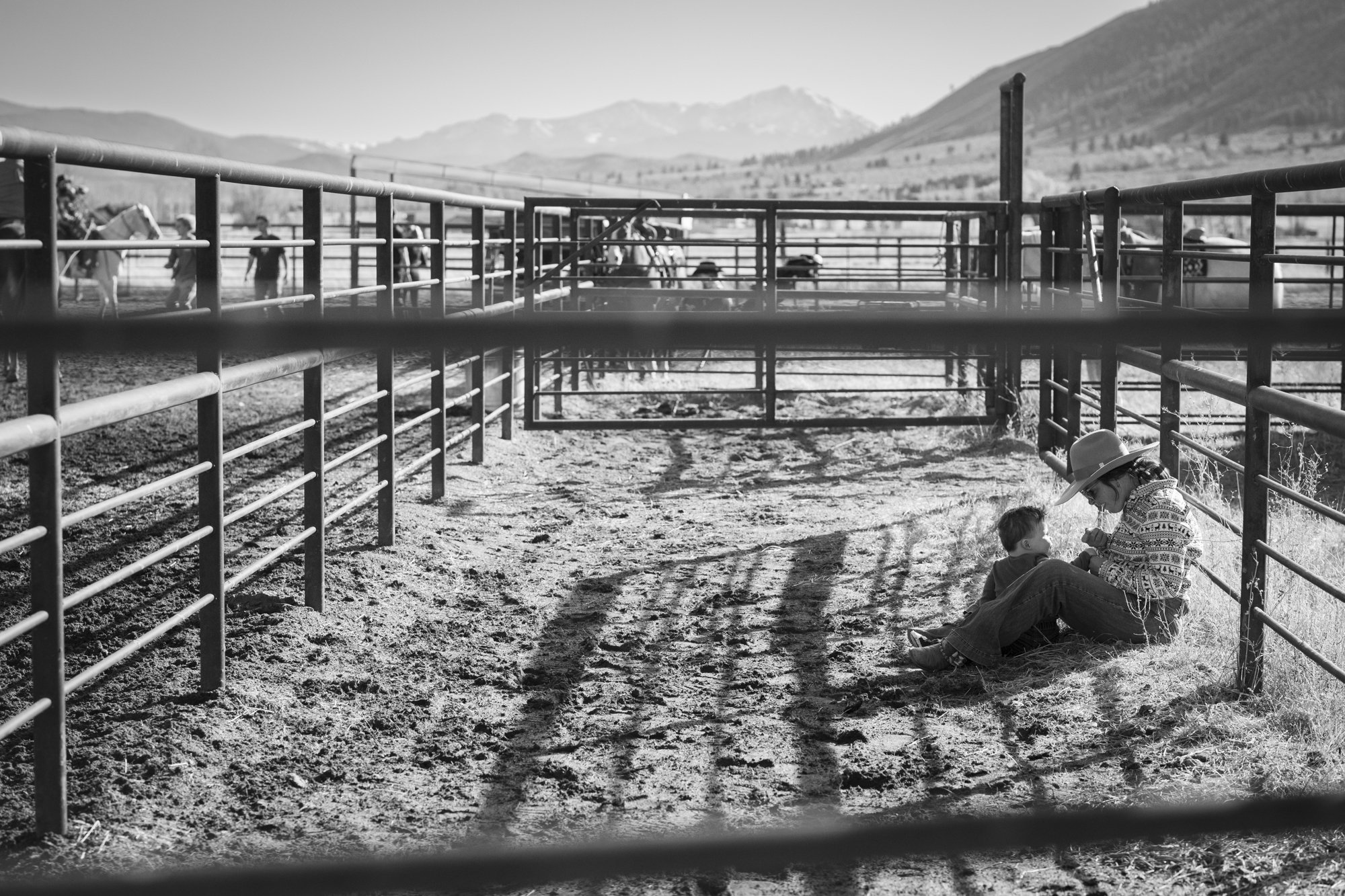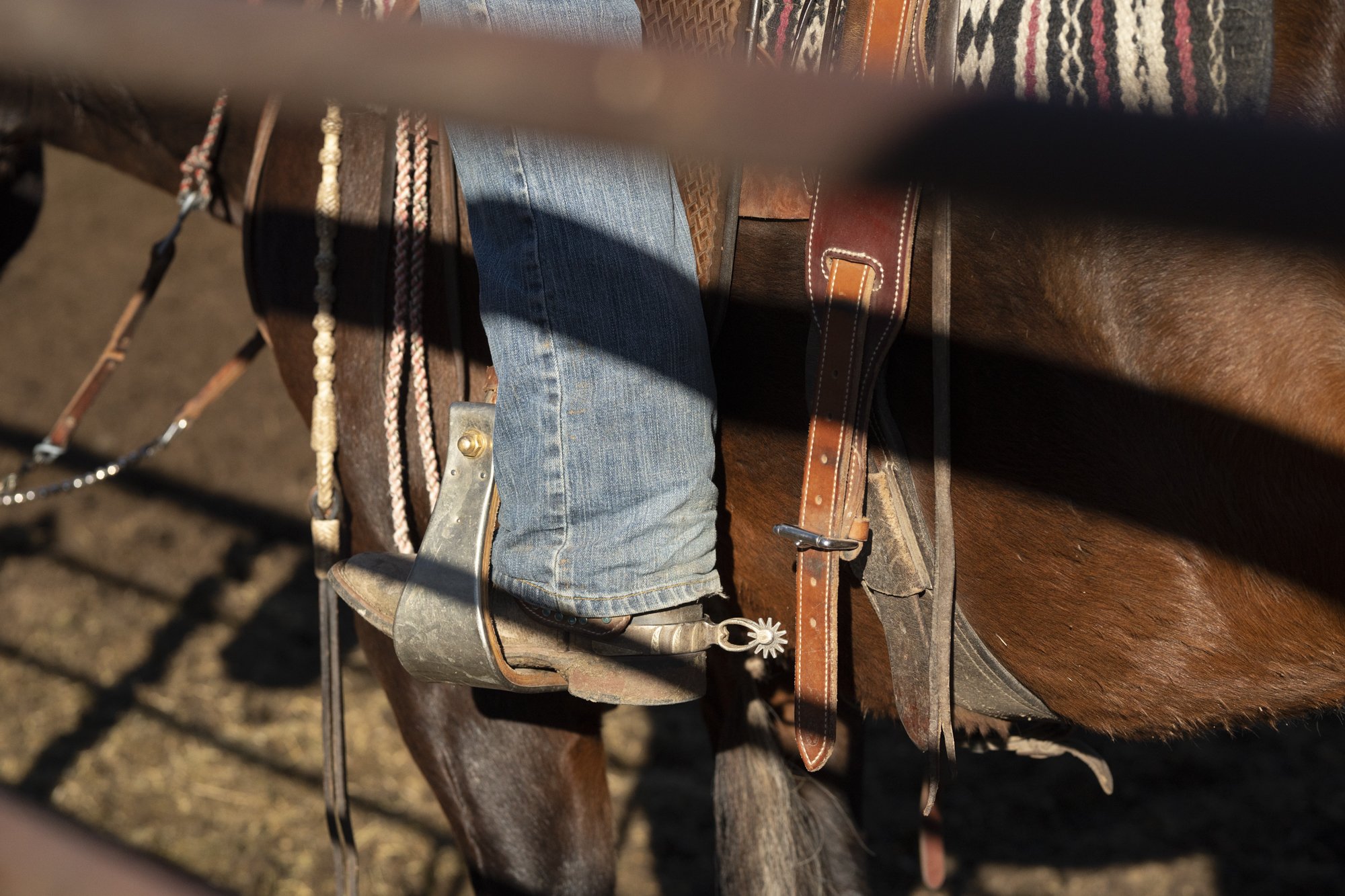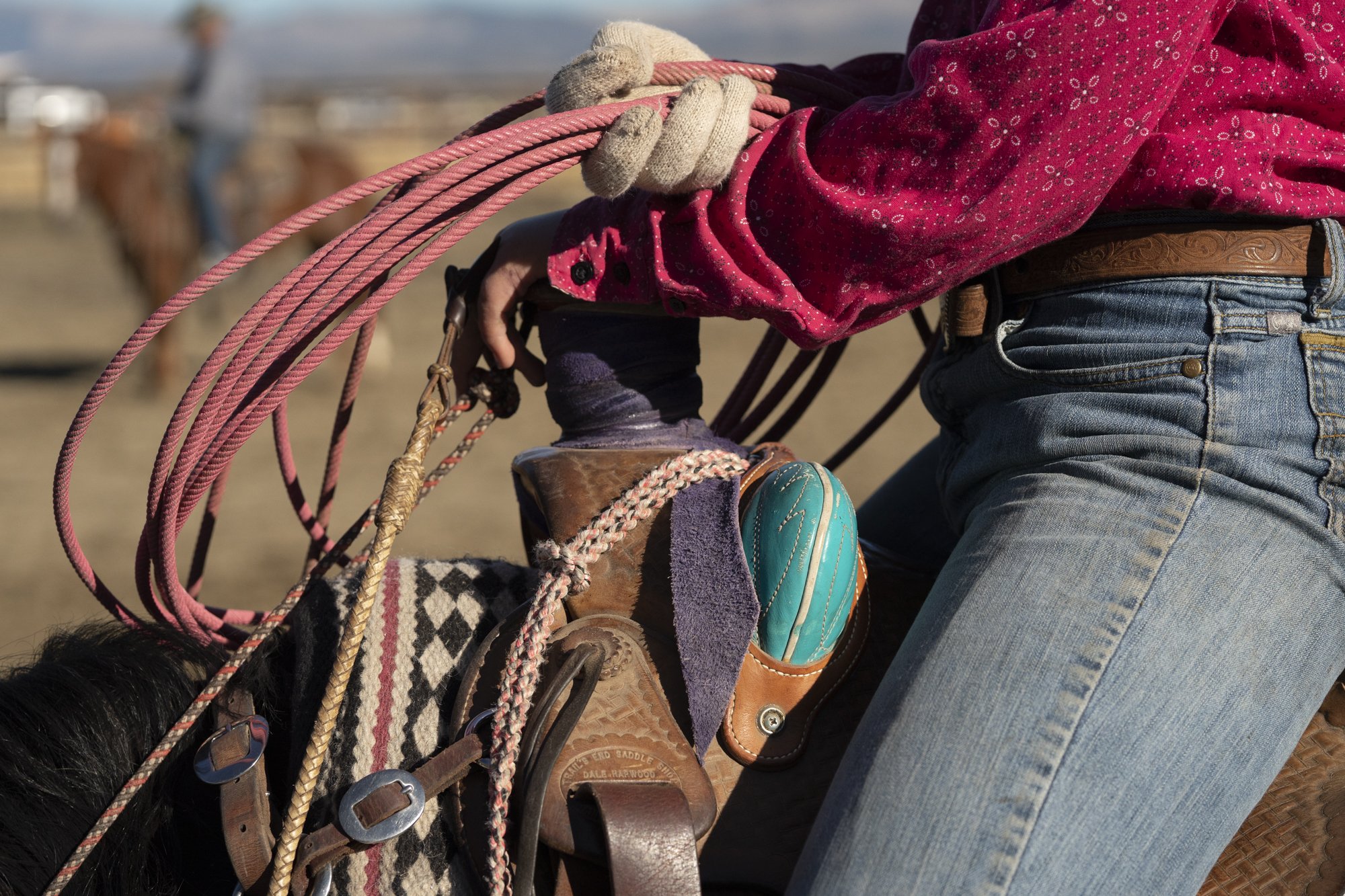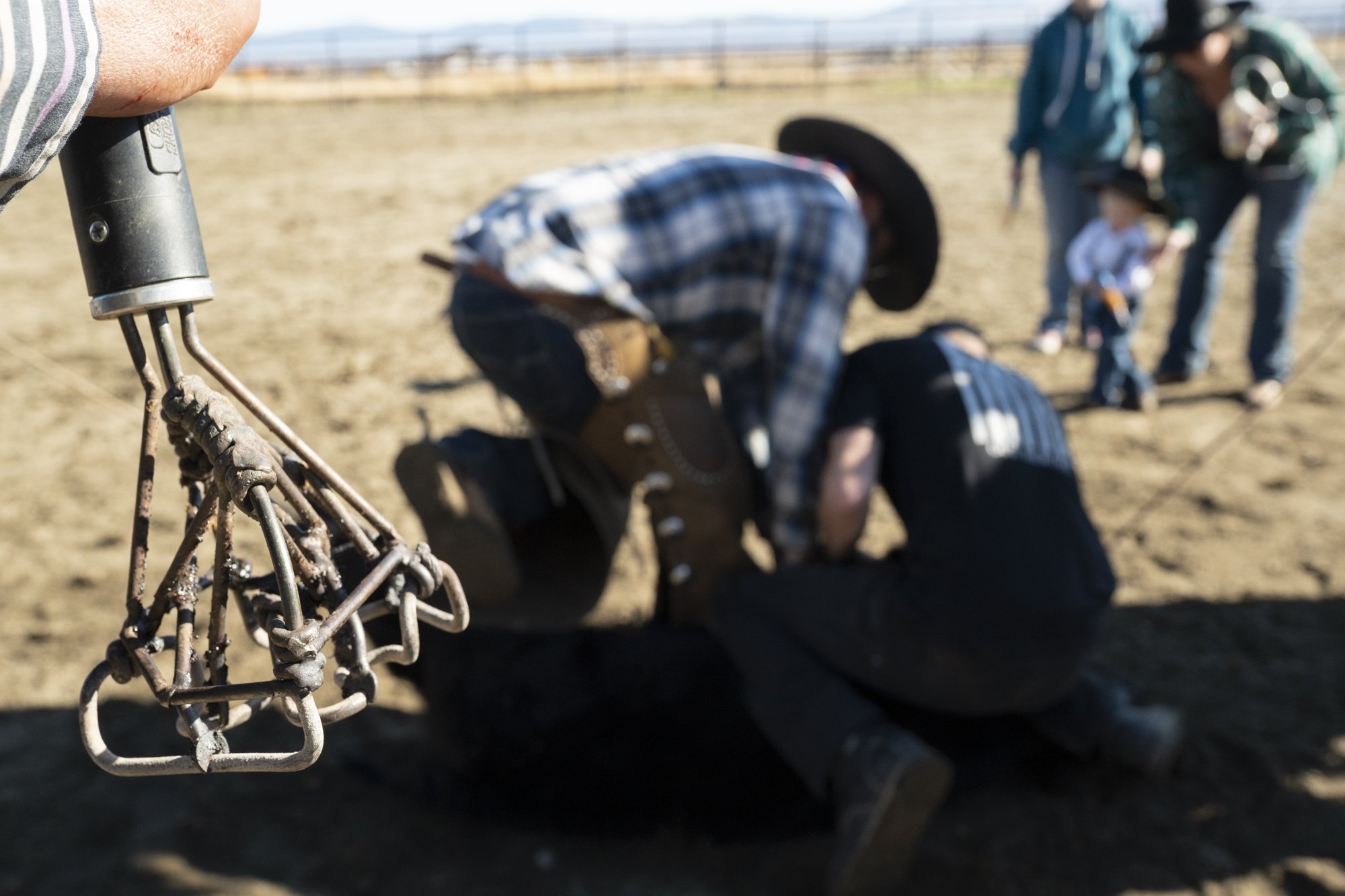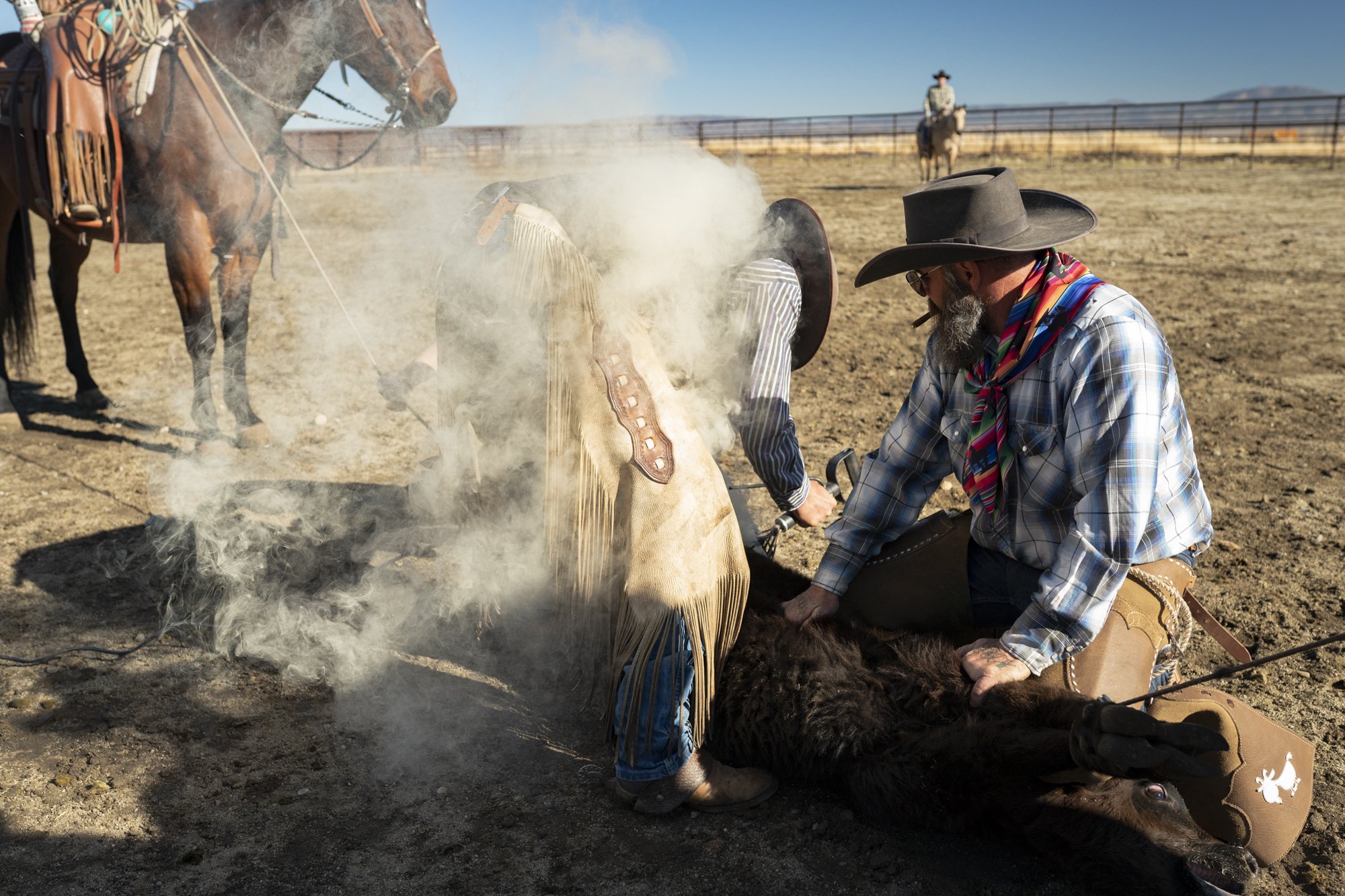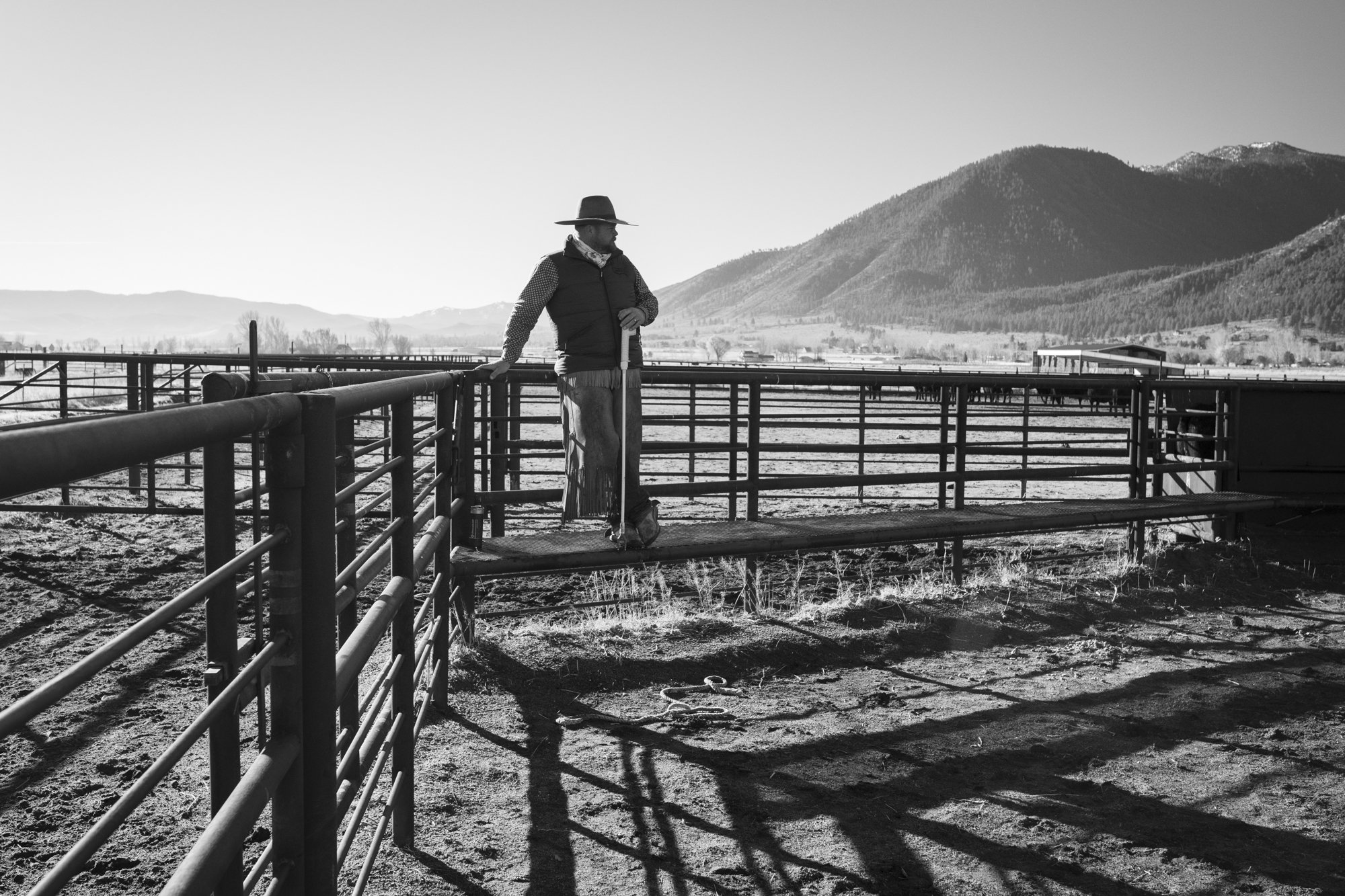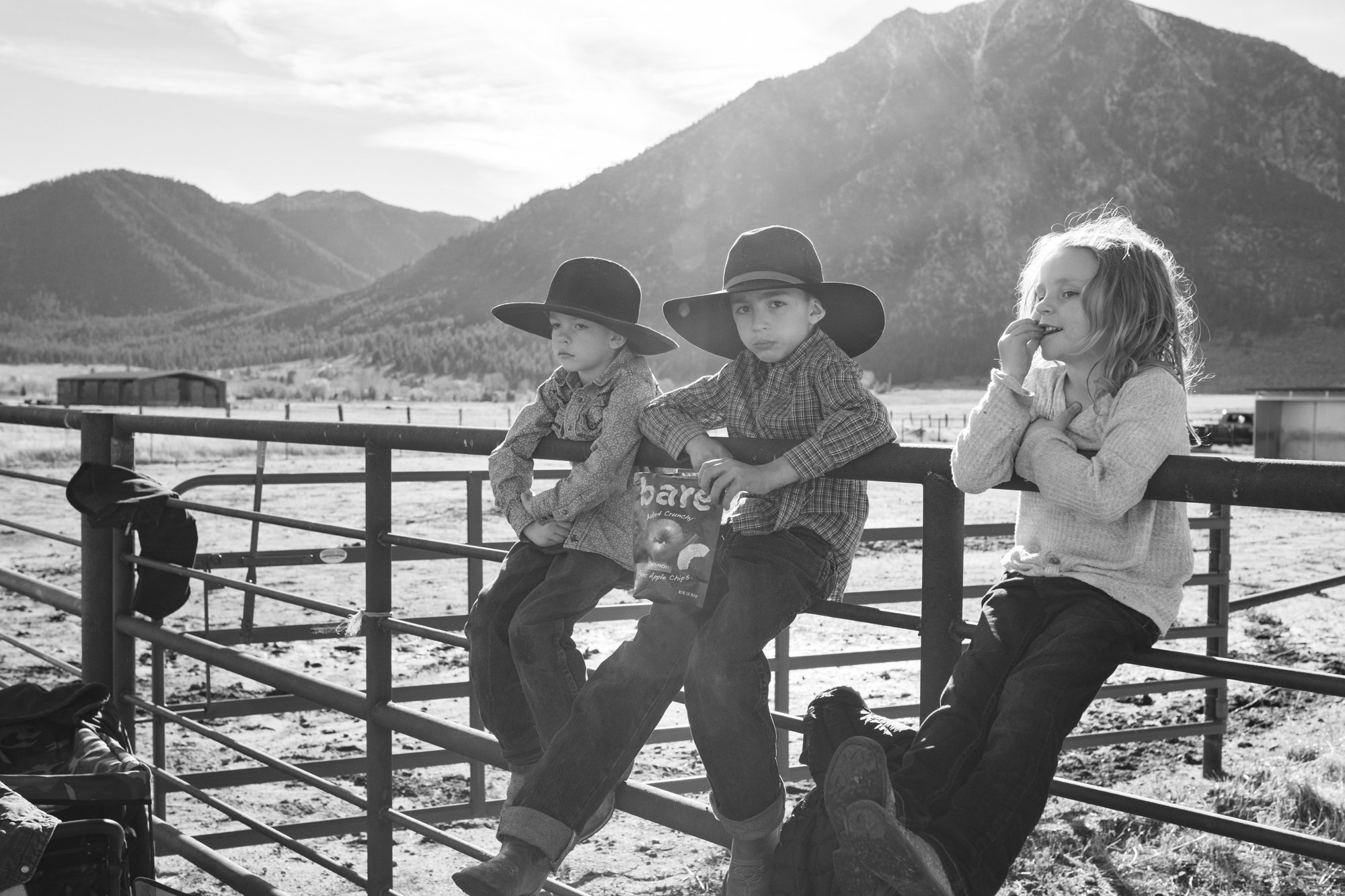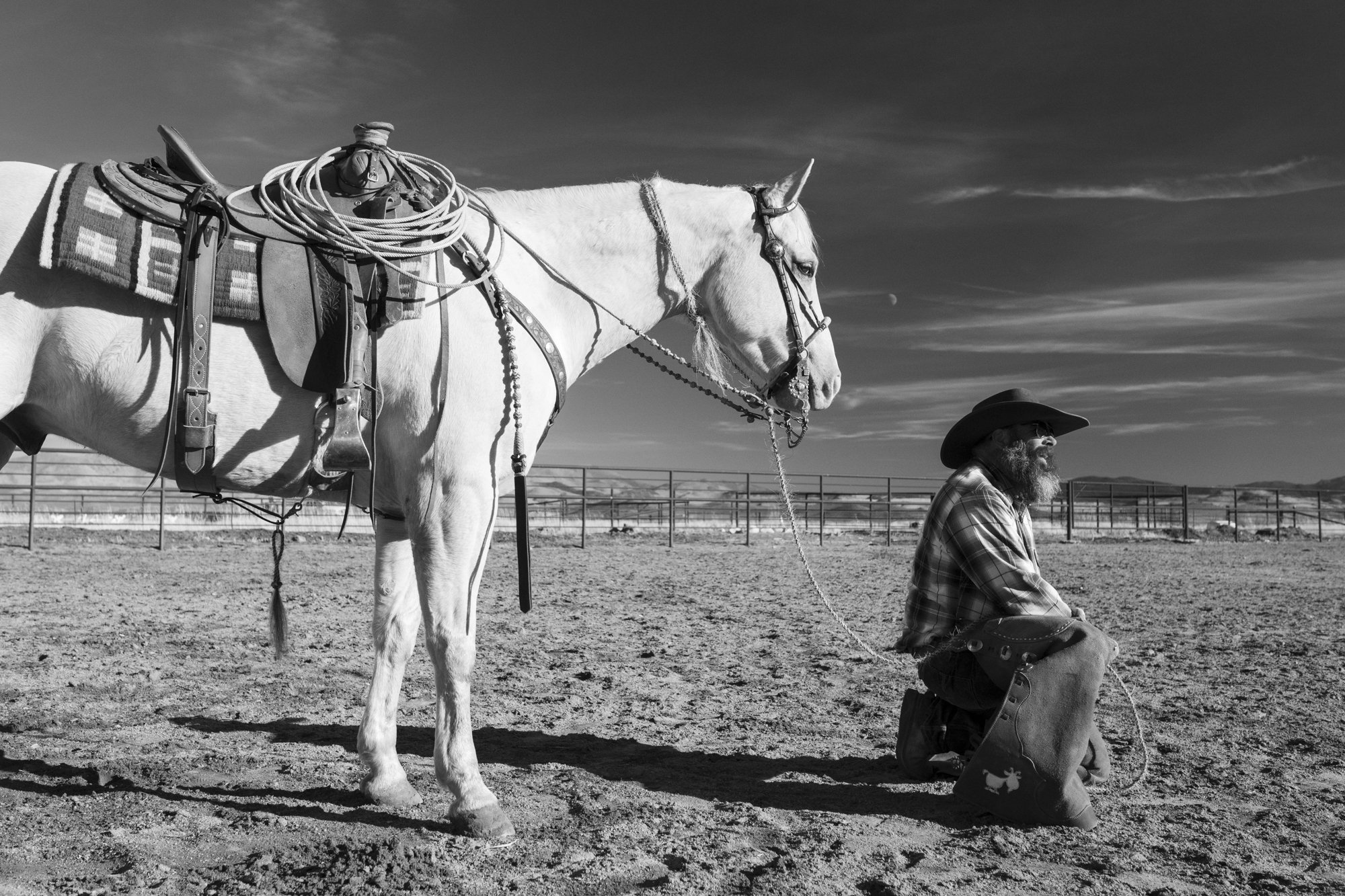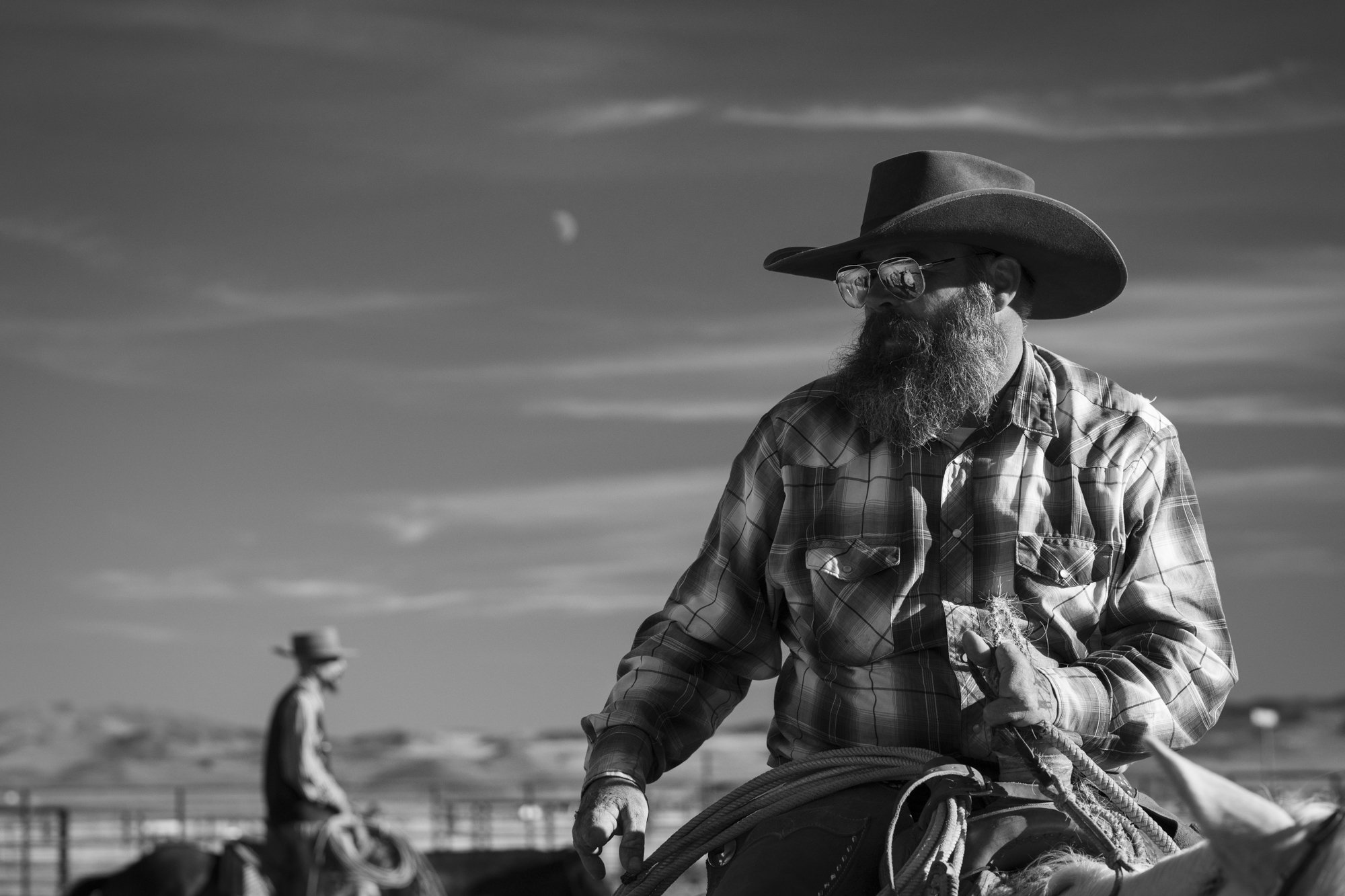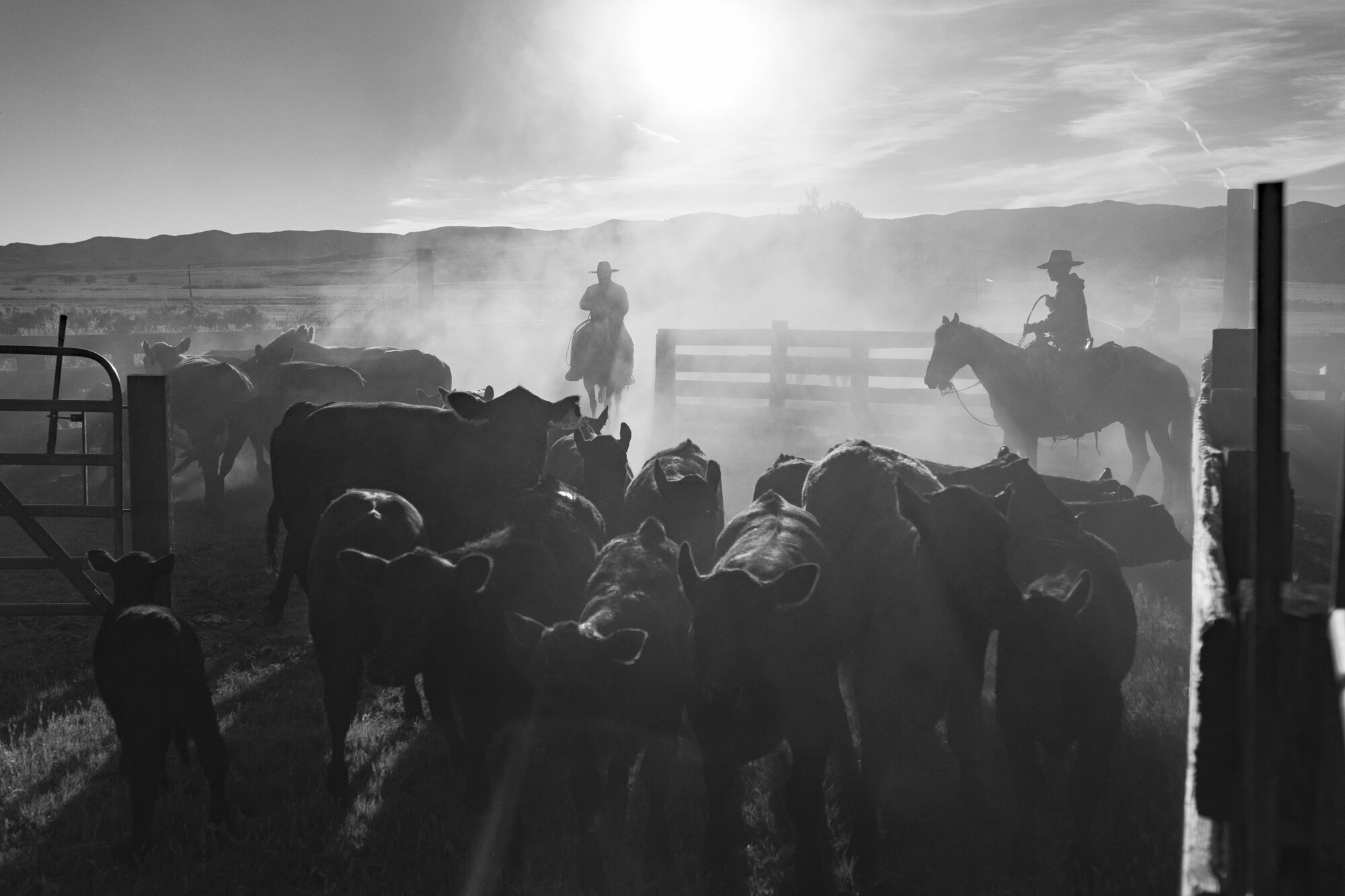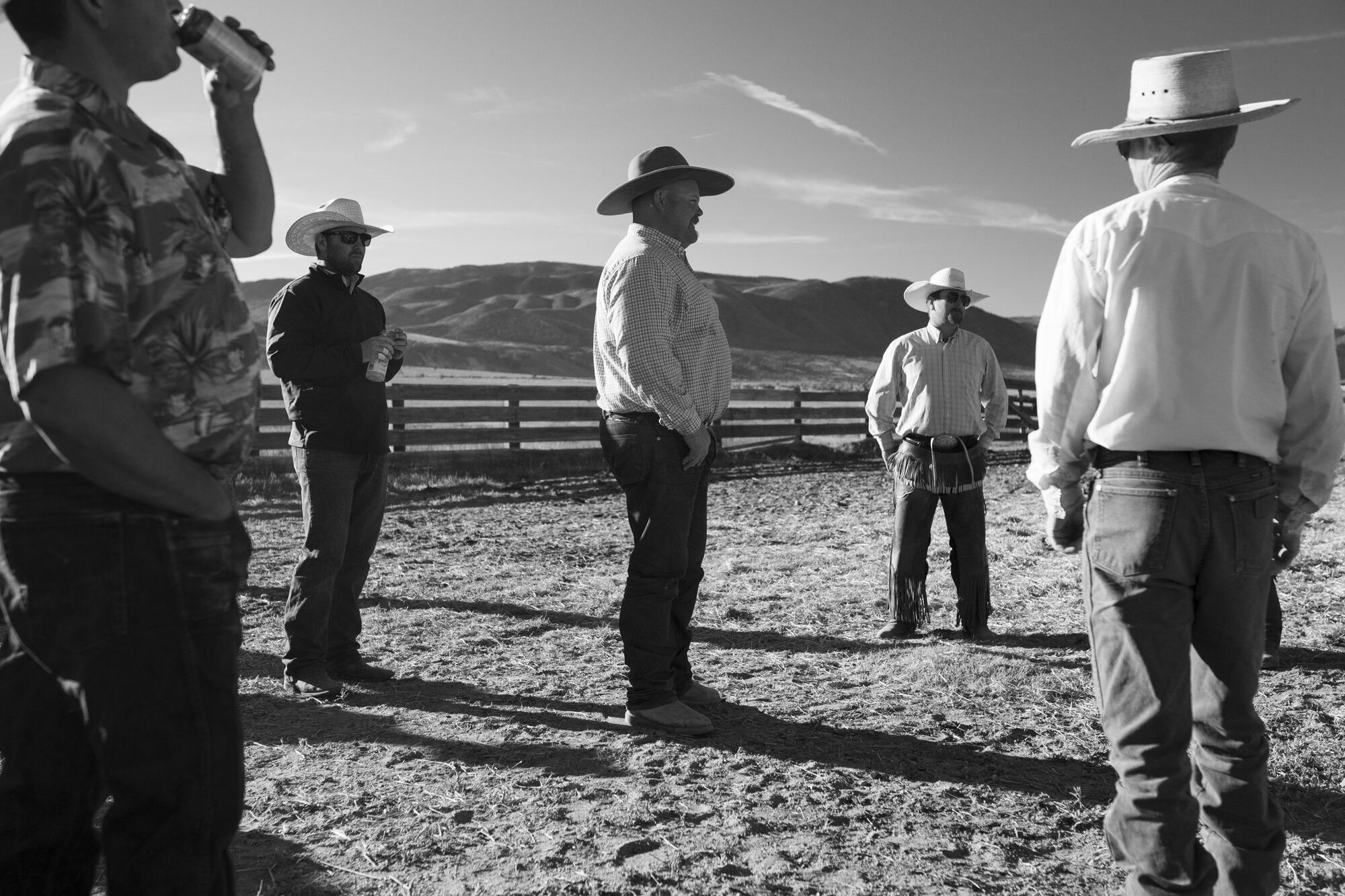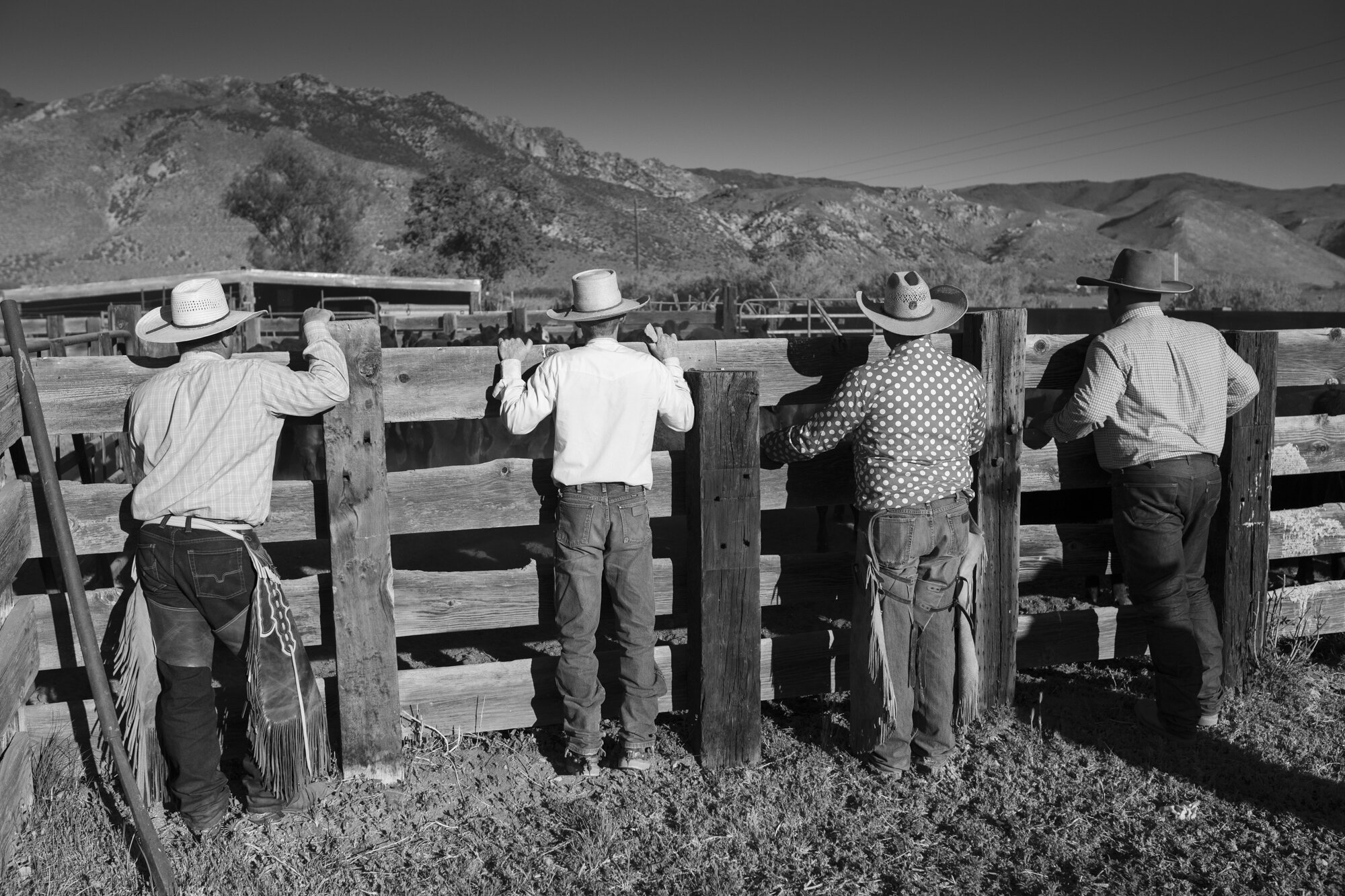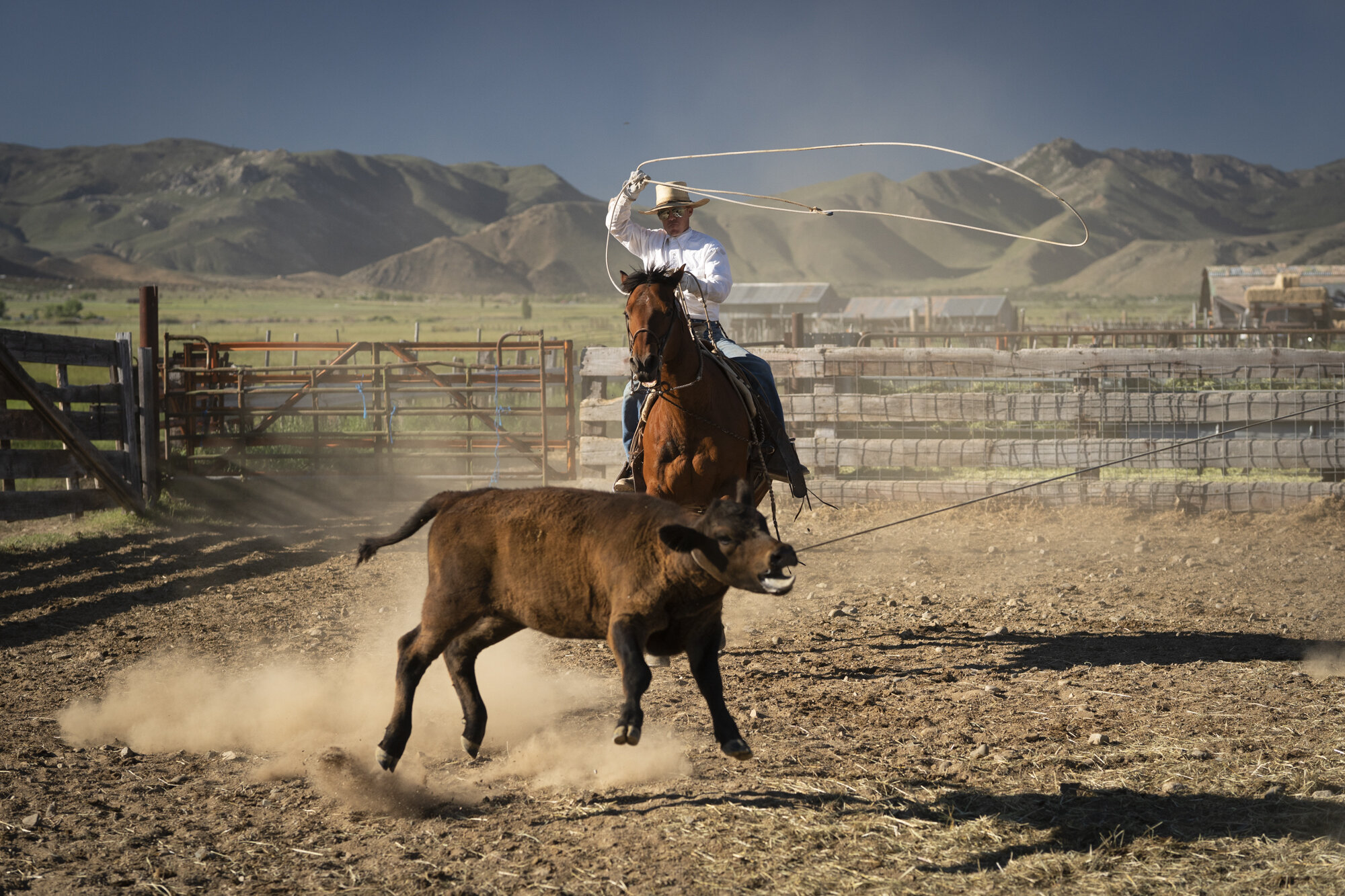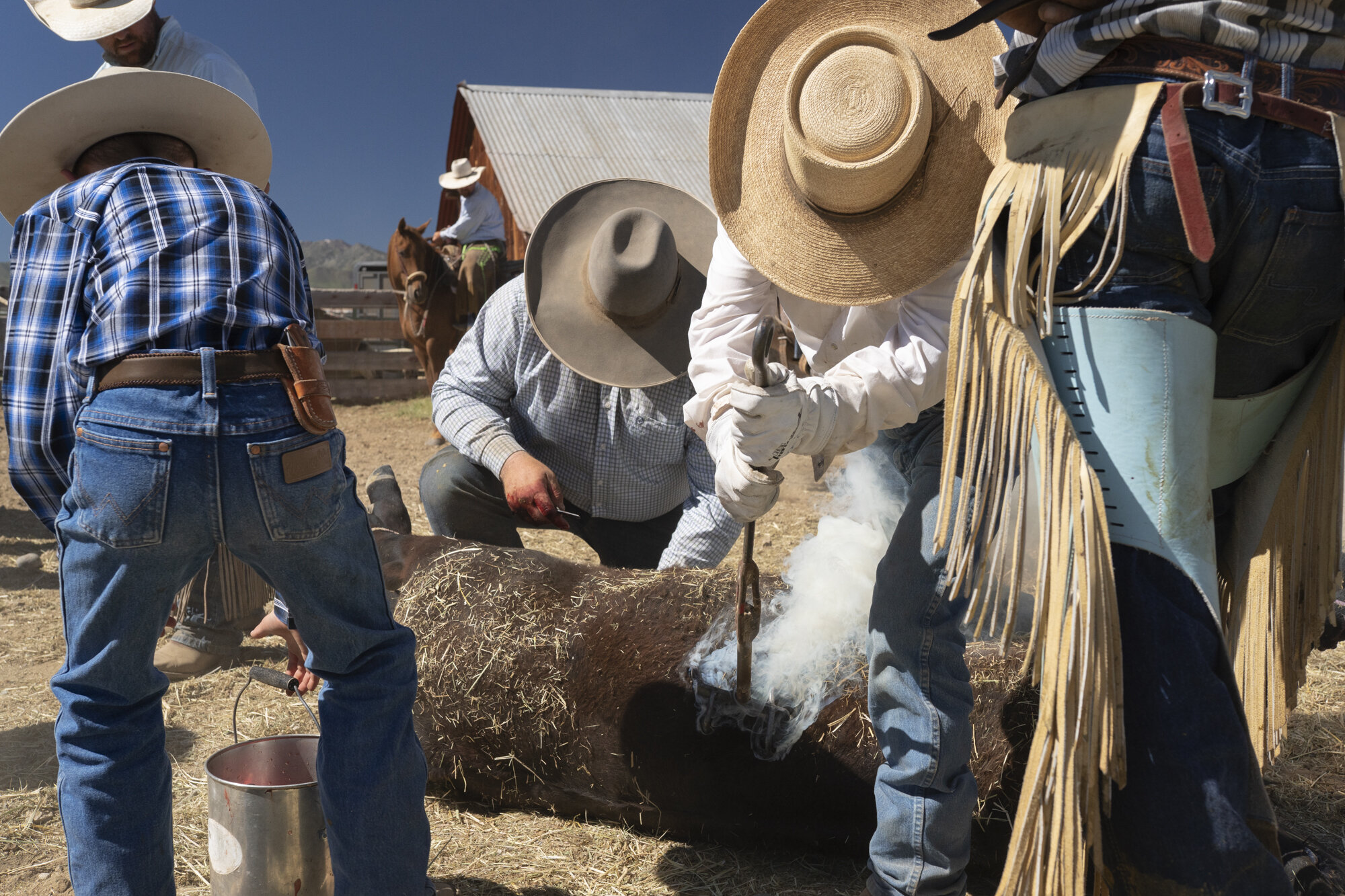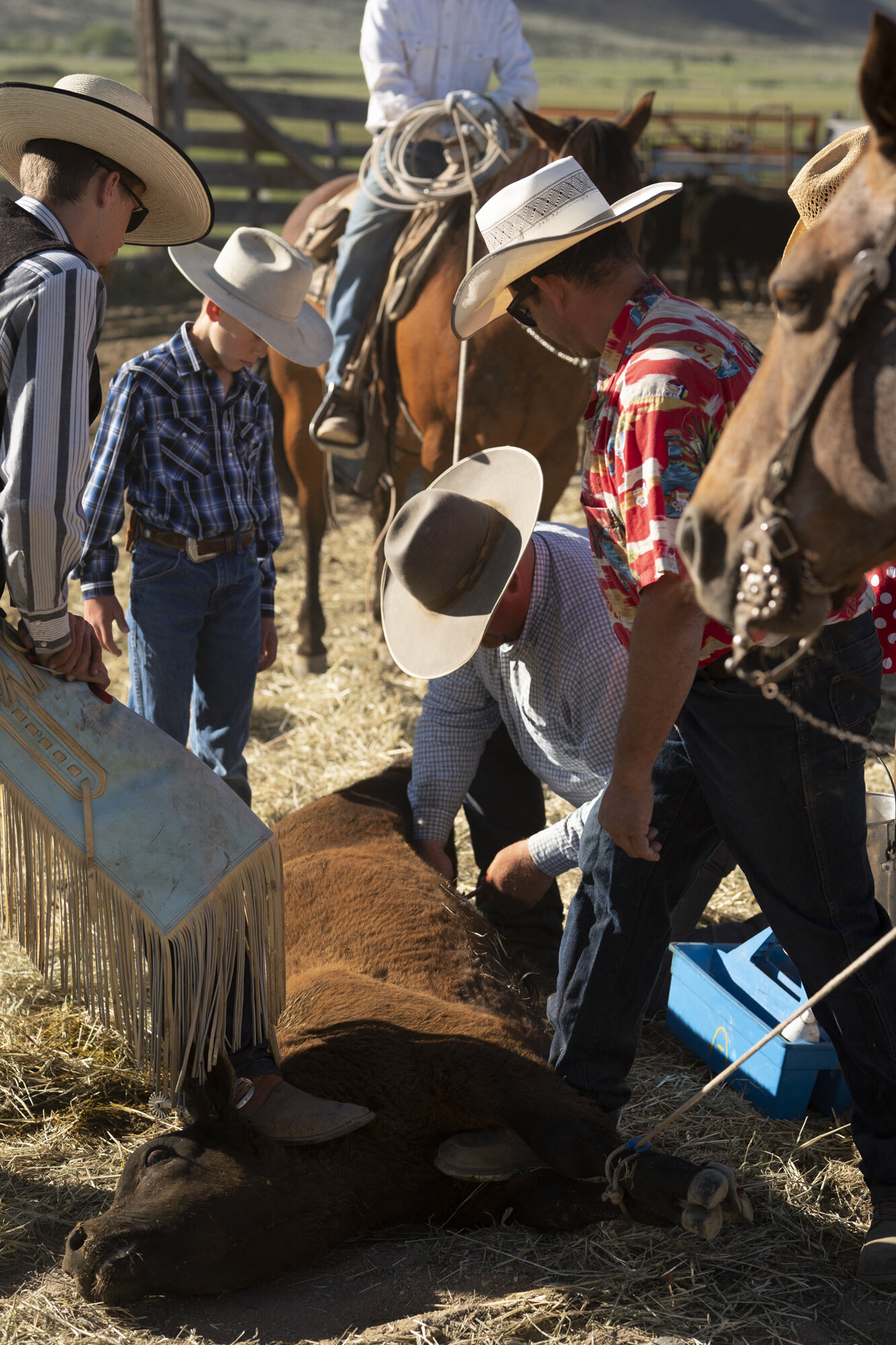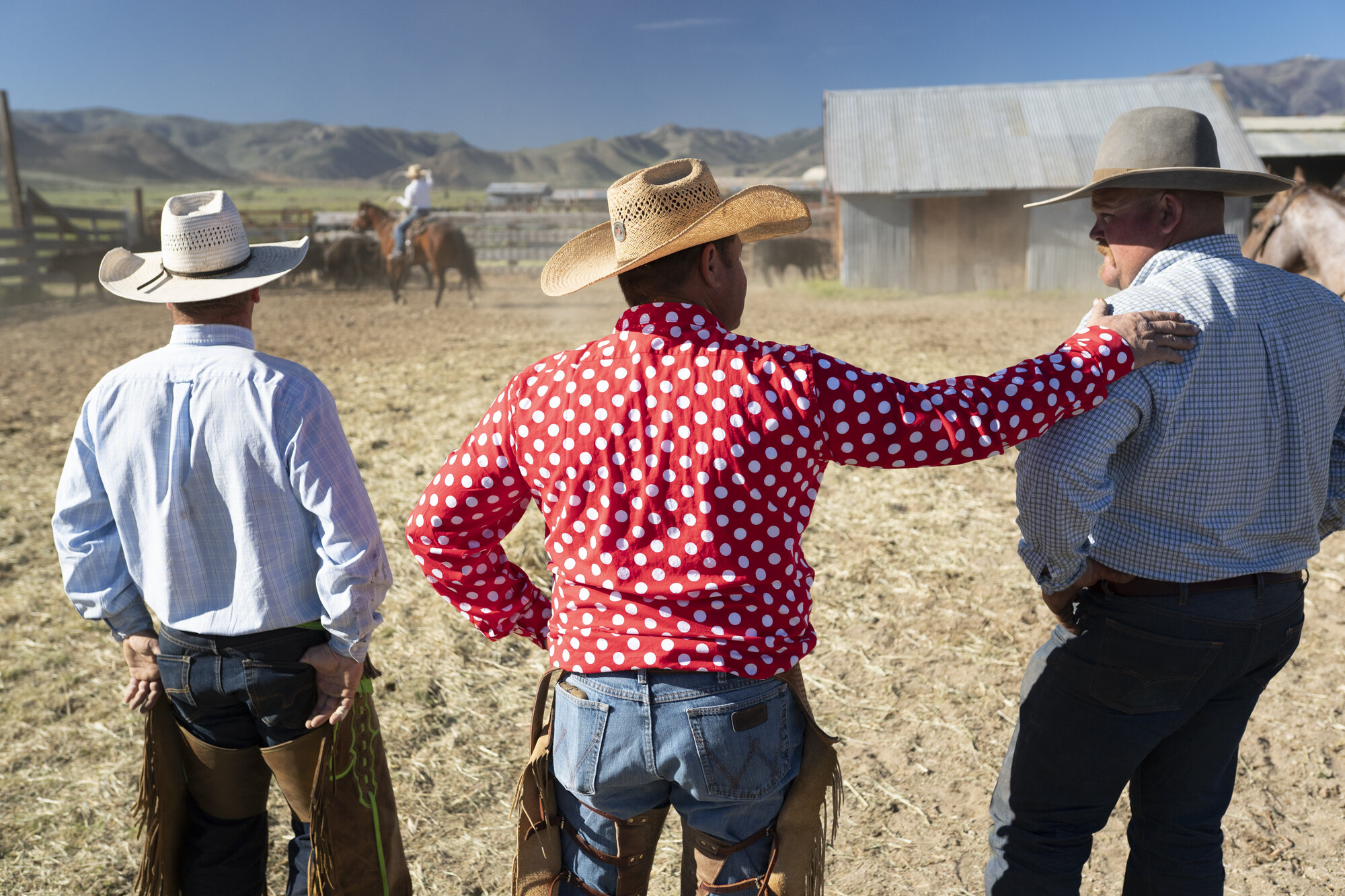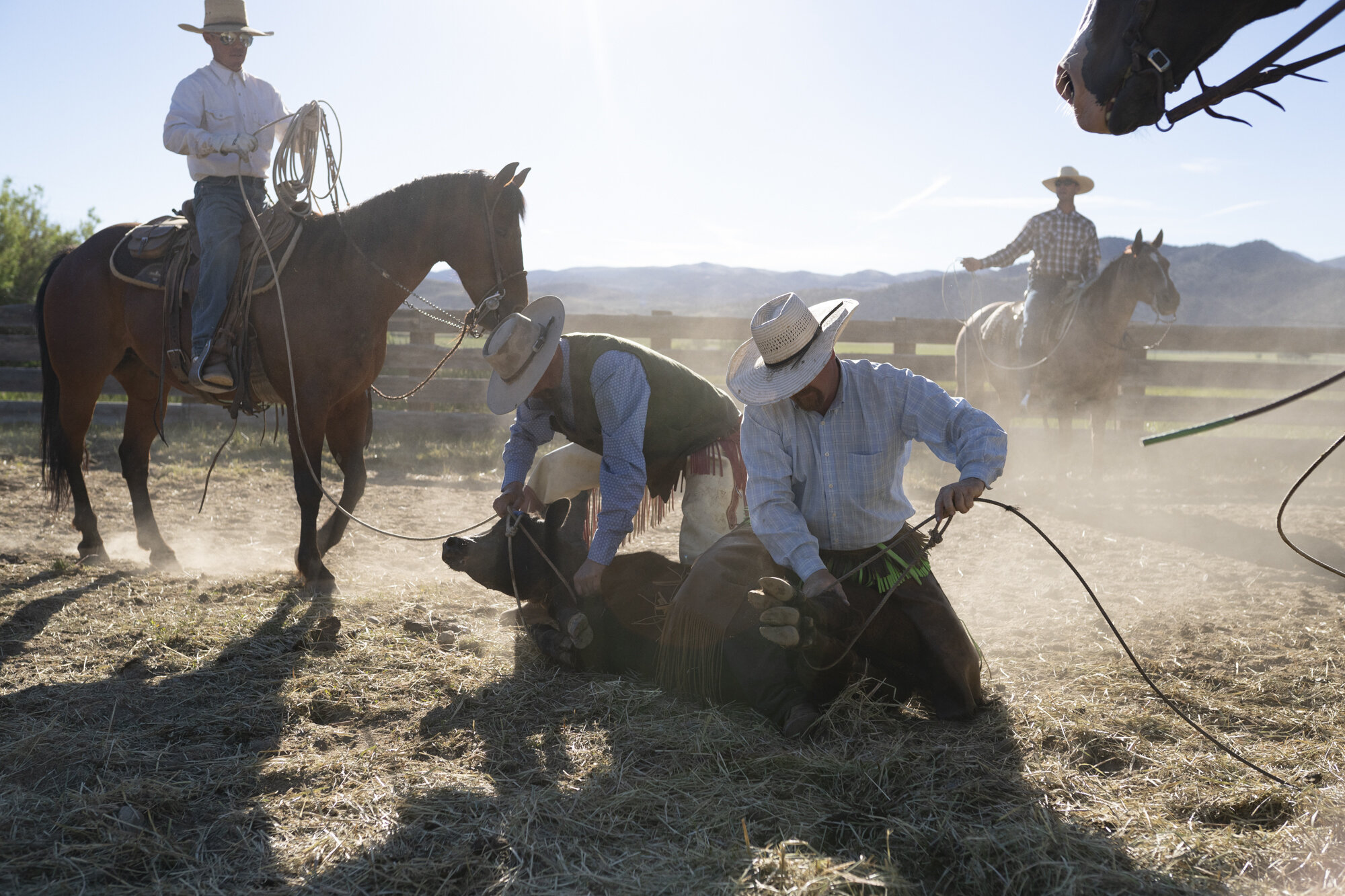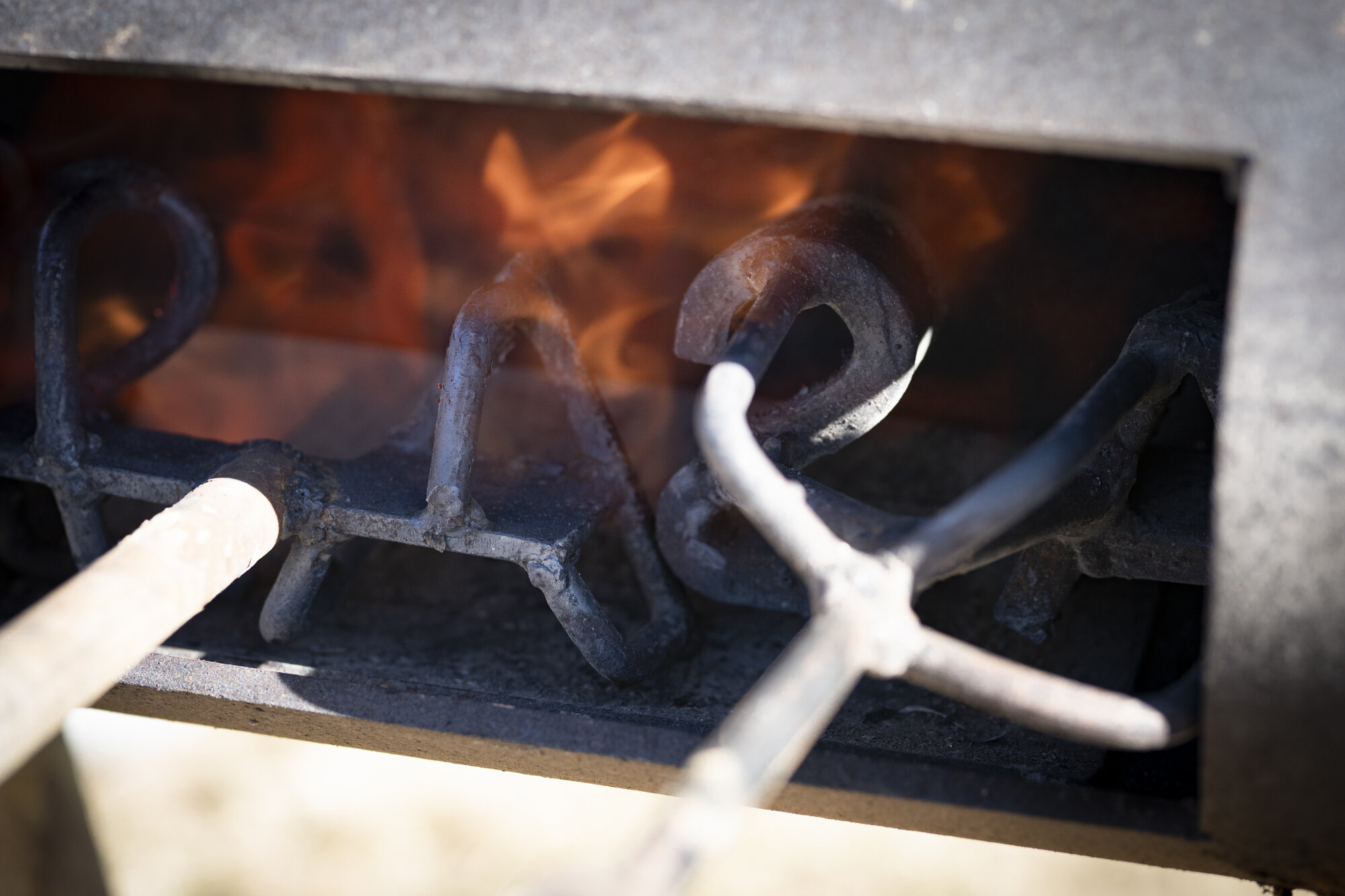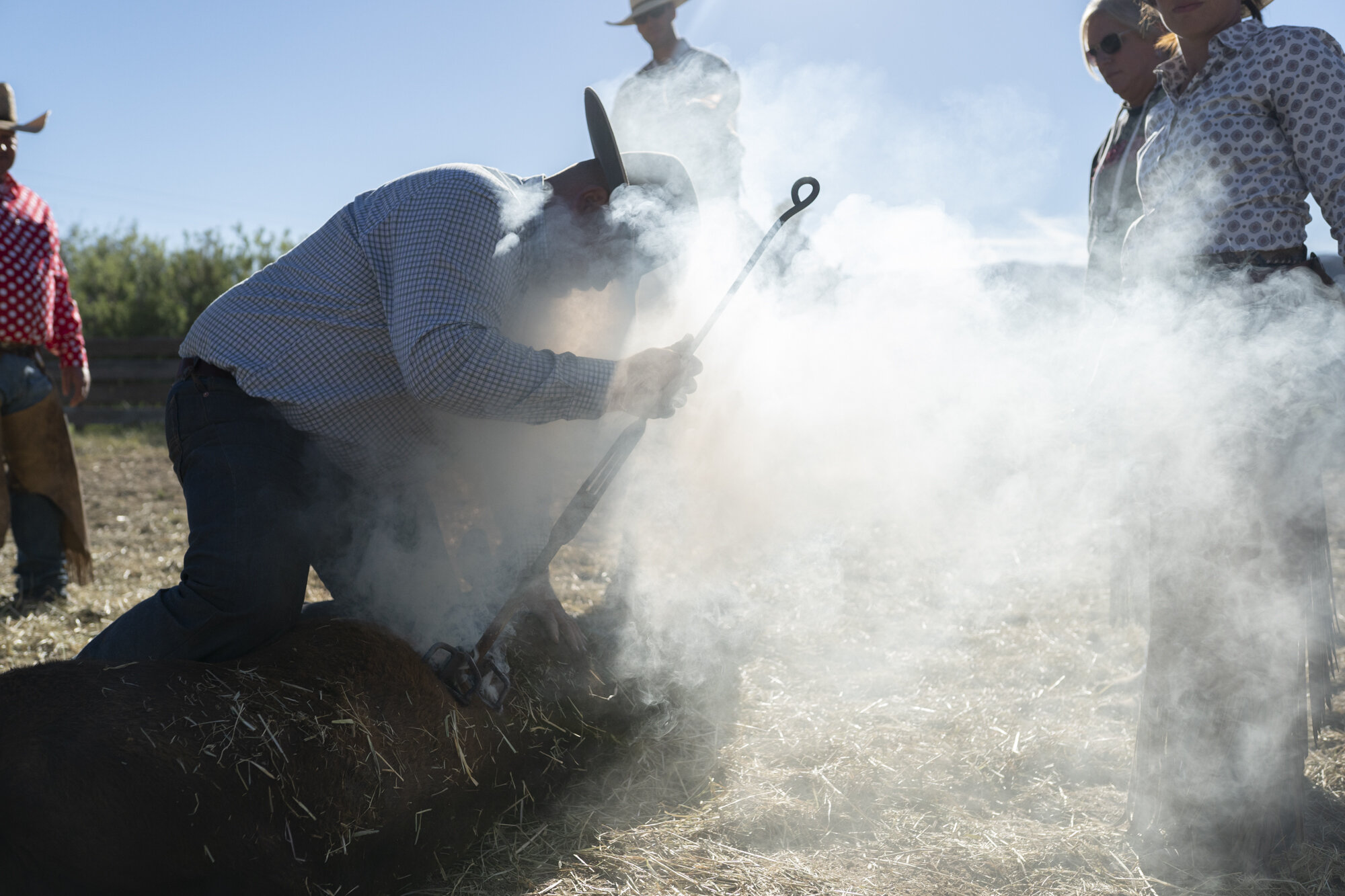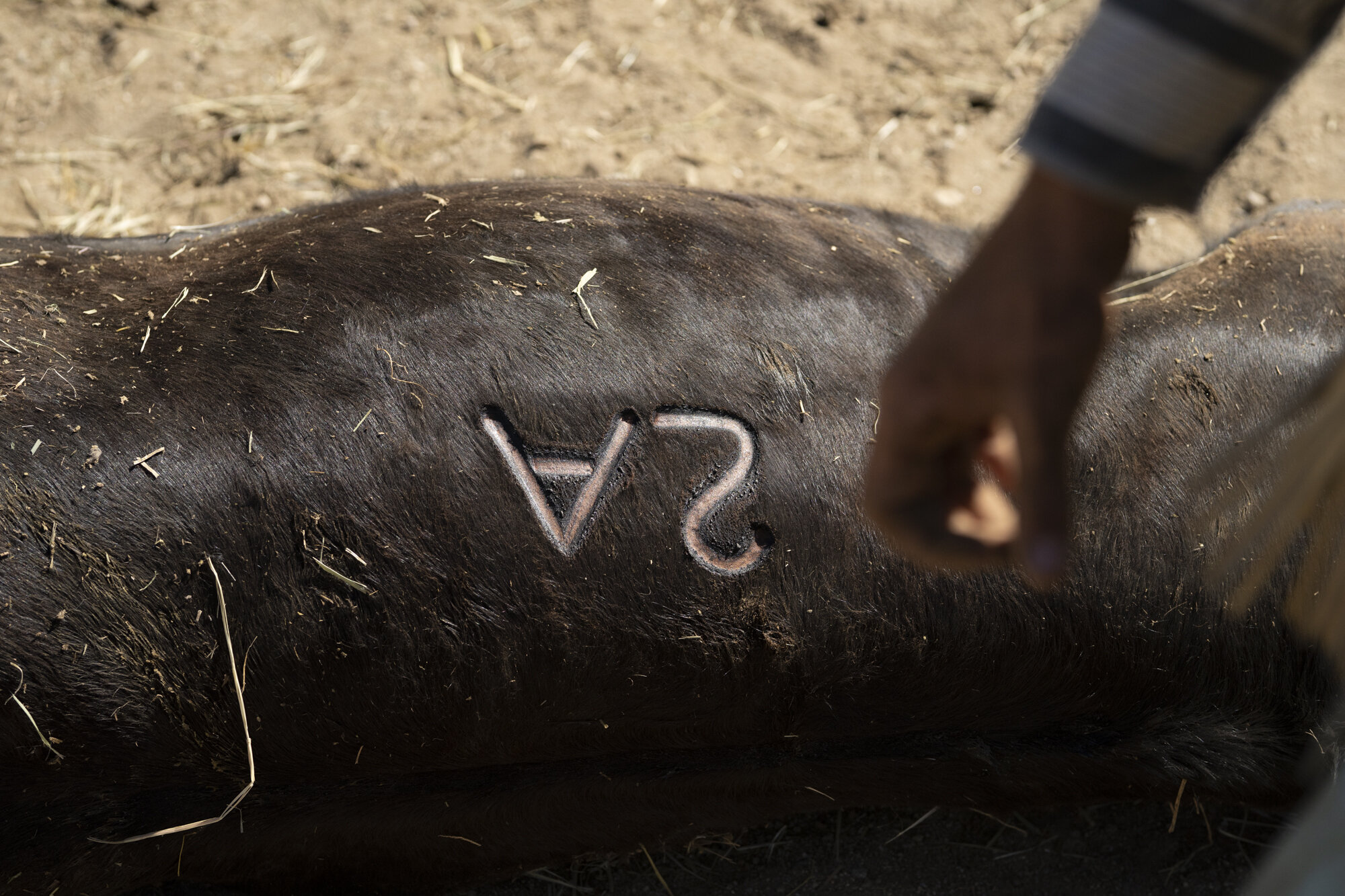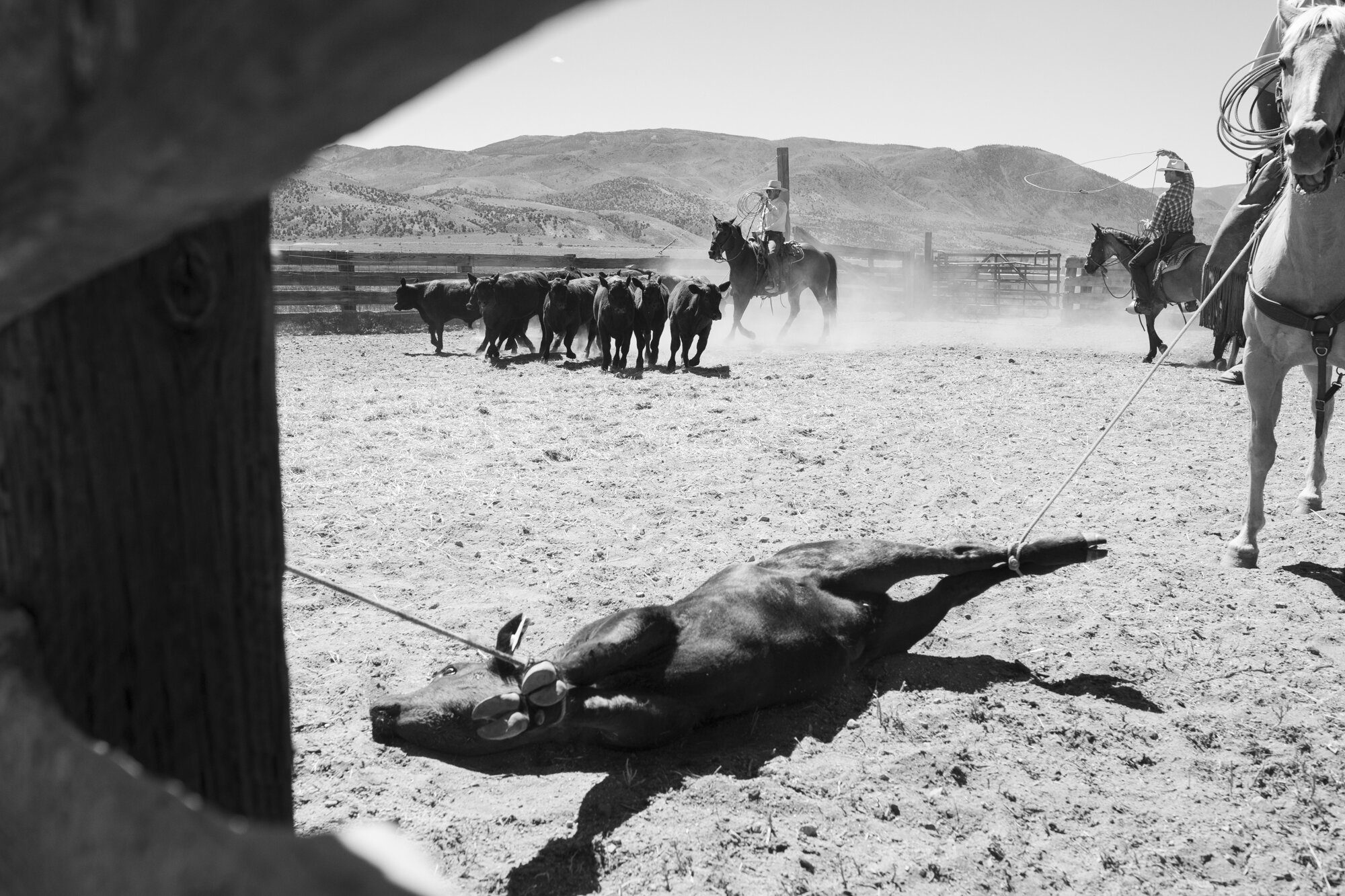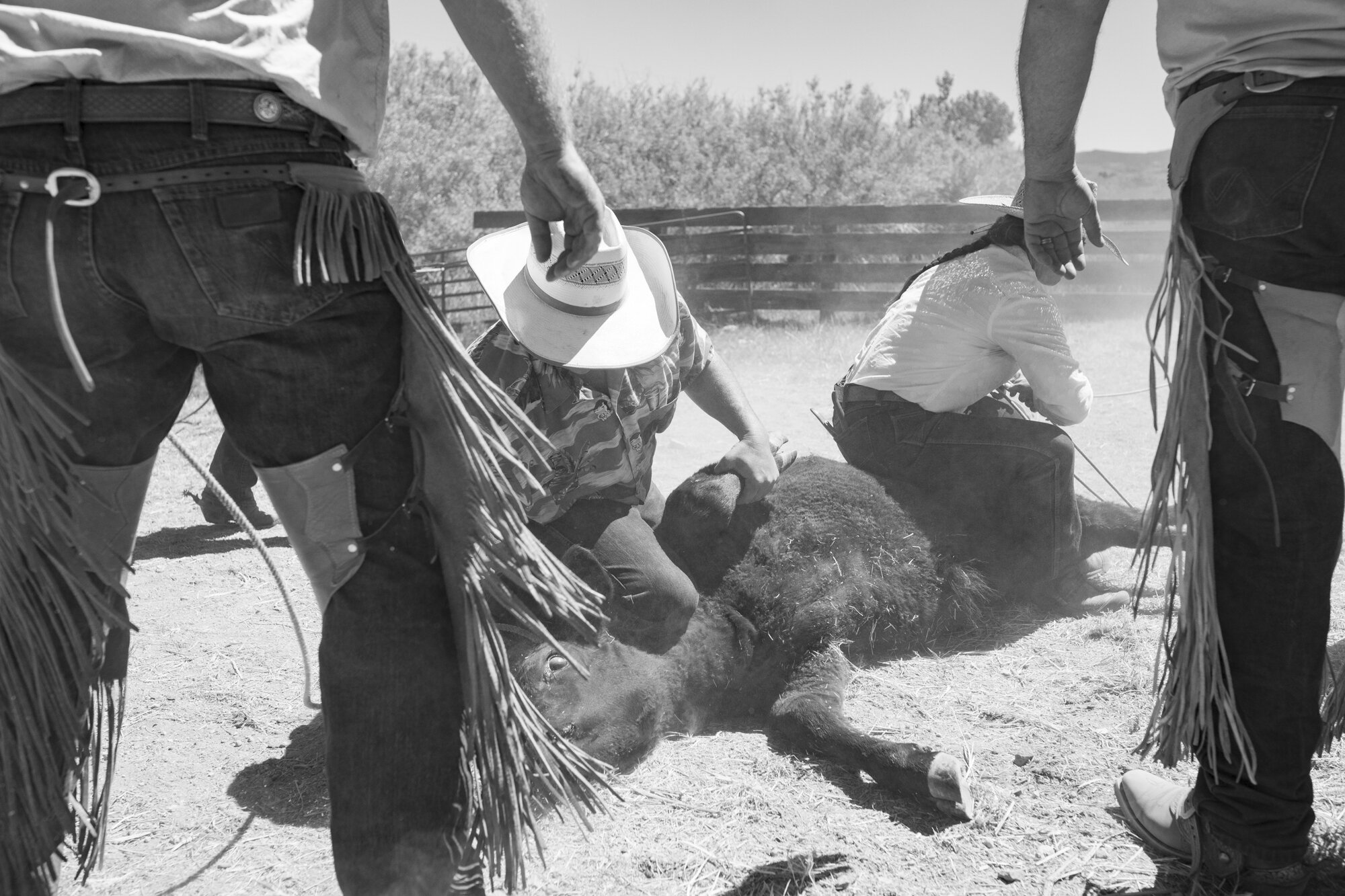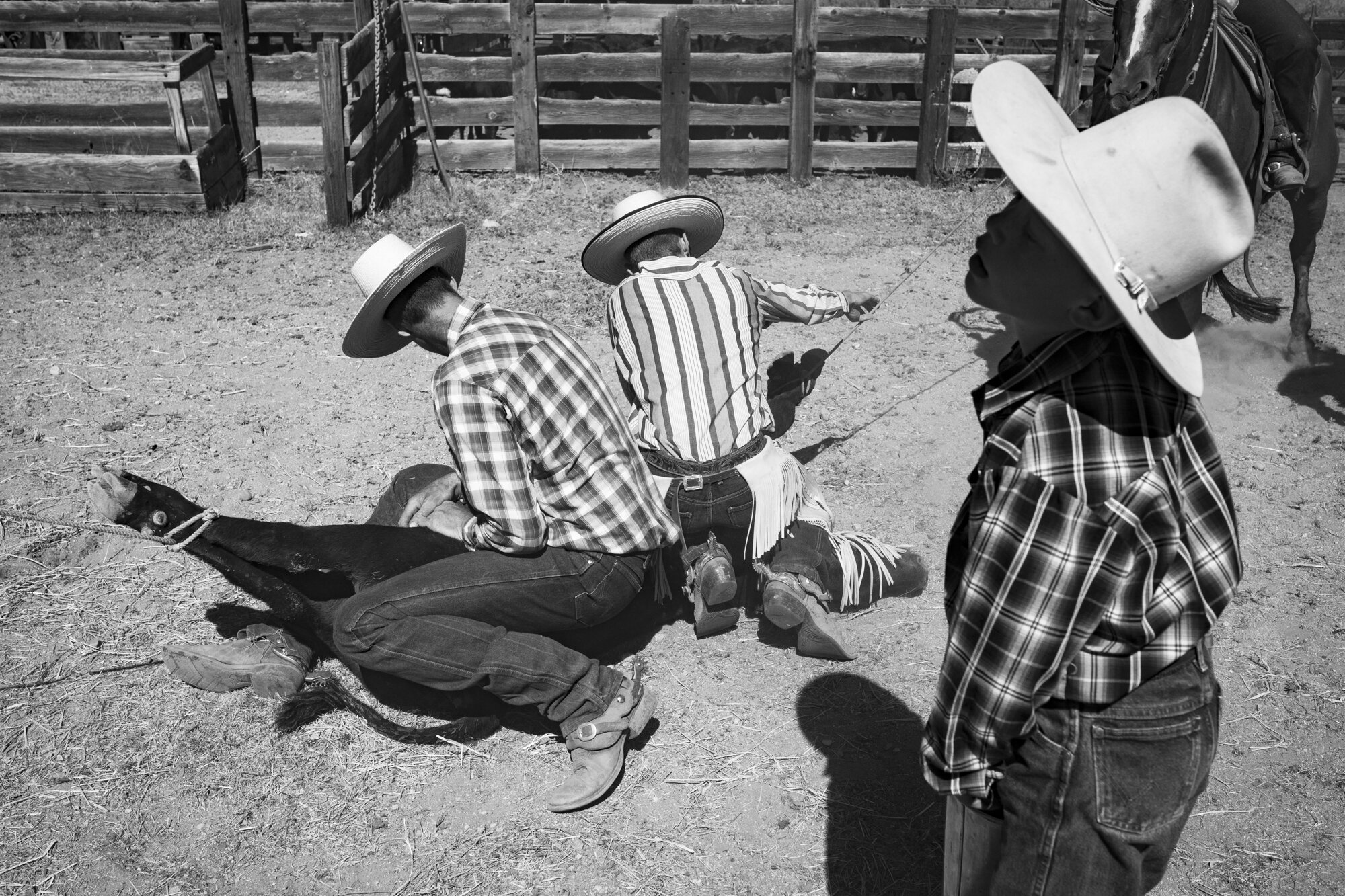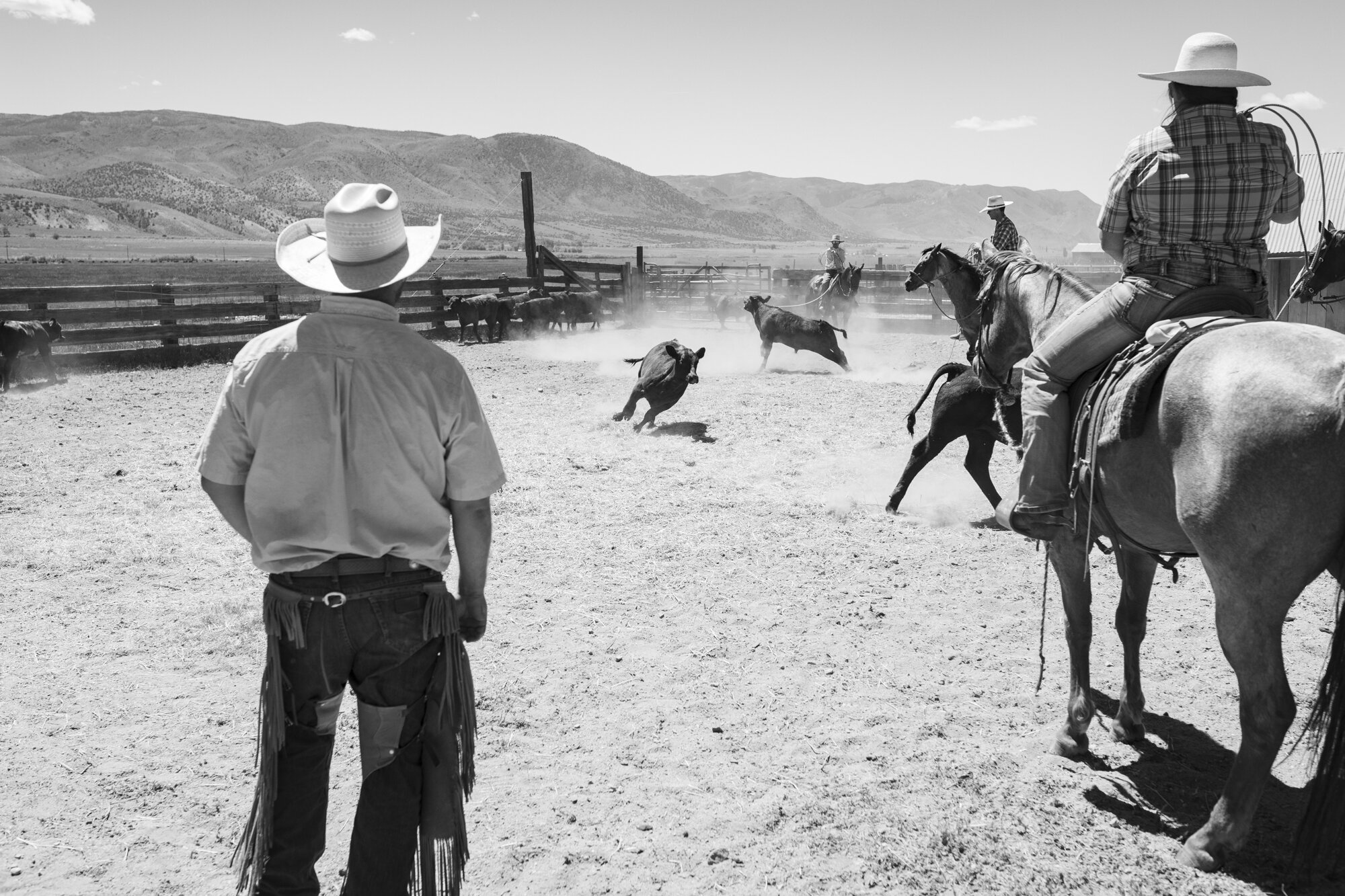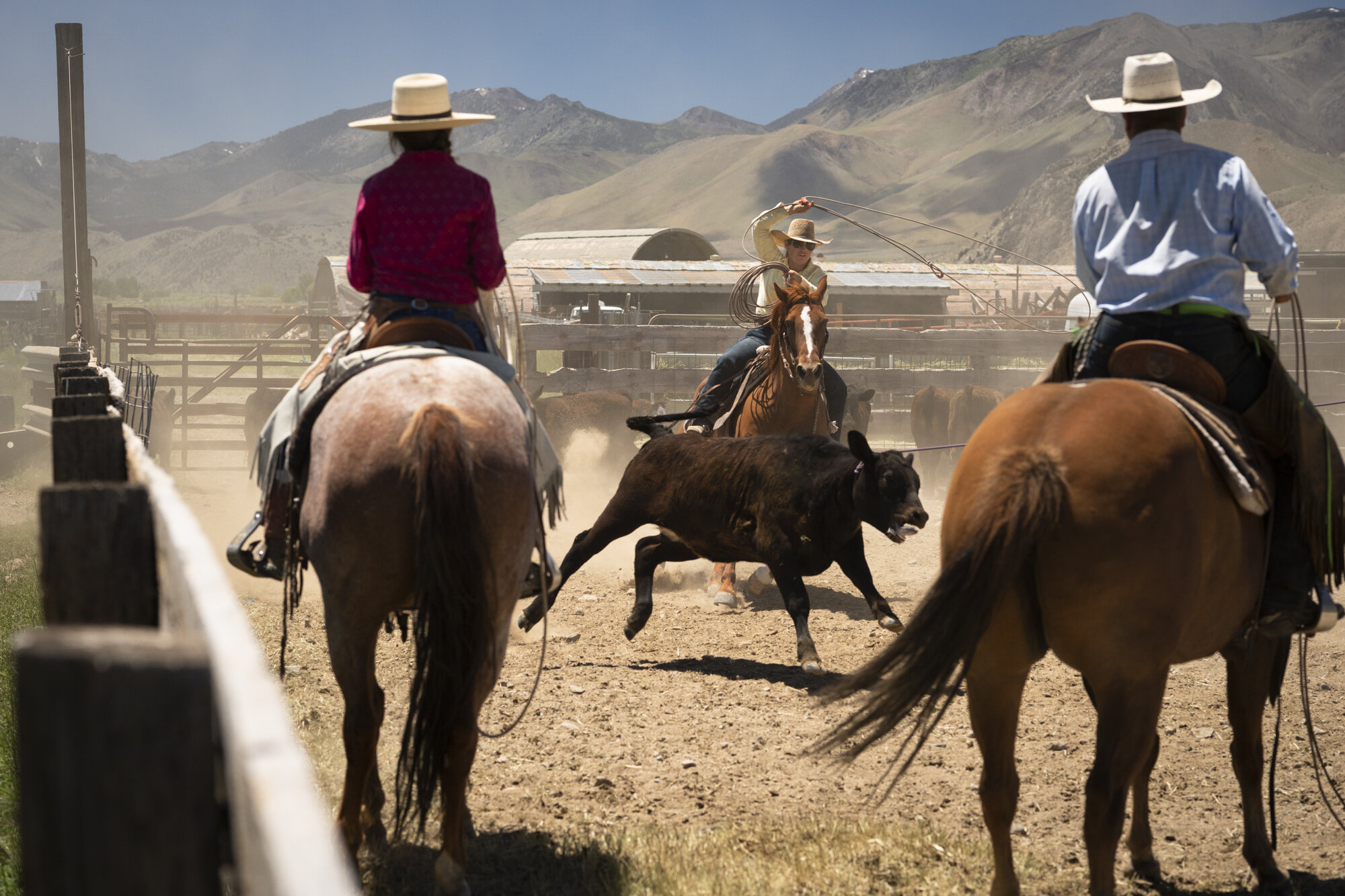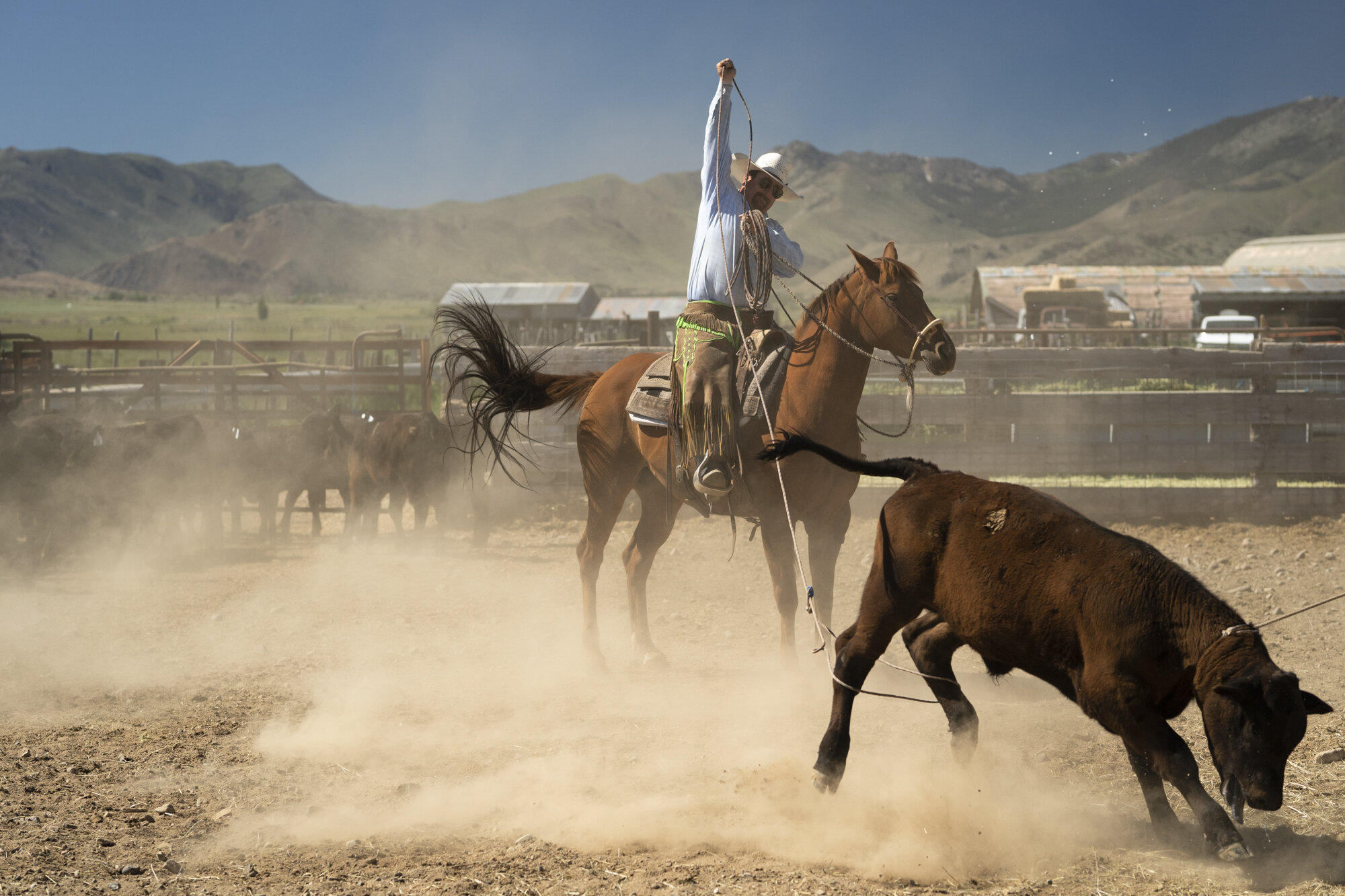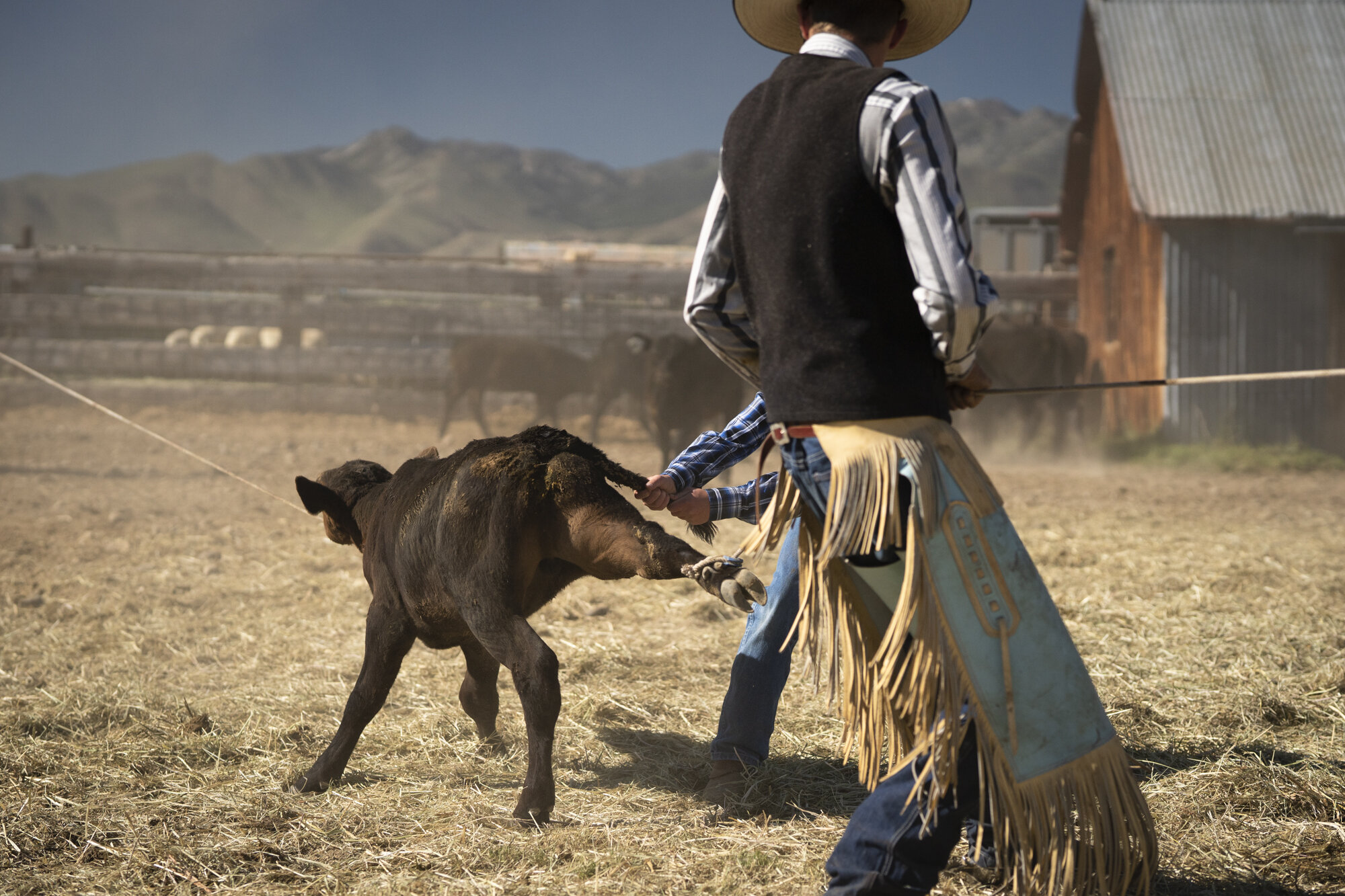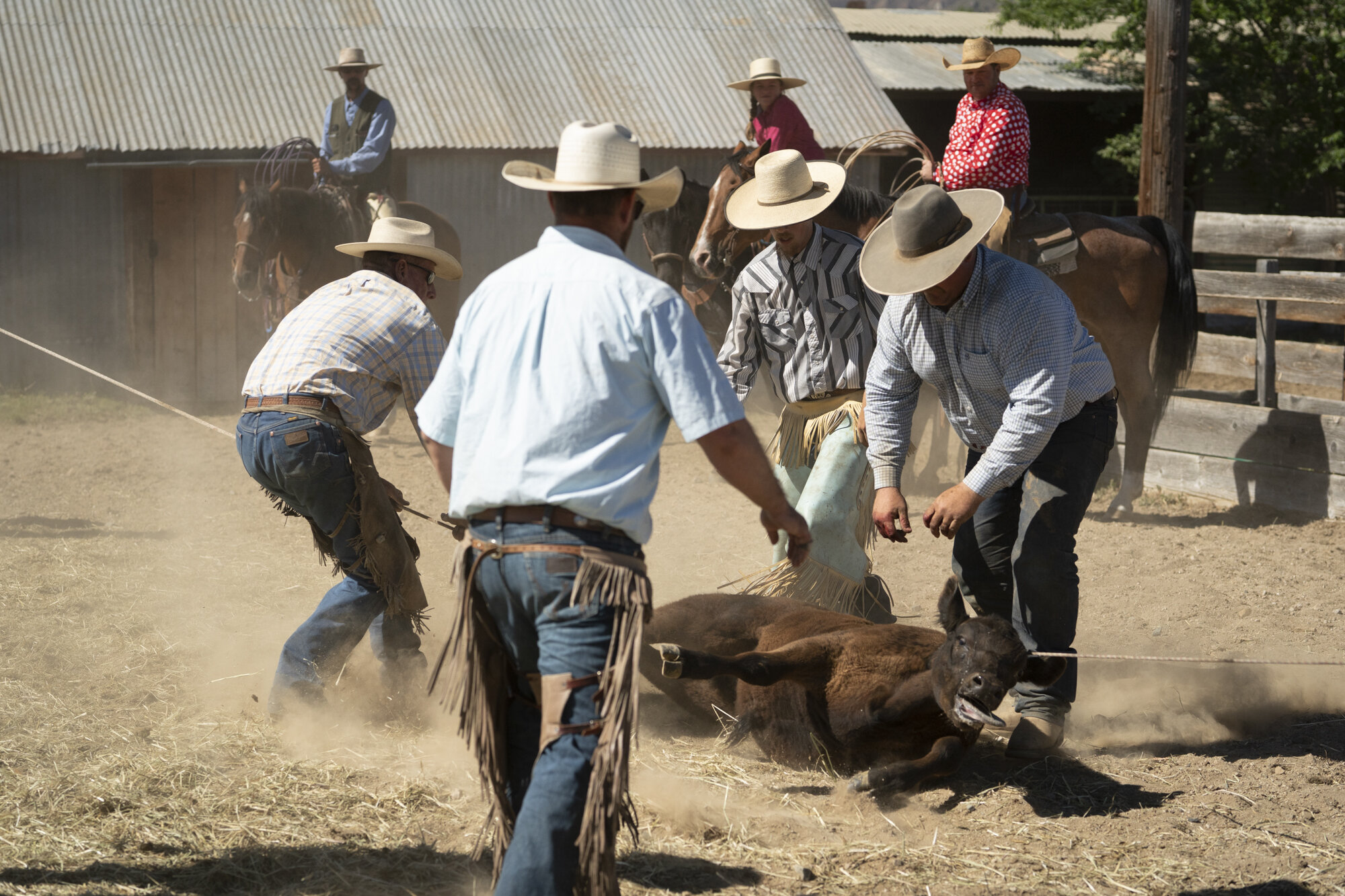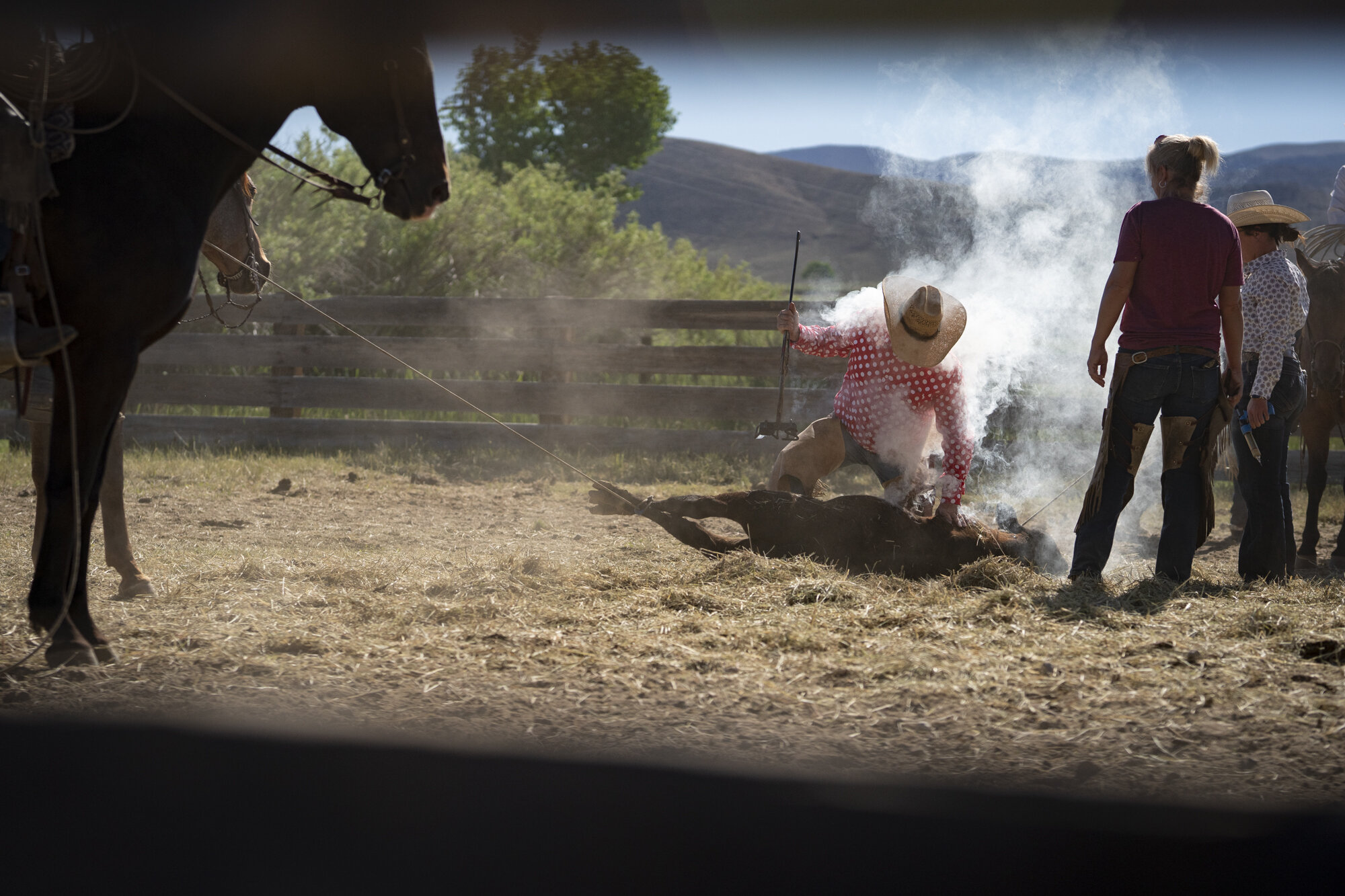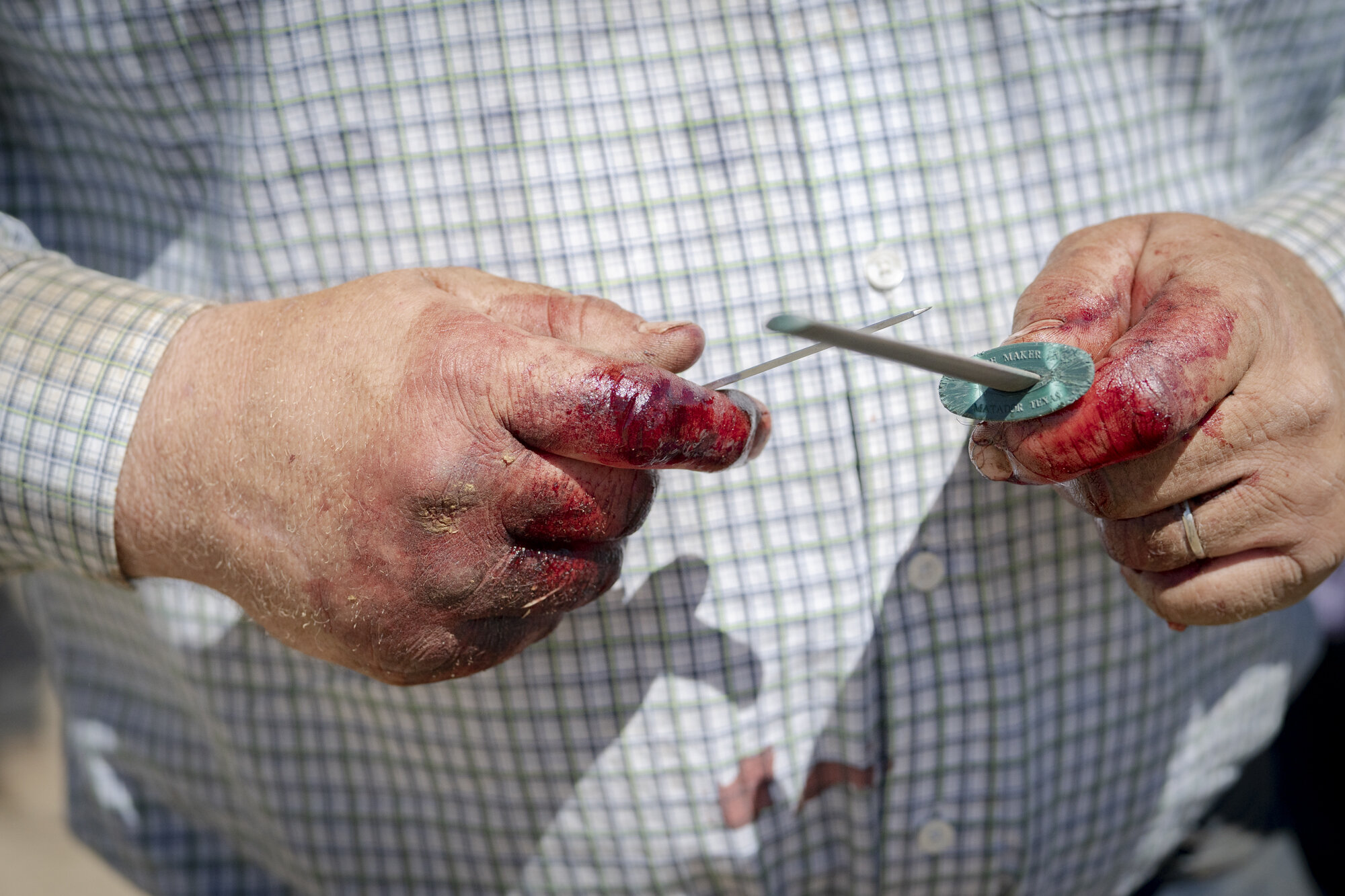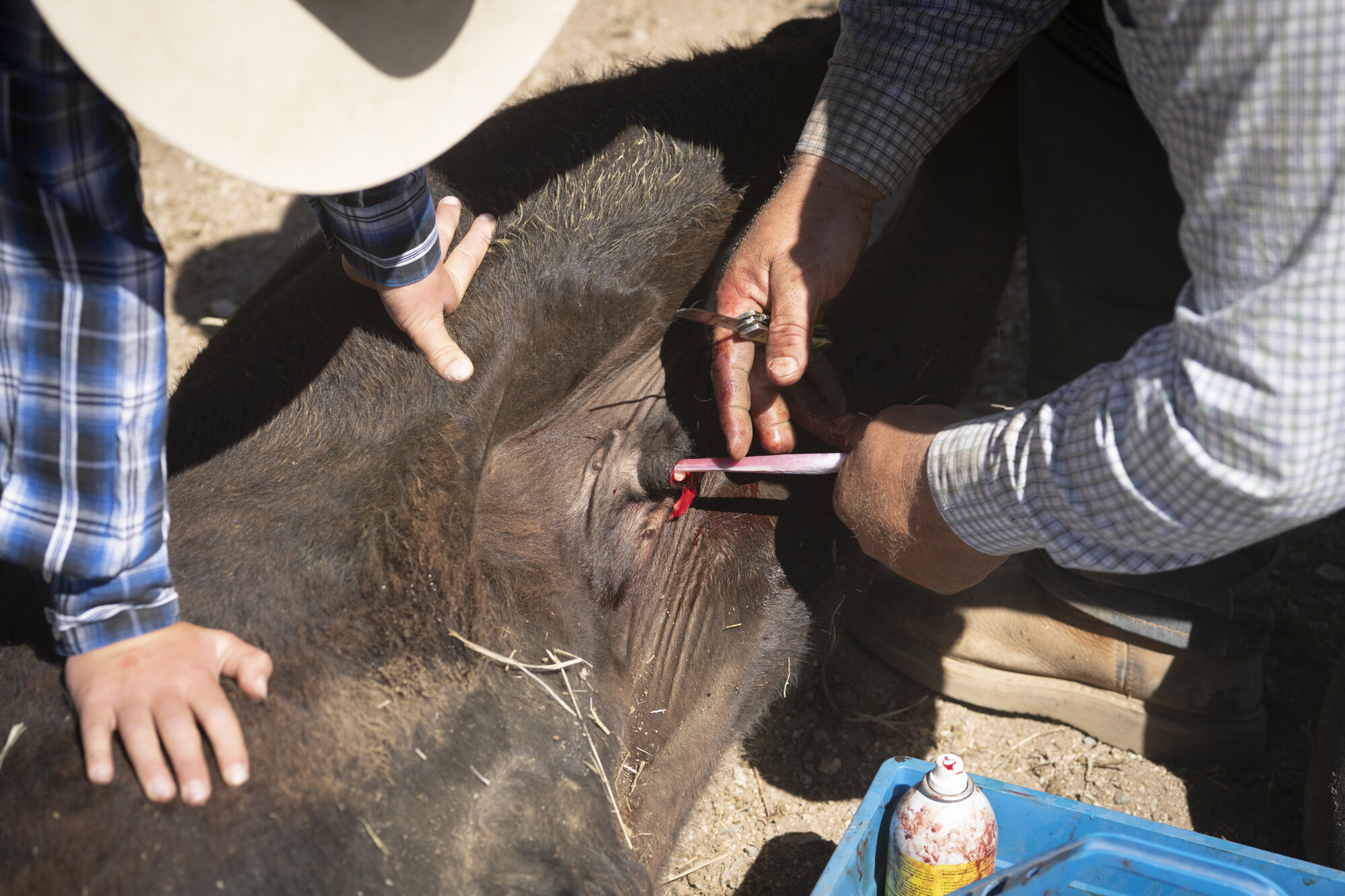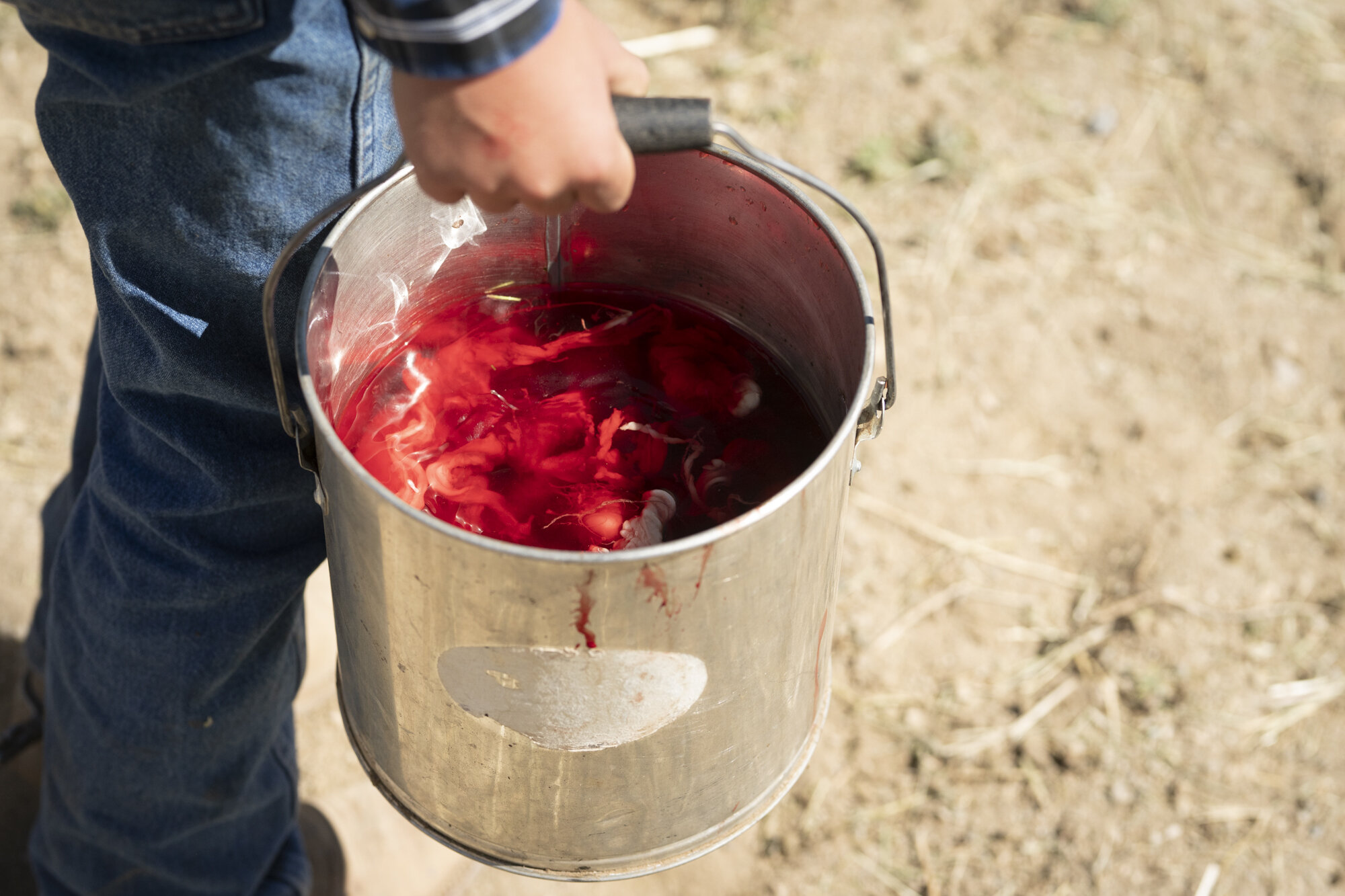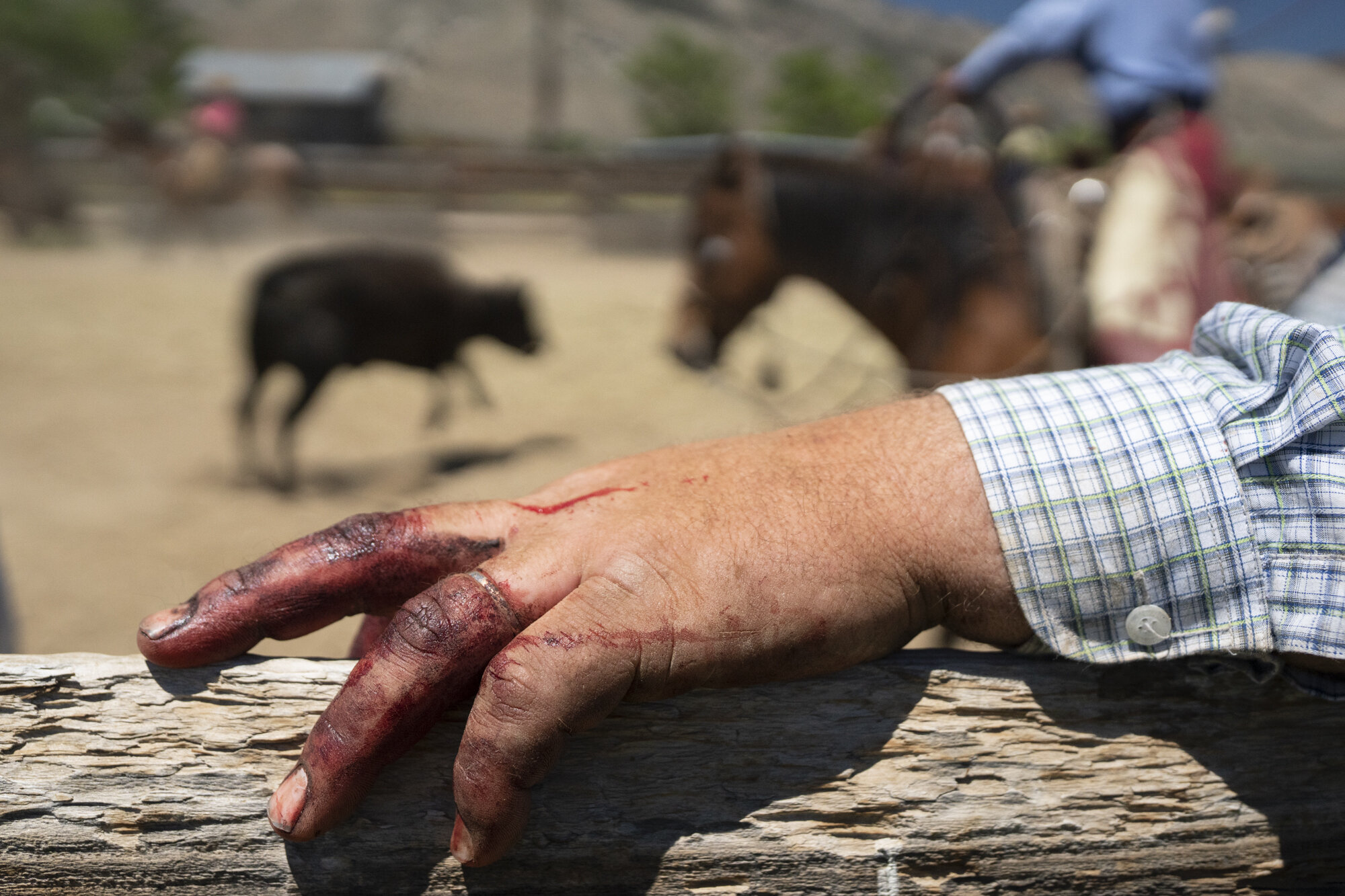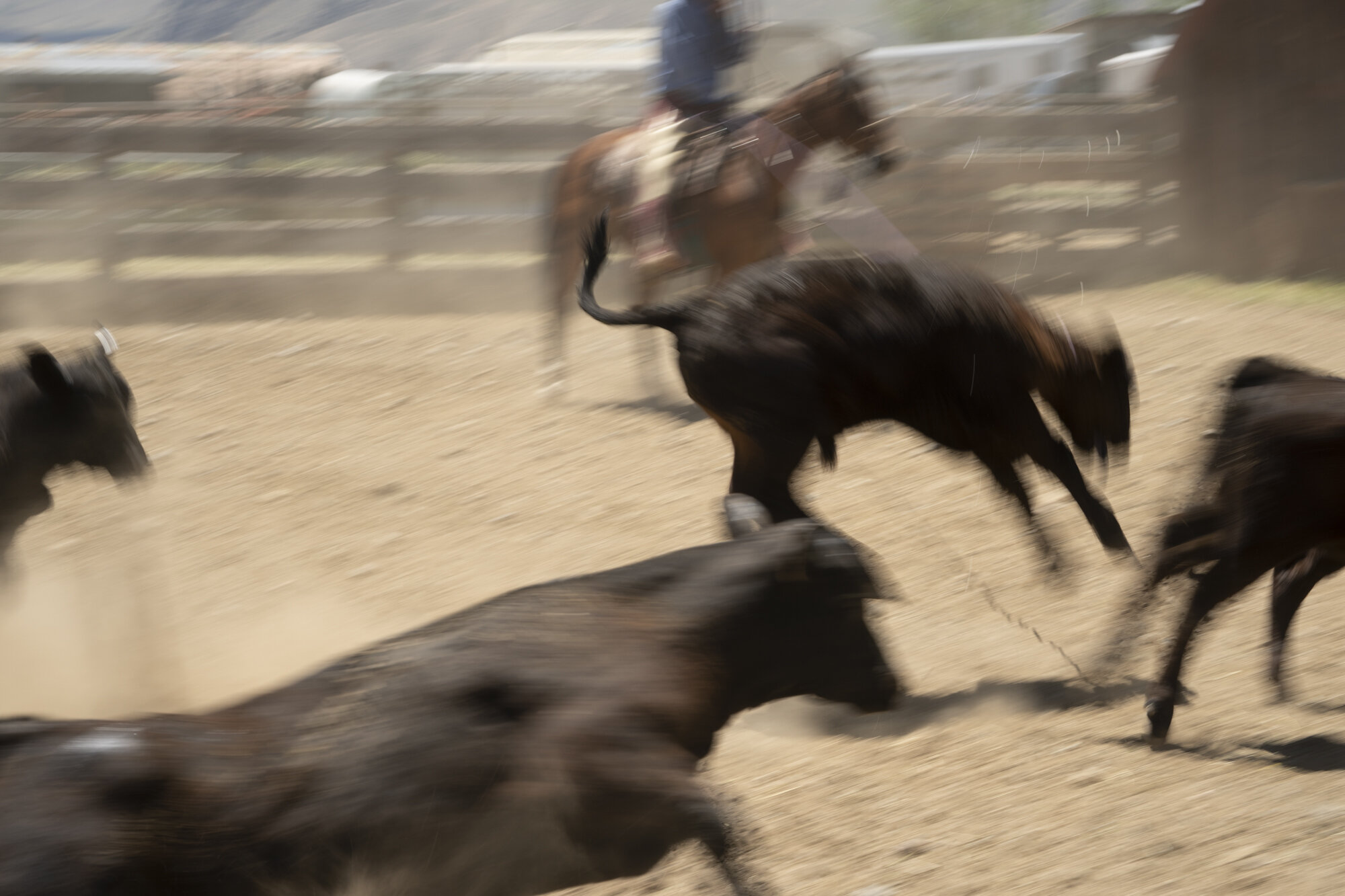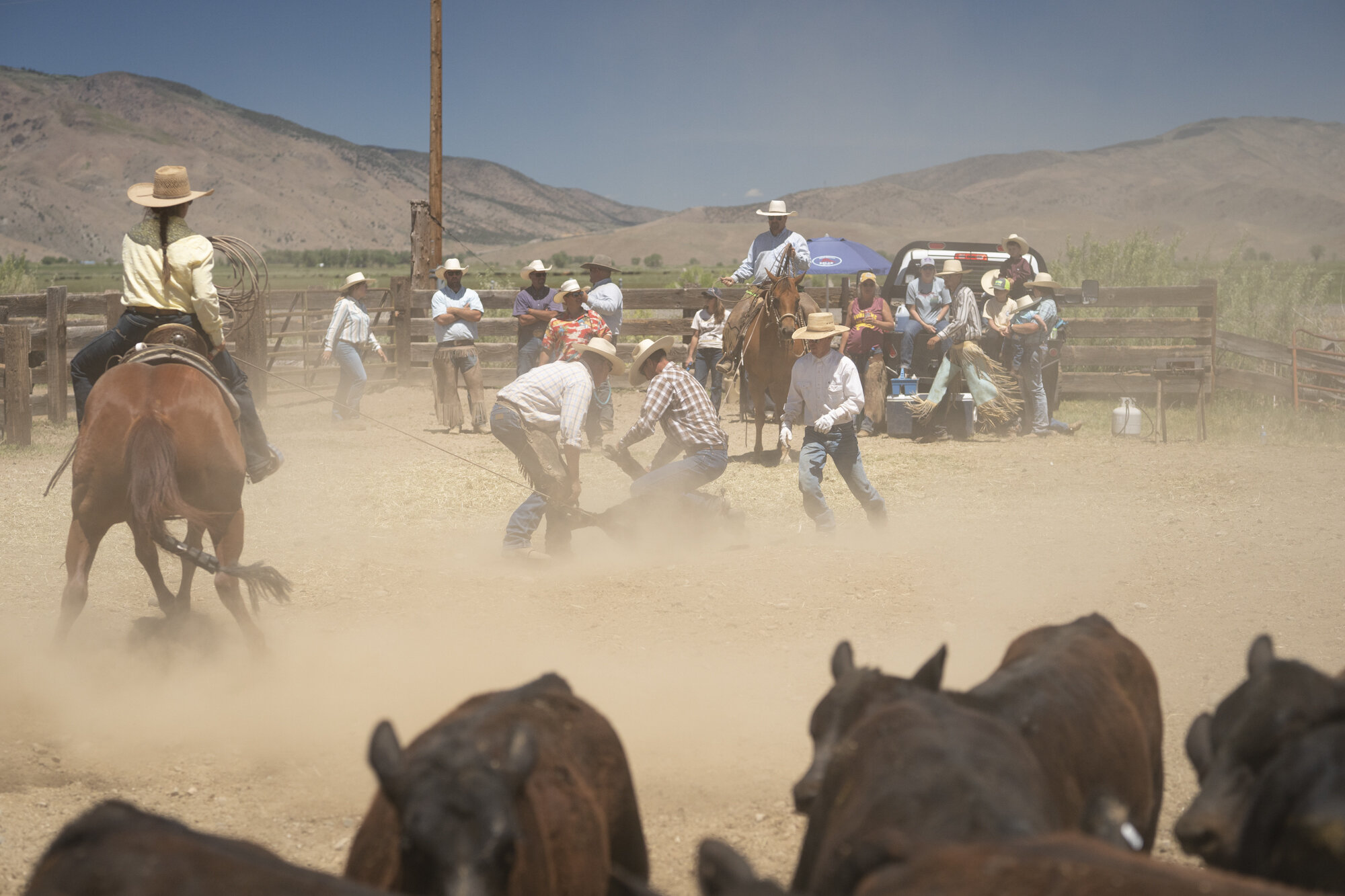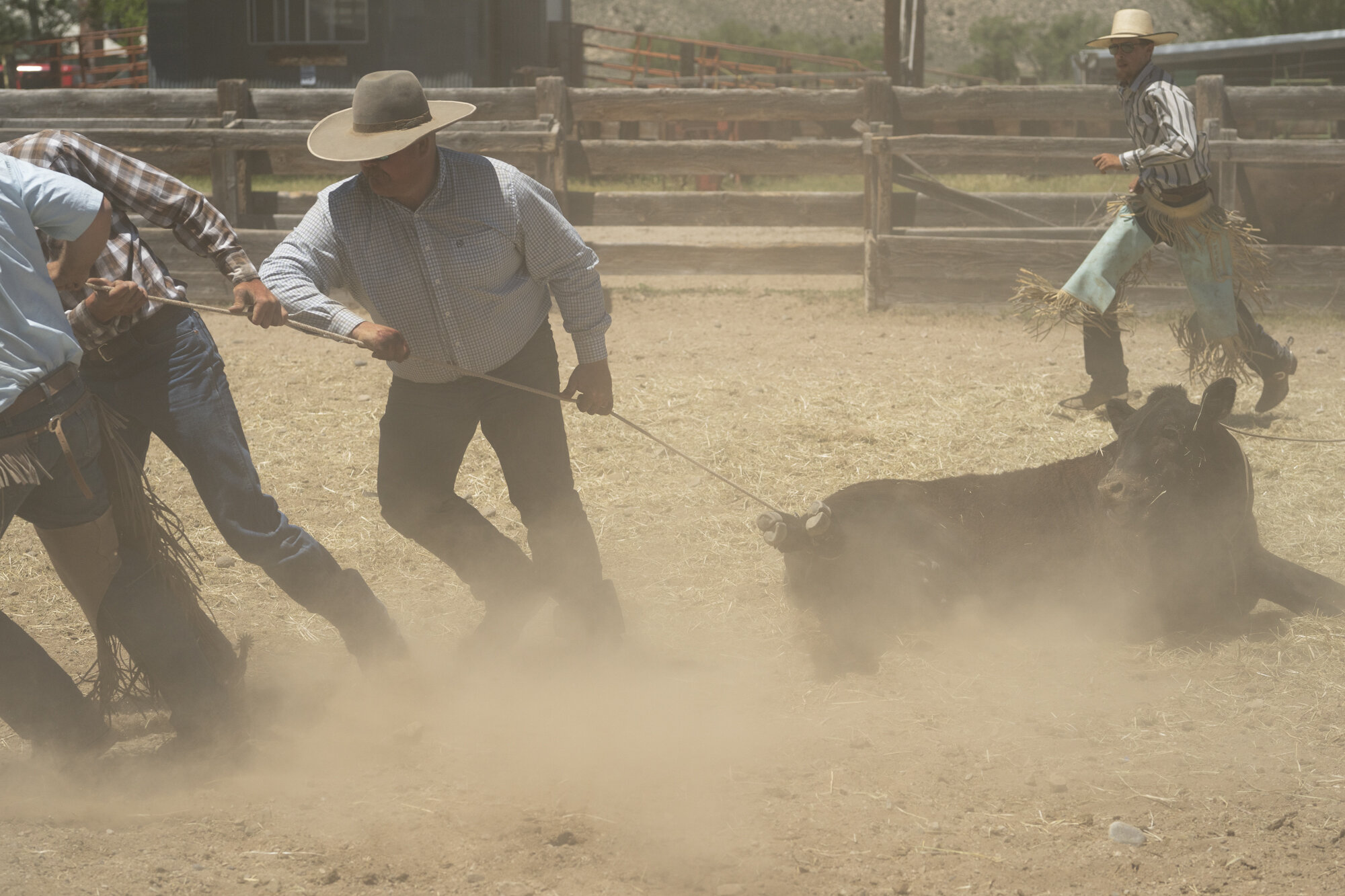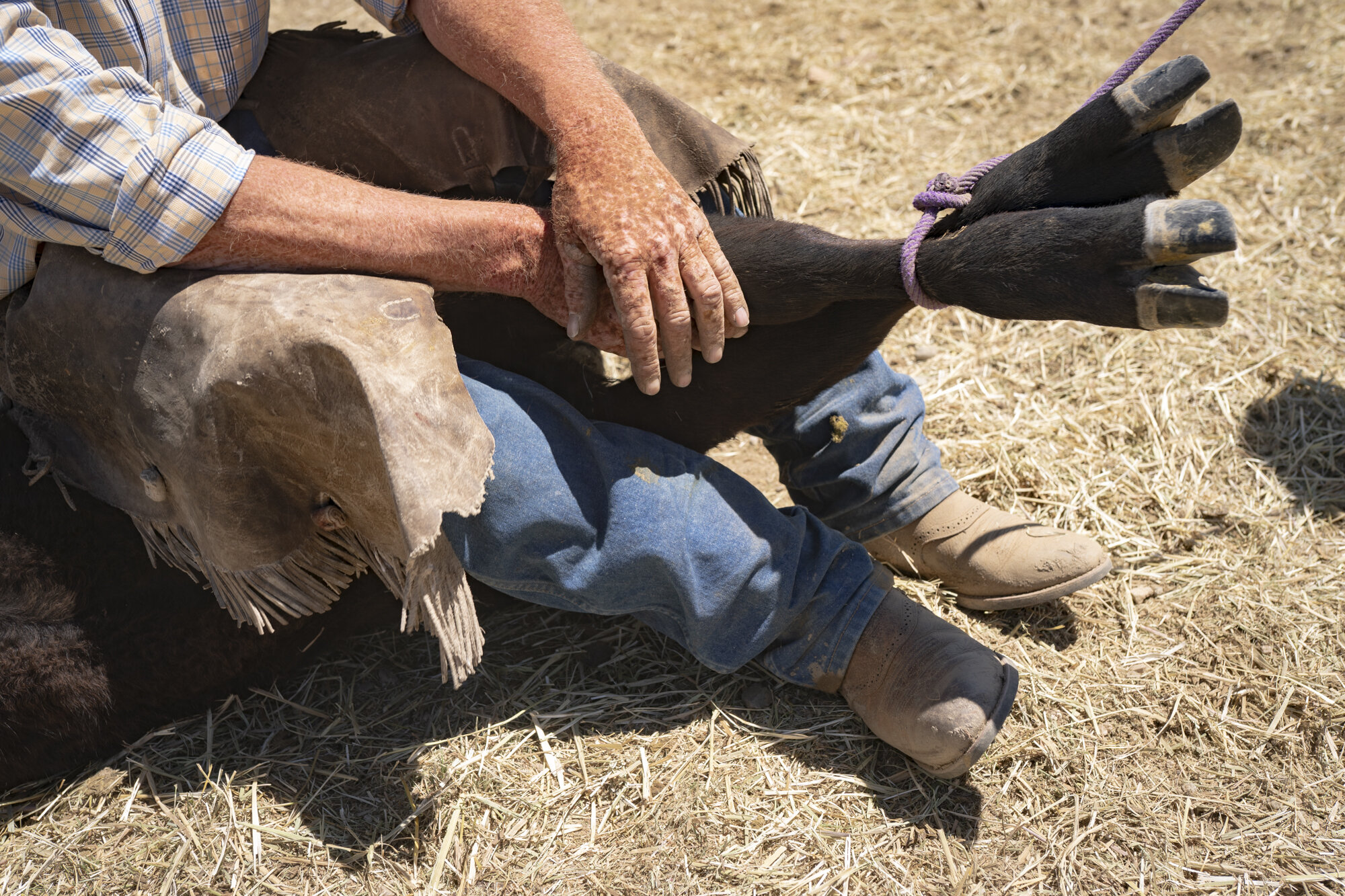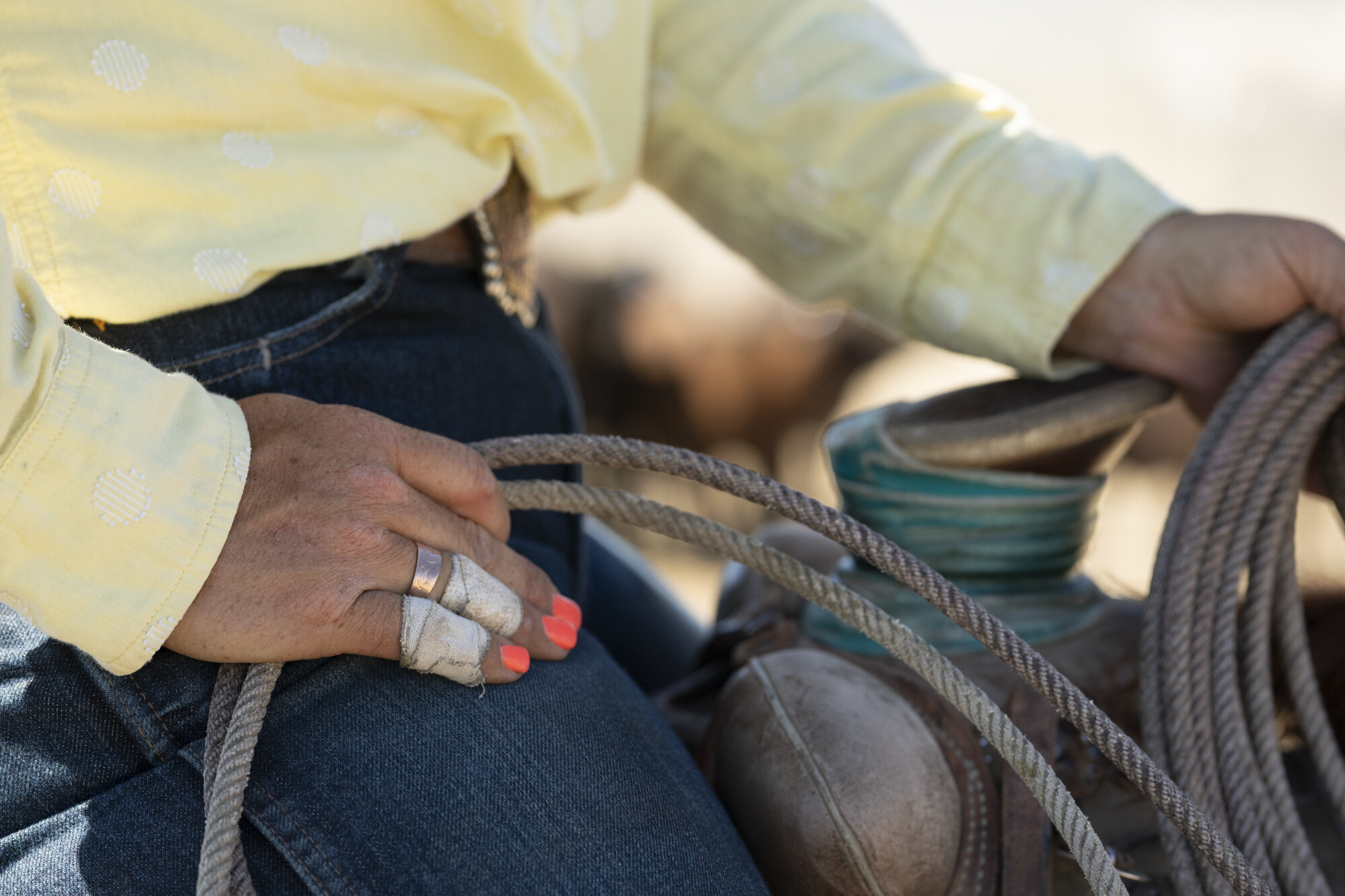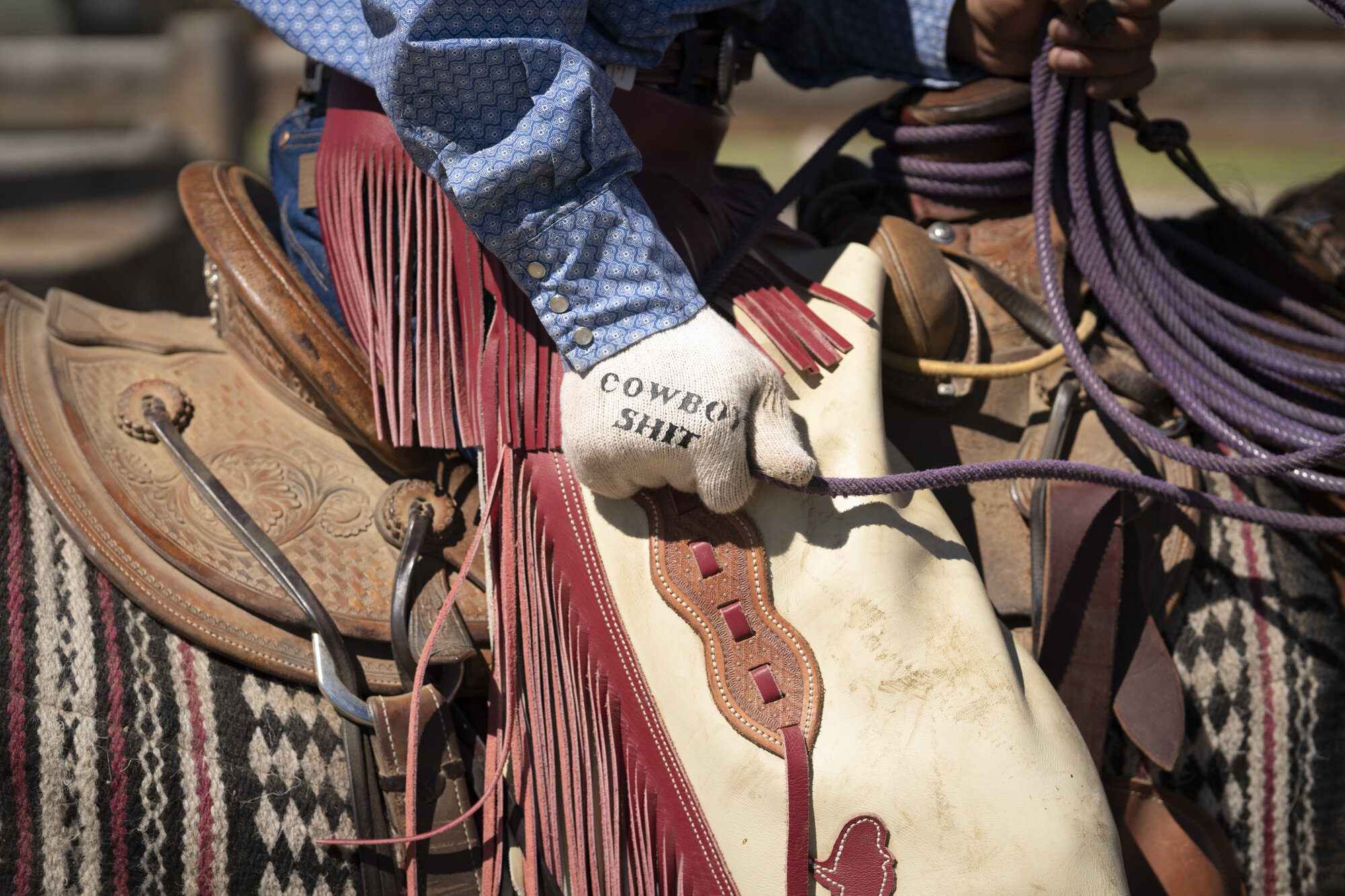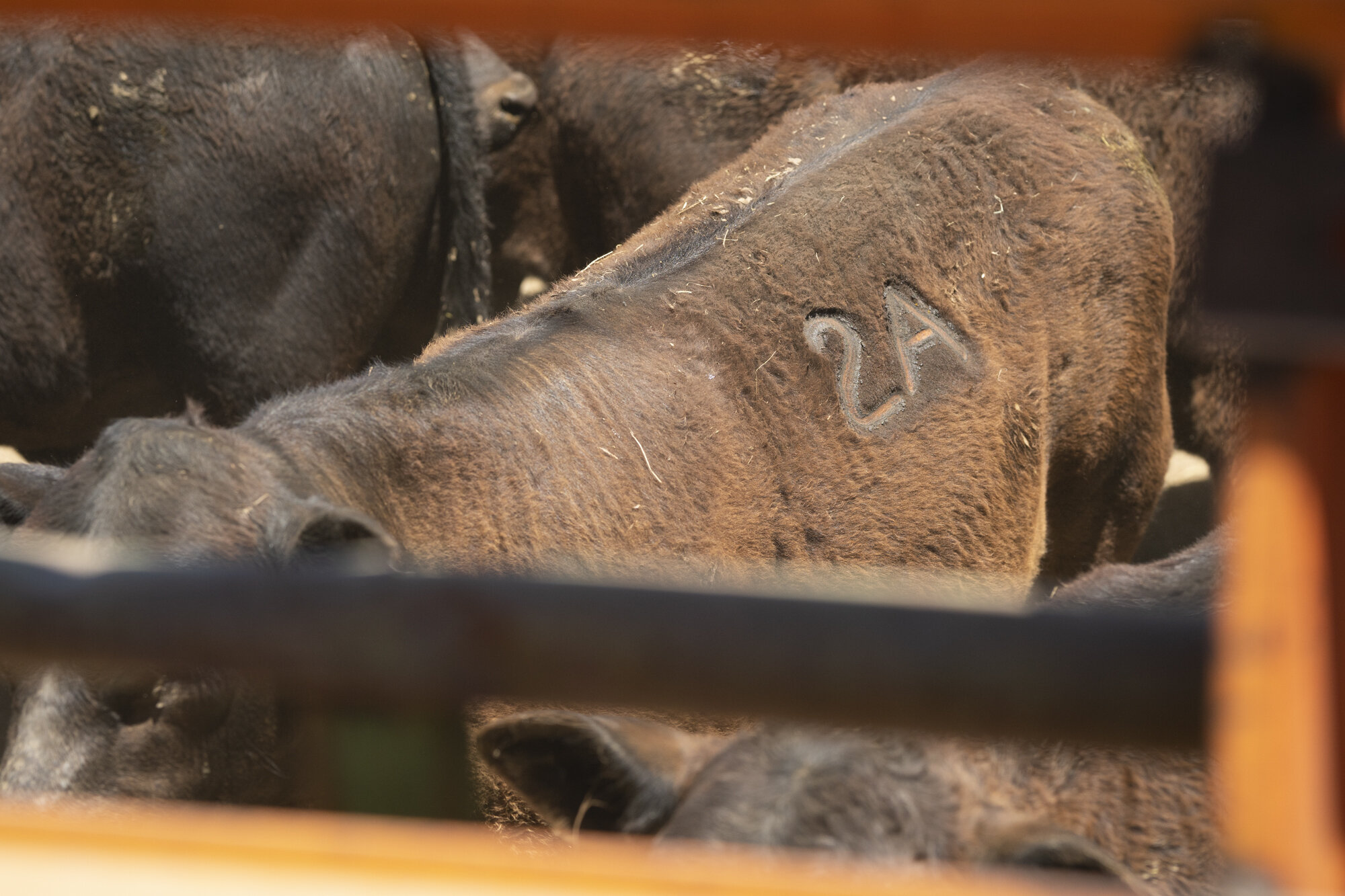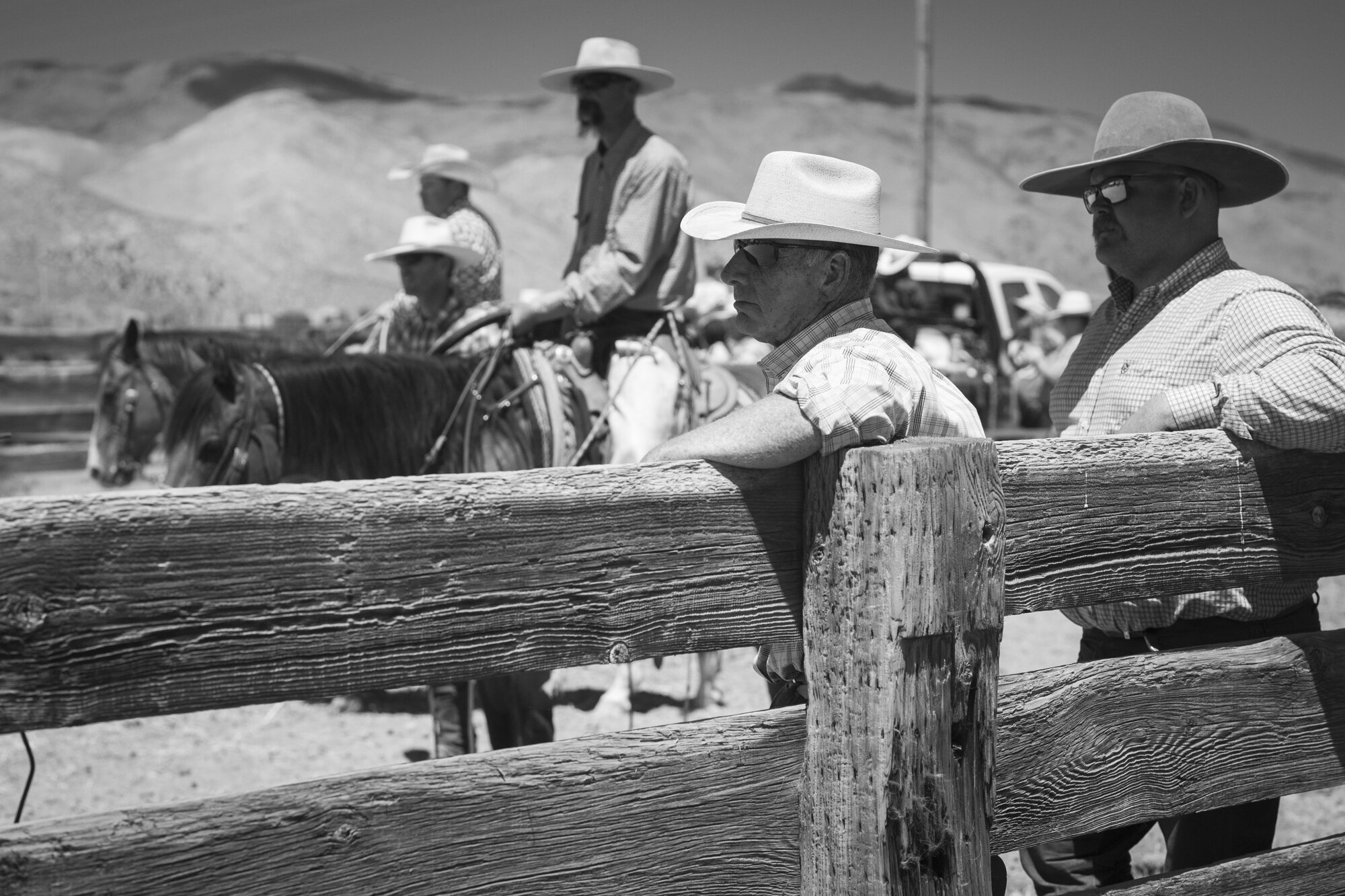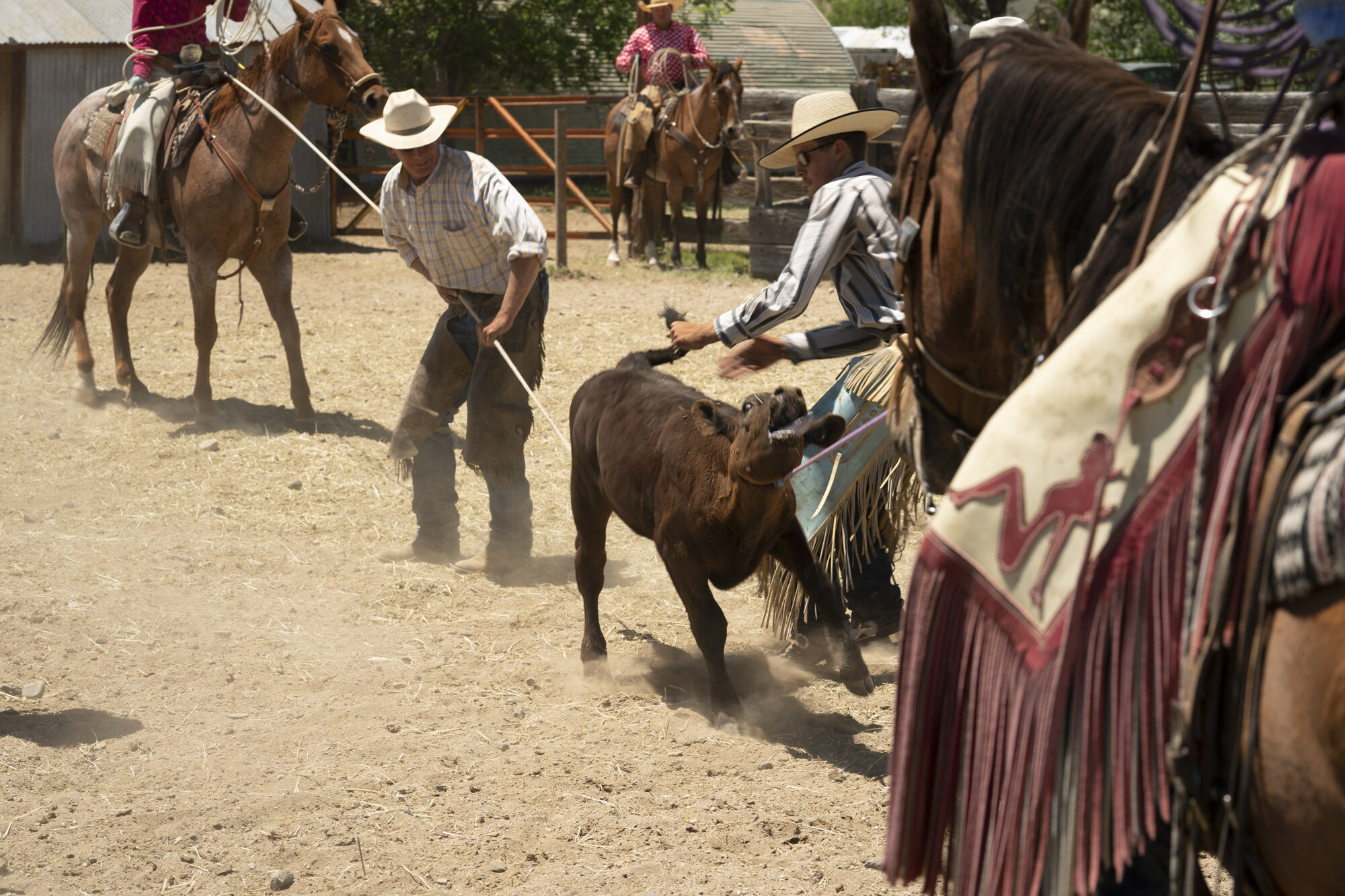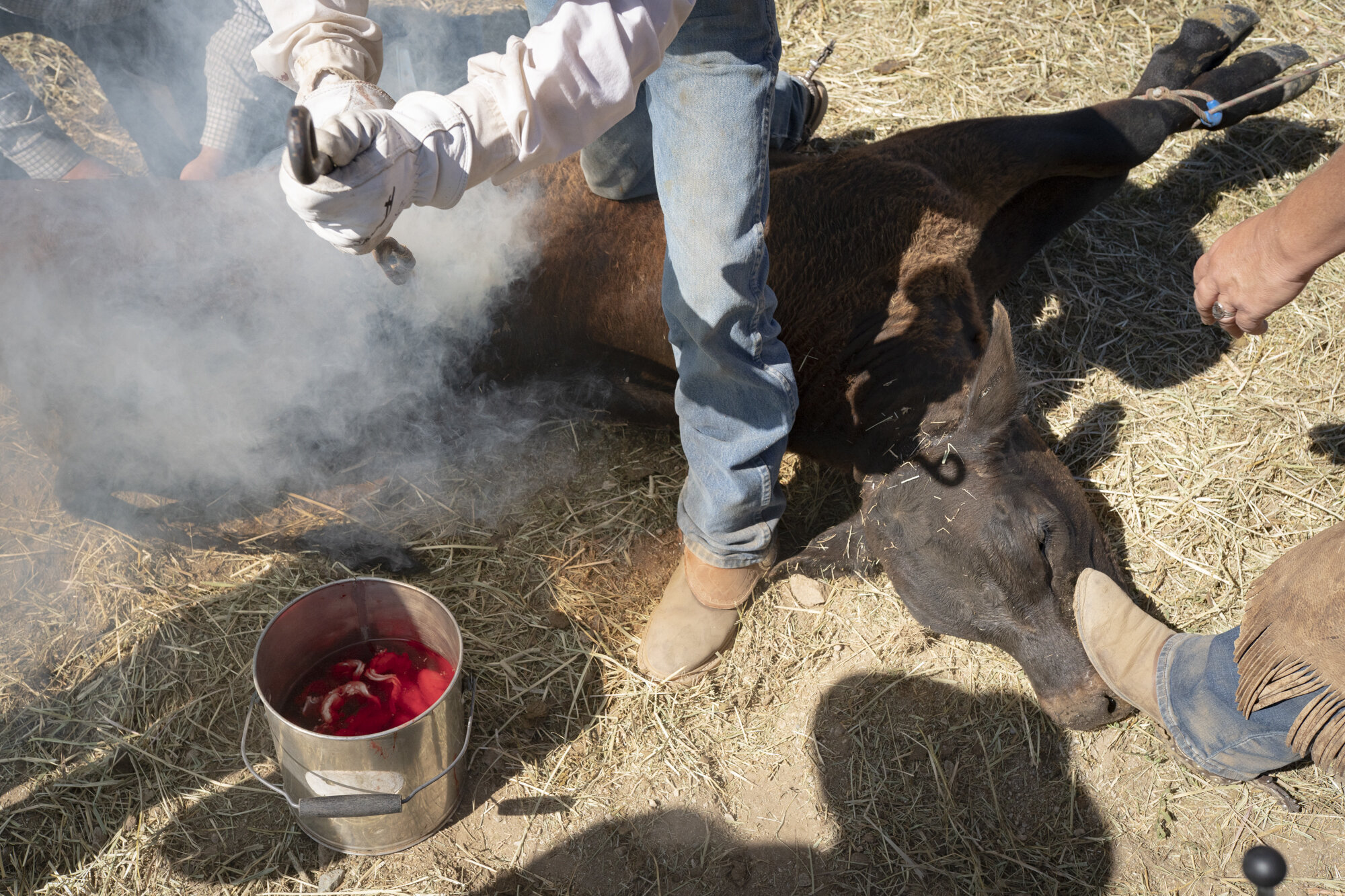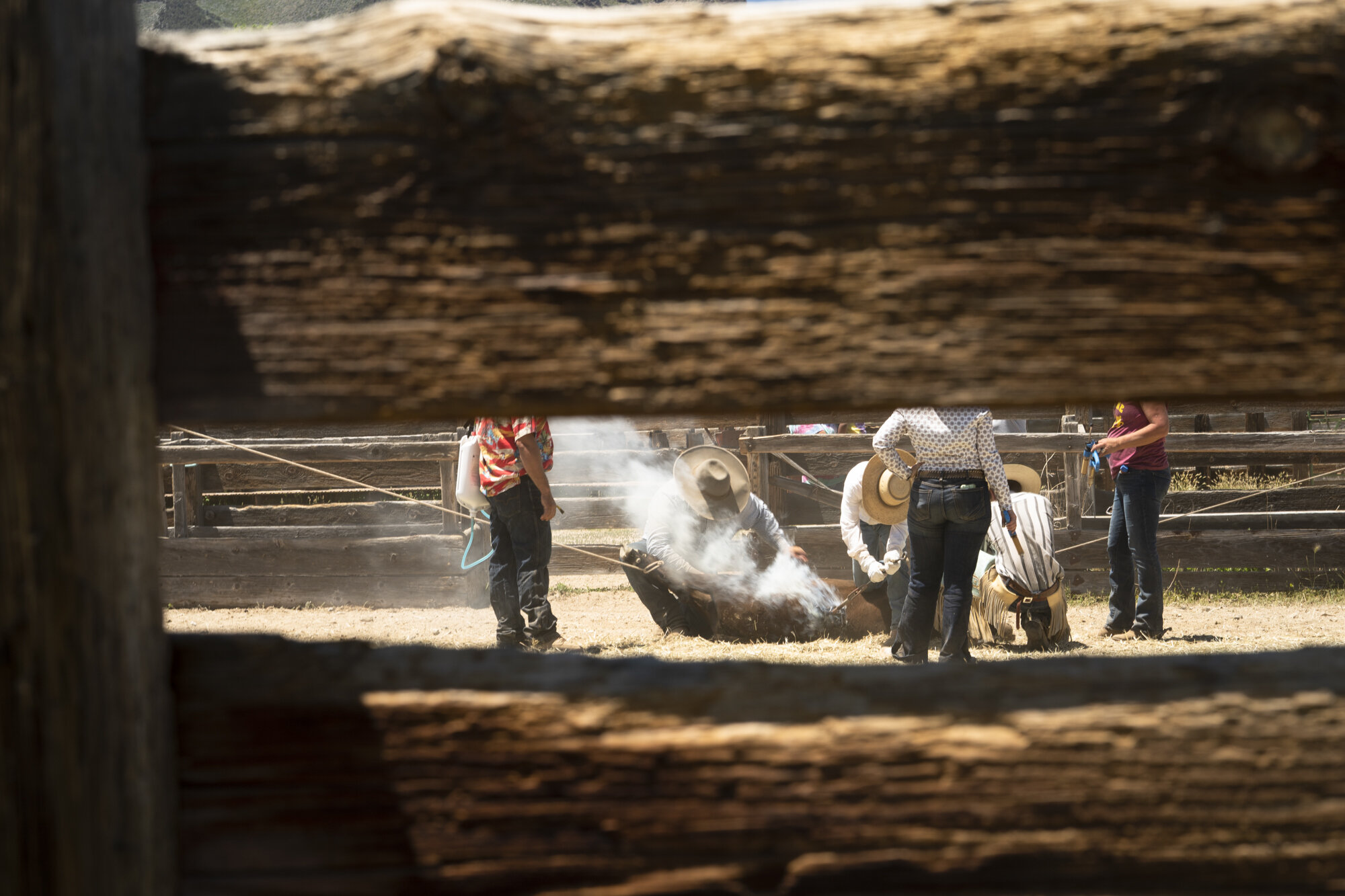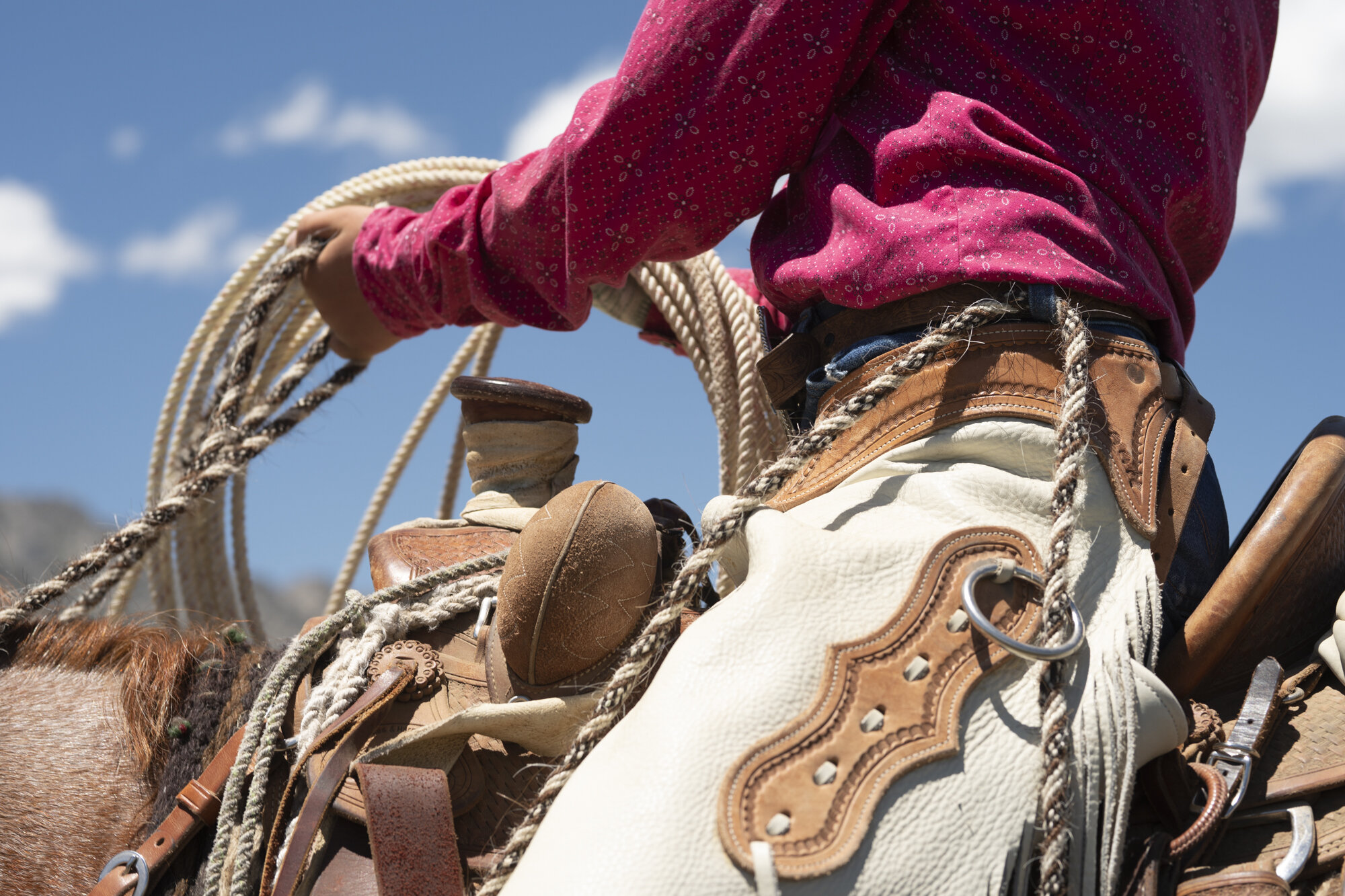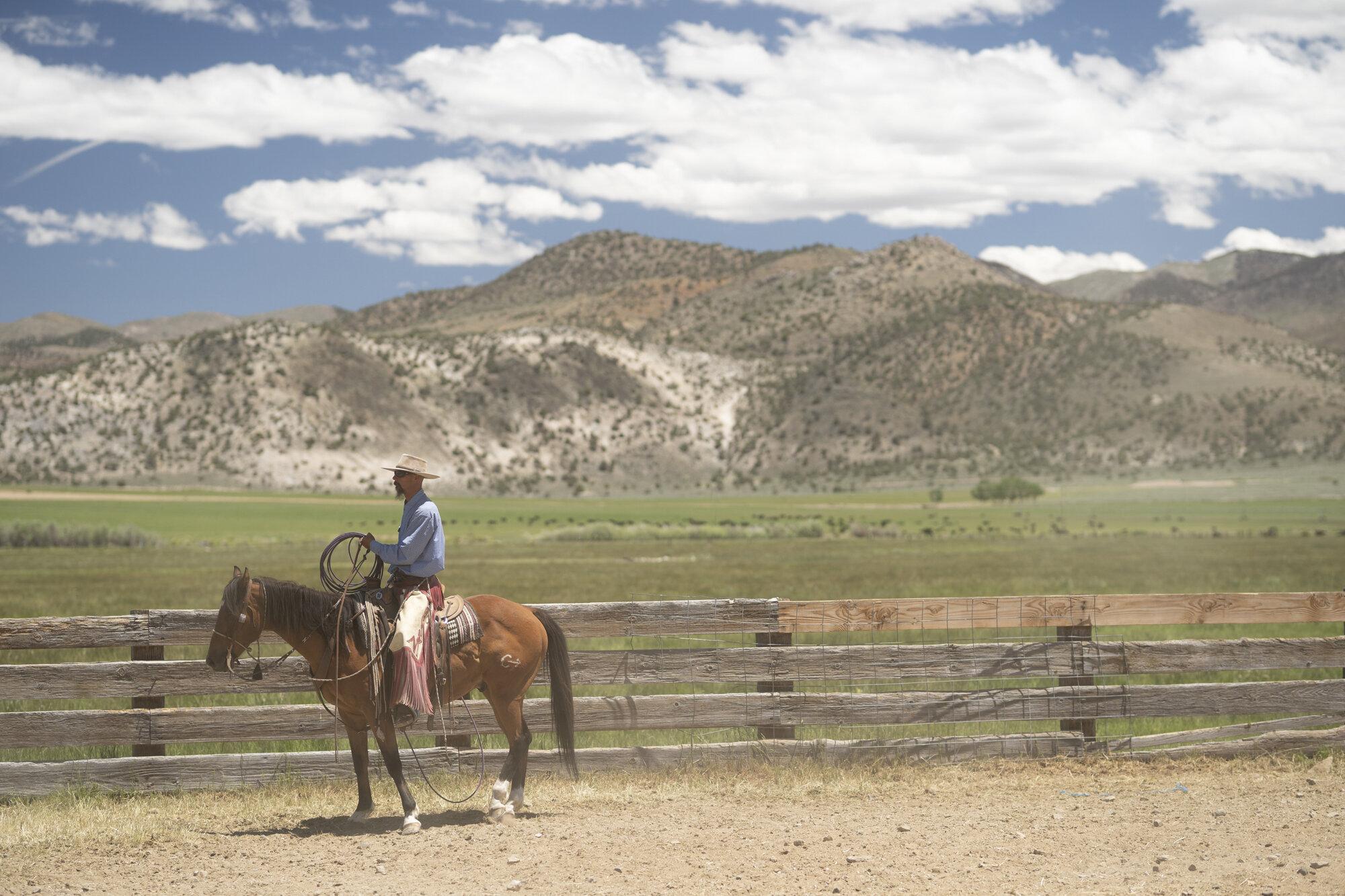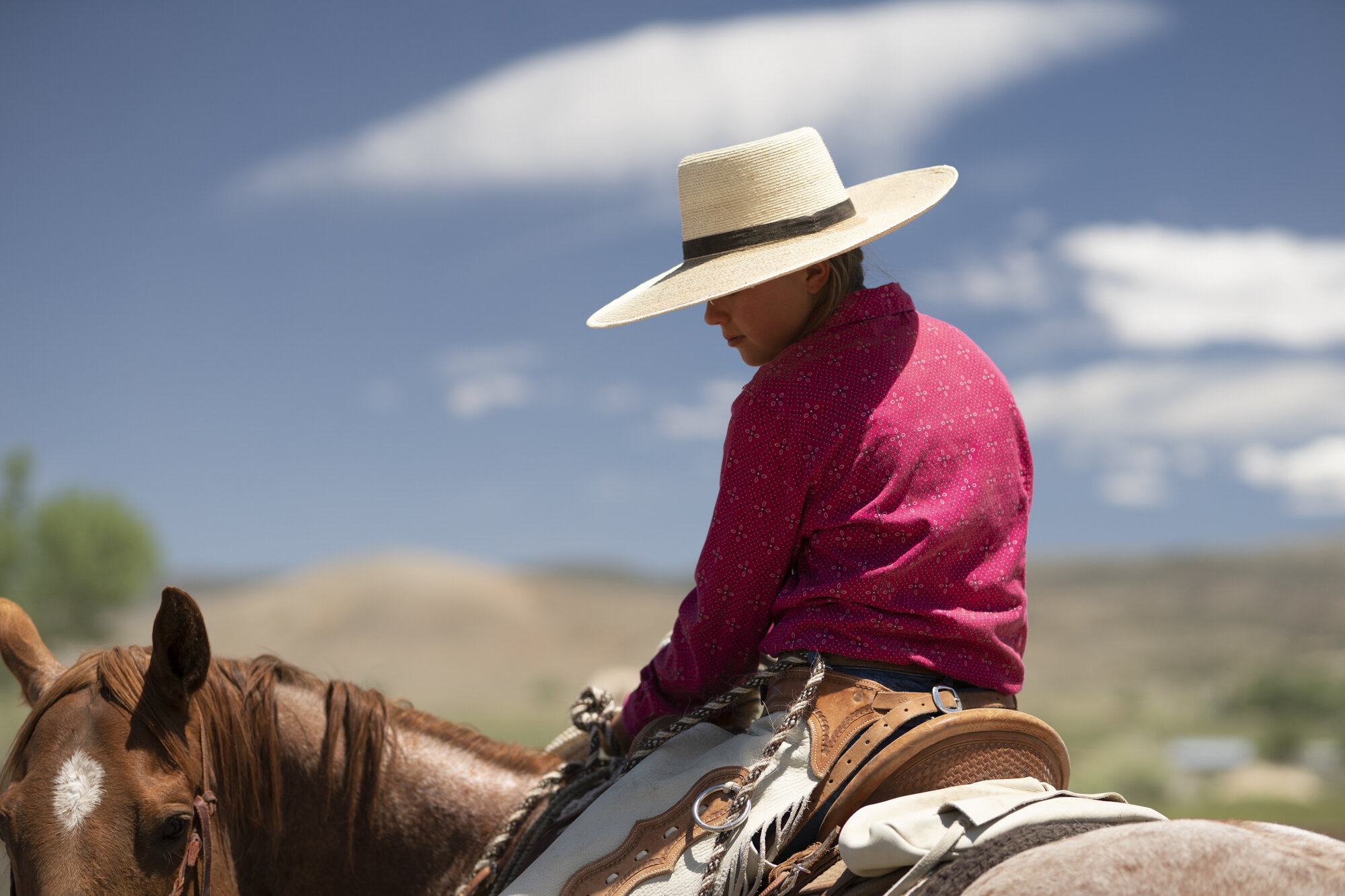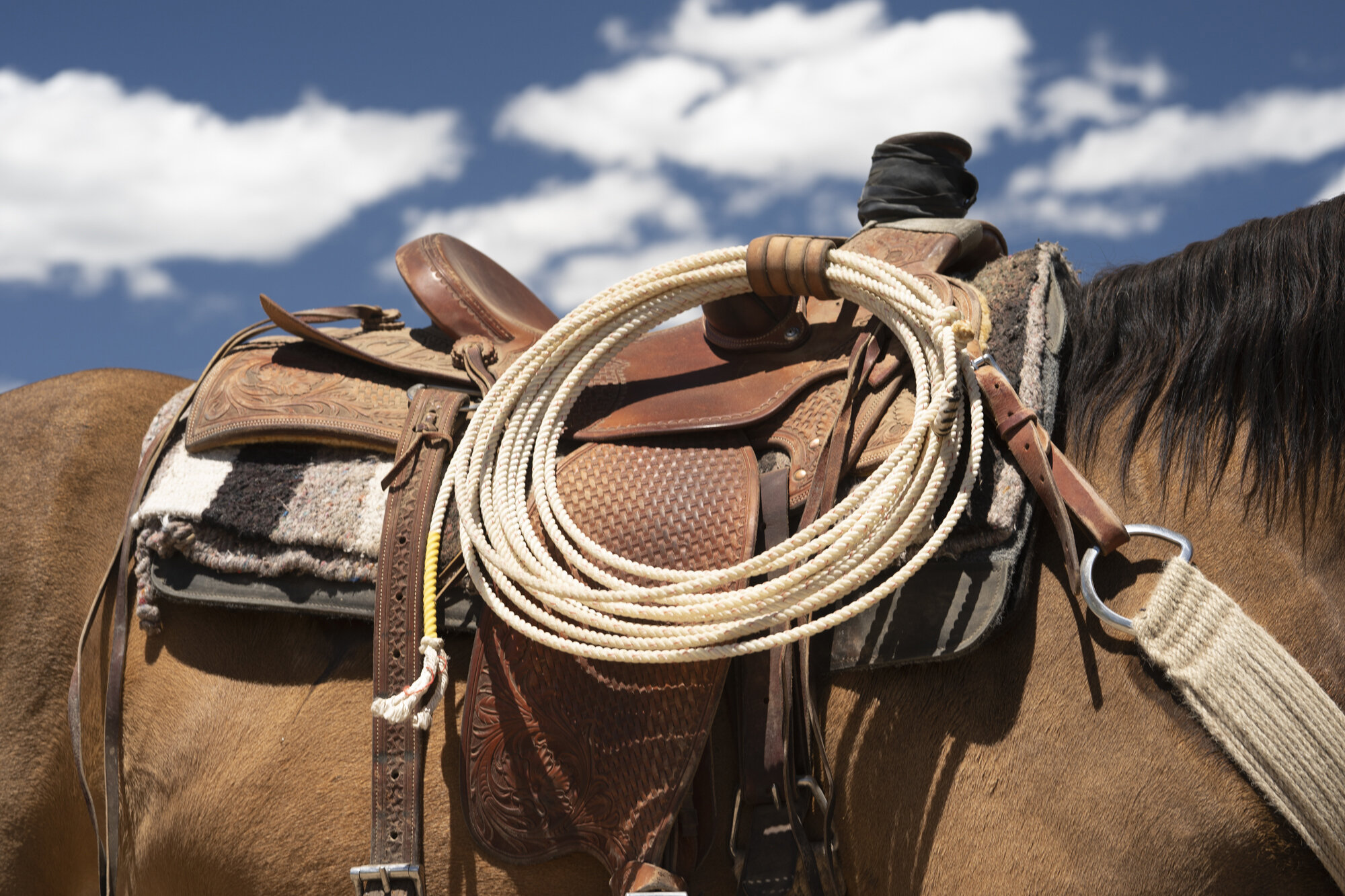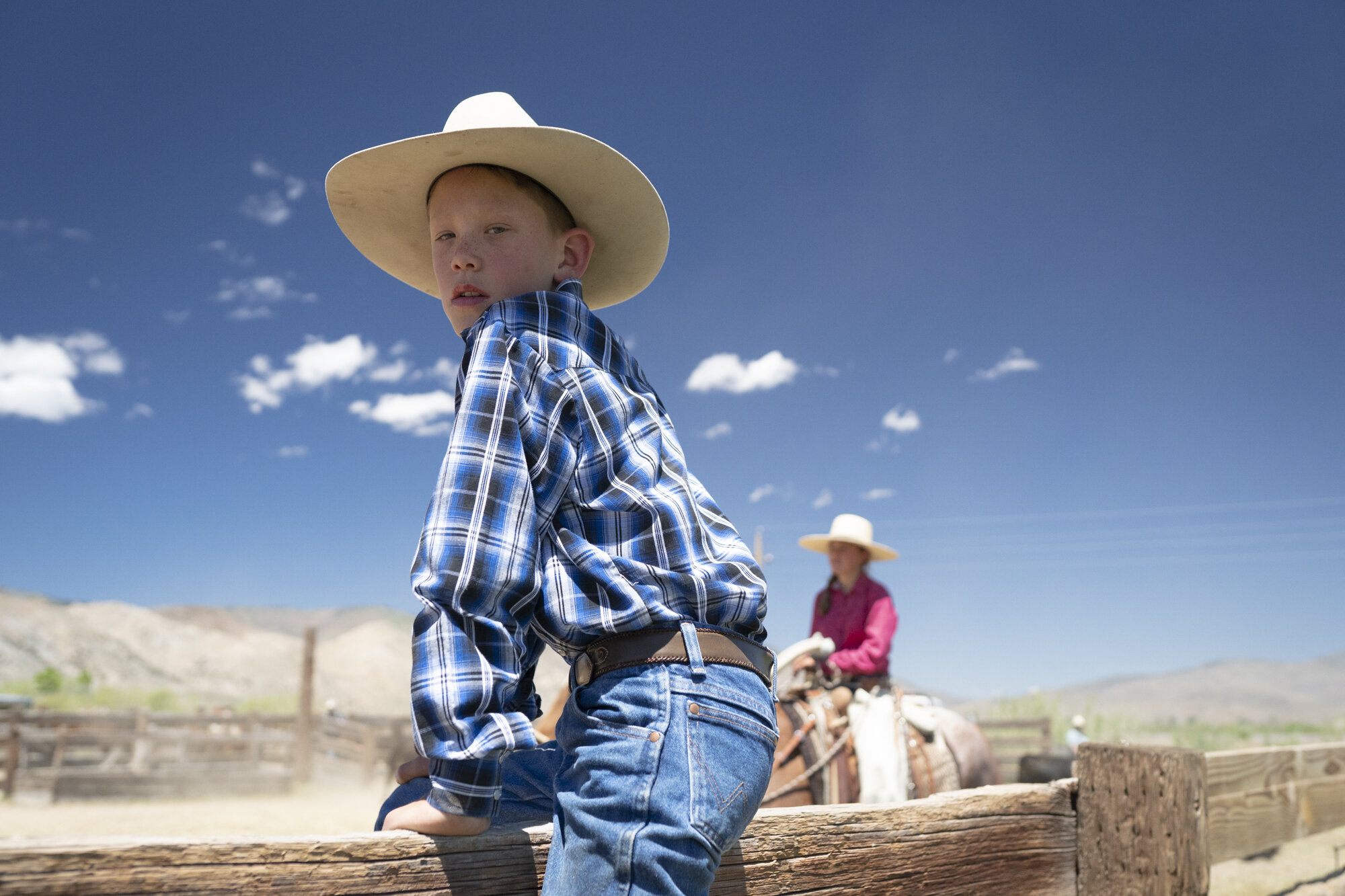Custom Cowboy Boot Photographs
Legendary Western Craftsmanship
ML Leddy’s has been making custom cowboy boots in Texas since 1922, and you can feel every bit of that history when you step into their workshop in San Angelo. The storefront is polished and proud—rows of exquisite boots, saddles, and a name that’s been part of Western tradition for over a century. But it’s what’s happening in the back that really caught my attention.
That’s where I spent the day, photographing the boot makers. No models, no staging, just real craftsmen doing the work like it’s been done for generations. Some of these guys have been with Leddy’s for decades. They know the smell of each kind of leather, the sound of a good stitch, the weight of the right tool. Nothing leaves that shop without passing through their hands.
The space itself isn’t glamorous. Harsh light, scuffed floors, machines that look older than most of us. But that’s the point. This isn’t about trends, it’s about tradition. Watching them work, you realize these boots aren’t just footwear. They’re a continuation of something bigger. A legacy. A relationship between maker and wearer that starts long before the first fitting and lasts well beyond the last step.
Photographing in that room felt less like documenting a product and more like honoring a process. This is cowboy culture too, not just on the back of a horse, but in the quiet focus of someone building something with care, precision, and pride. Something that each loyal customer will wear with pride for the rest of their lives.
Fine Art Prints and Licensing
Shop cowboy photography prints
And contact me directly to discuss editorial/commercial licensing options
The iconic neon boot outside ML Leddy’s lights the streets of San Angelo, marking one of the West’s most respected handmade boot shops.
The ML Leddy’s workshop is lined with wooden lasts, each one tied to a customer and a specific fit.
Exotic leathers are carefully selected and cut by hand, each hide destined for a custom pair of cowboy boots.
Leather is stretched and shaped directly over wooden lasts, a physical process that defines the character of each boot.
A pair of custom boots waits between stages of construction, surrounded by the quiet rhythm of daily work inside the shop.
Decorative stitching is completed on vintage machines, guided by practiced hands and years of experience.
Measuring a boot last for handmade cowboy boots in Texas
Every nail is set by hand, reinforcing the sole using techniques passed down through generations of bootmakers.
Handmade cowboy boots in Texas
Custom boot lasts
Old cowboy boot parts
A finished pair of handmade cowboy boots, built start to finish inside the ML Leddy’s workshop in Texas.

